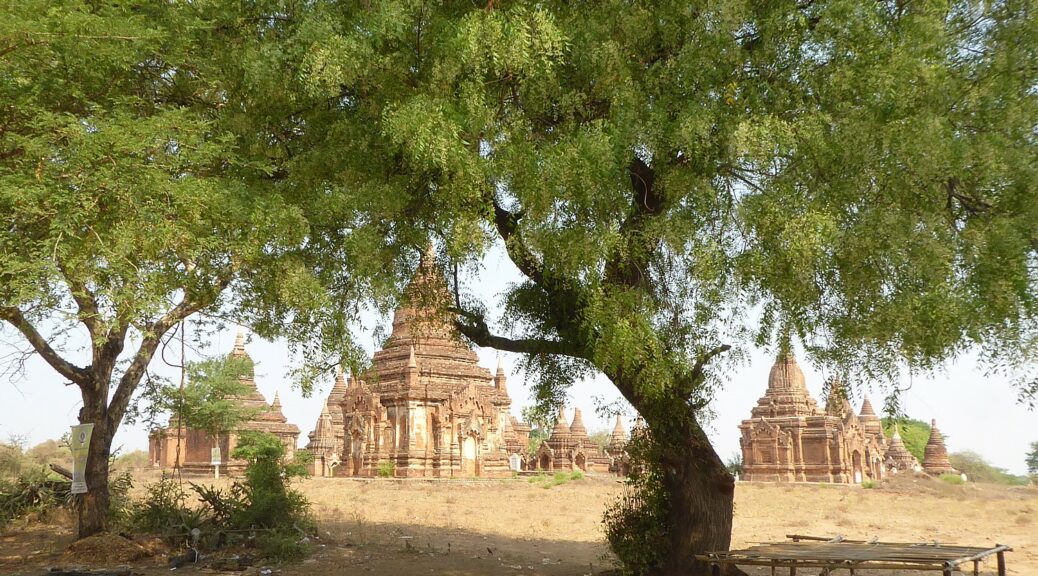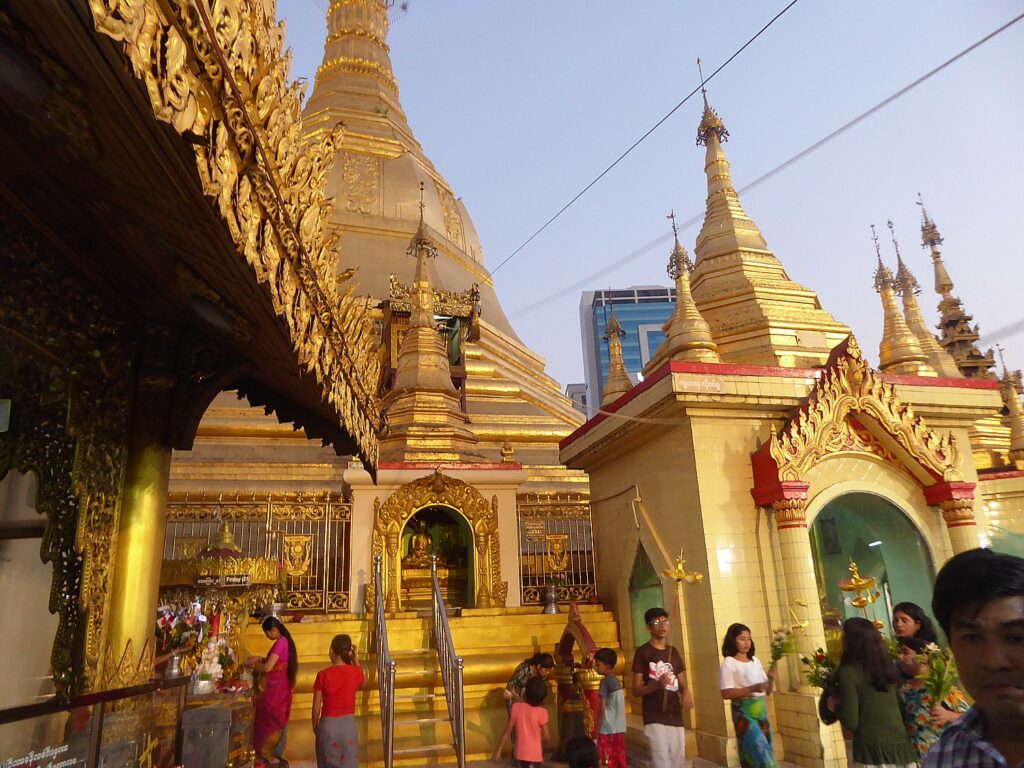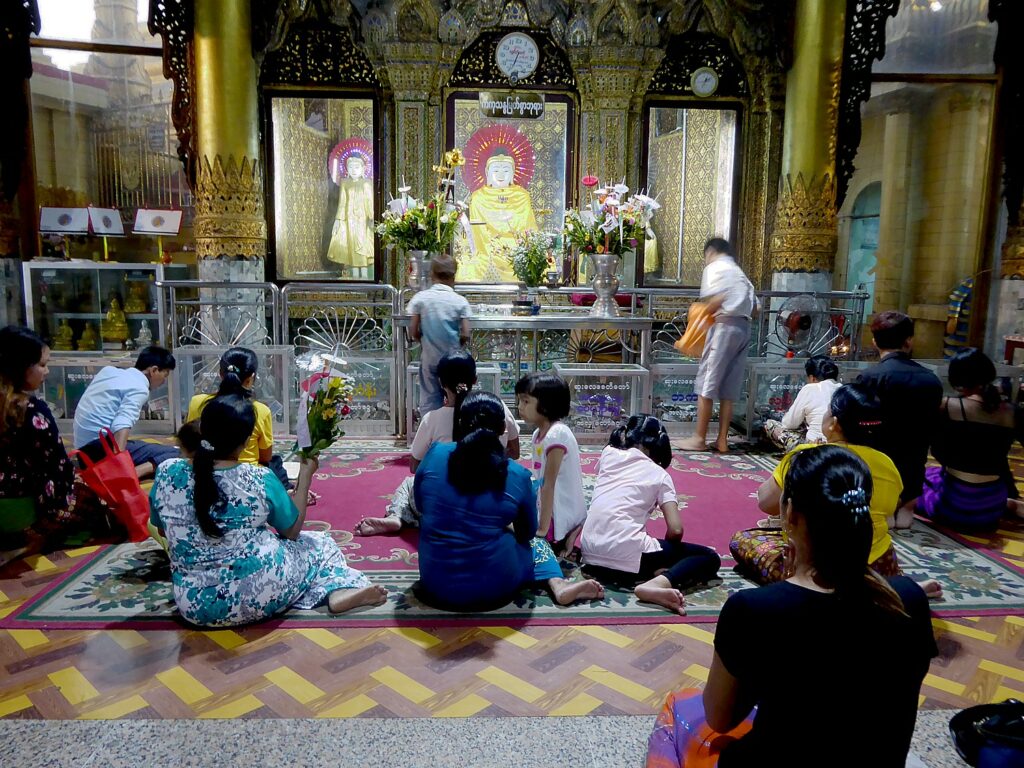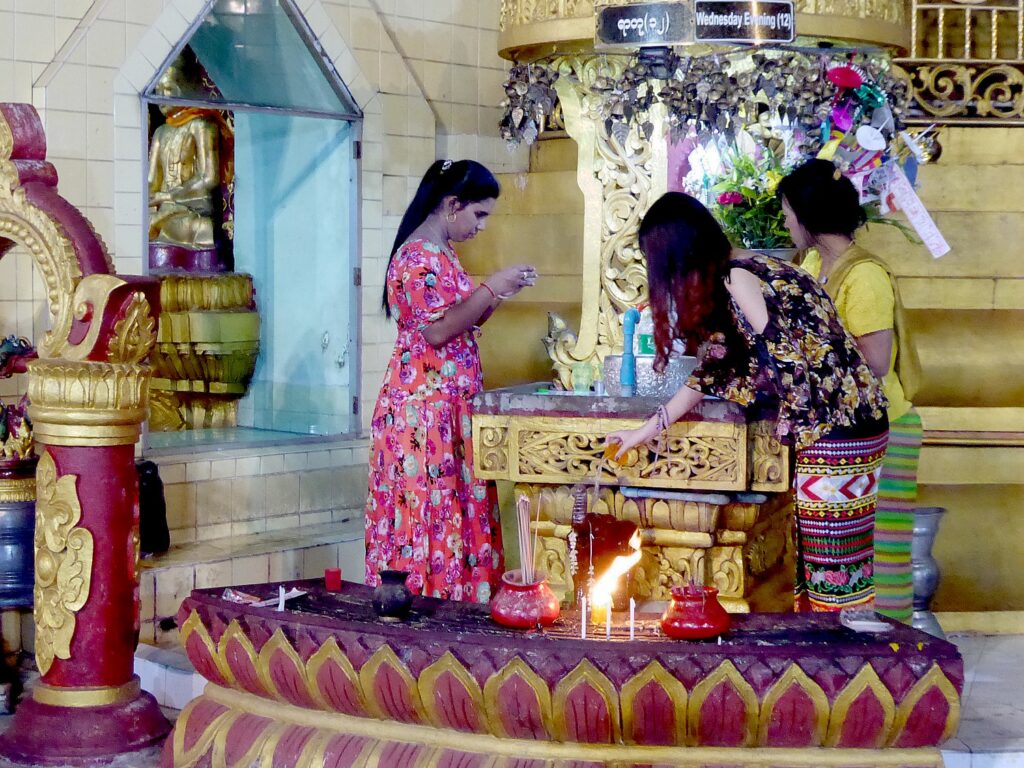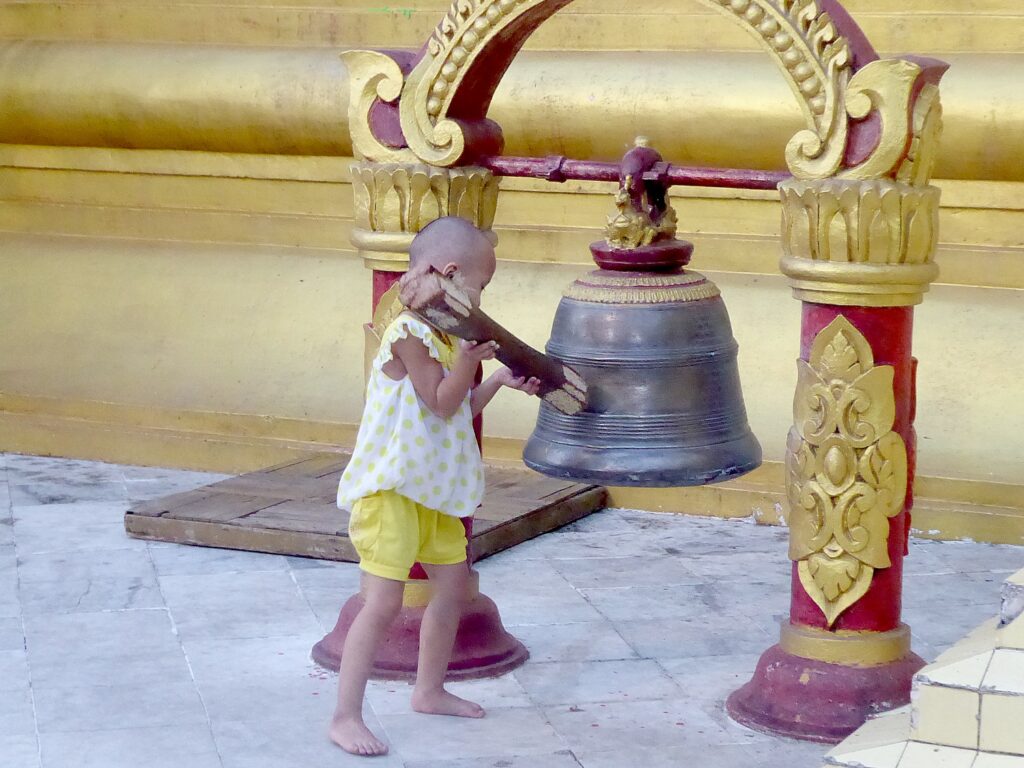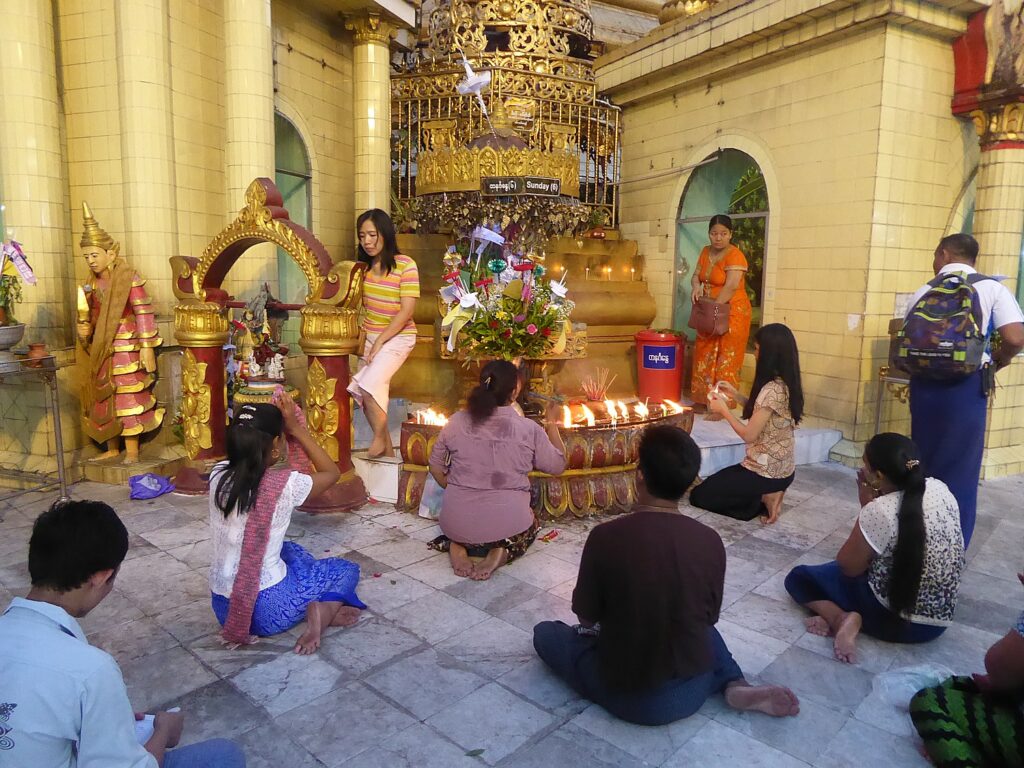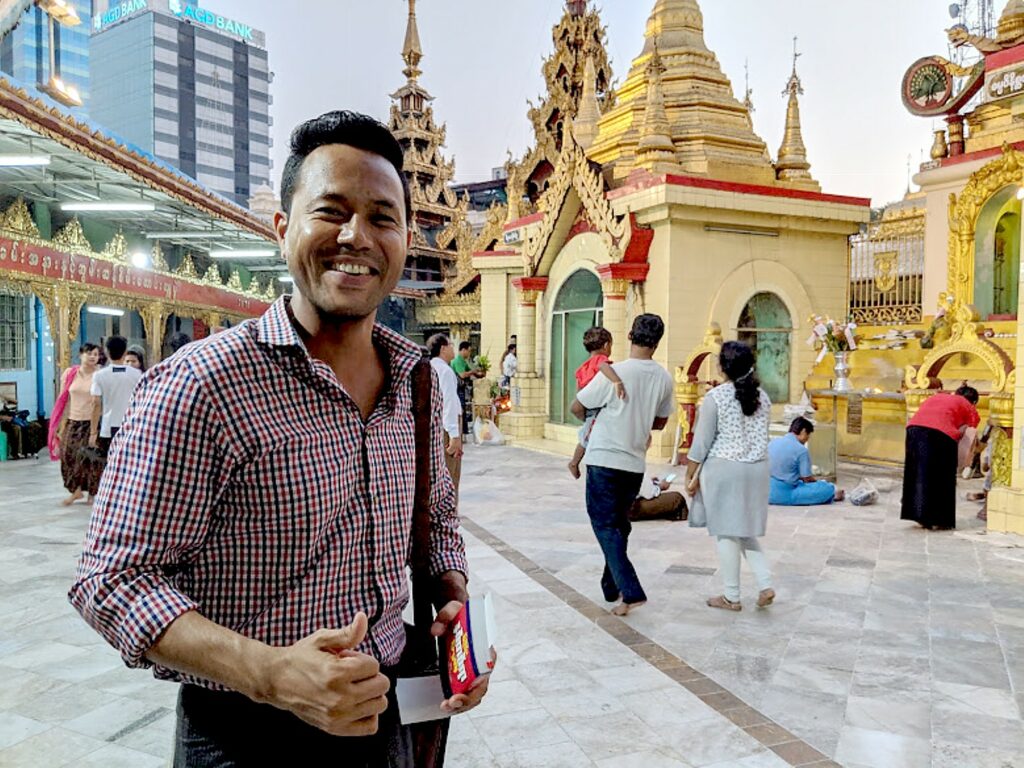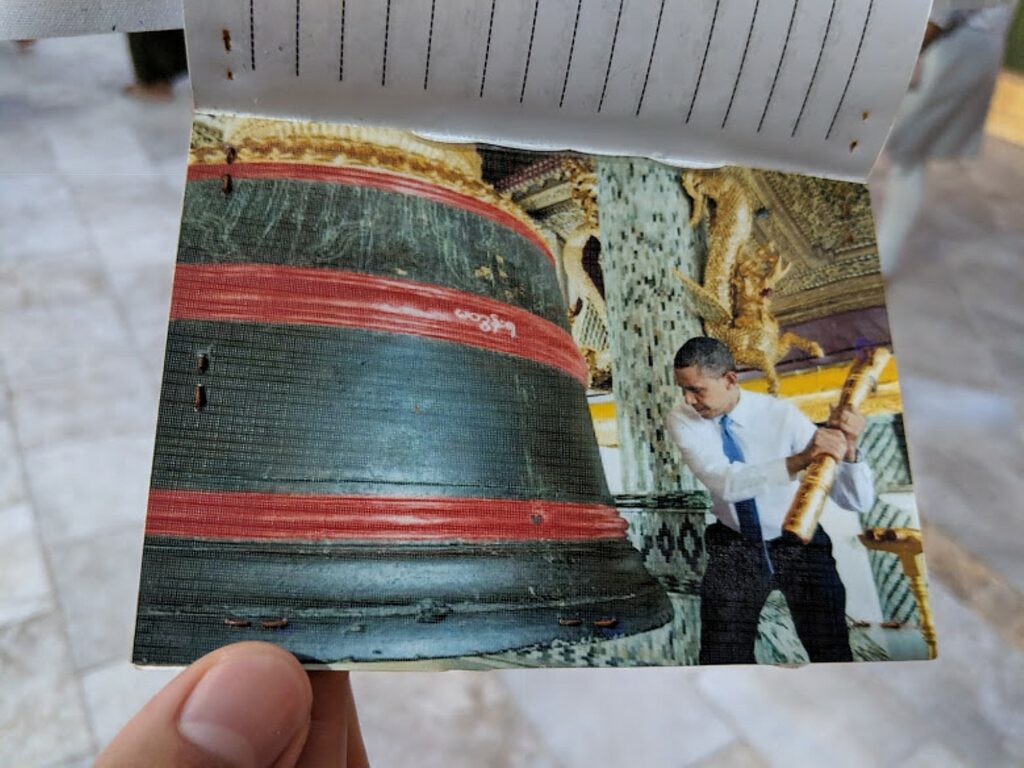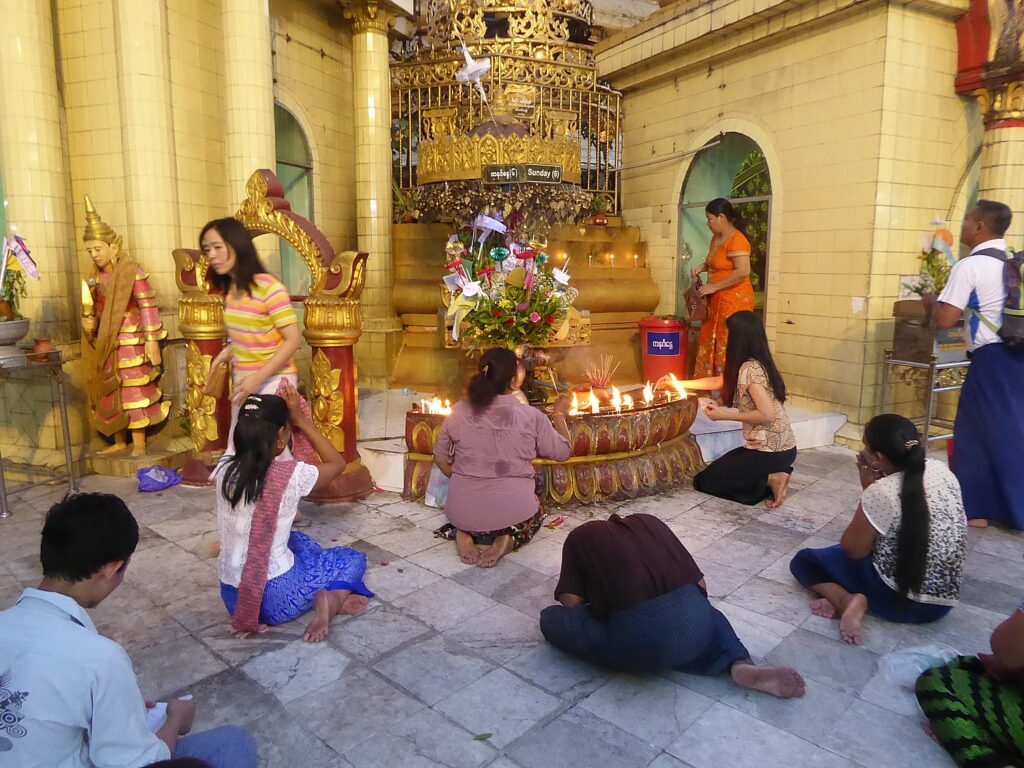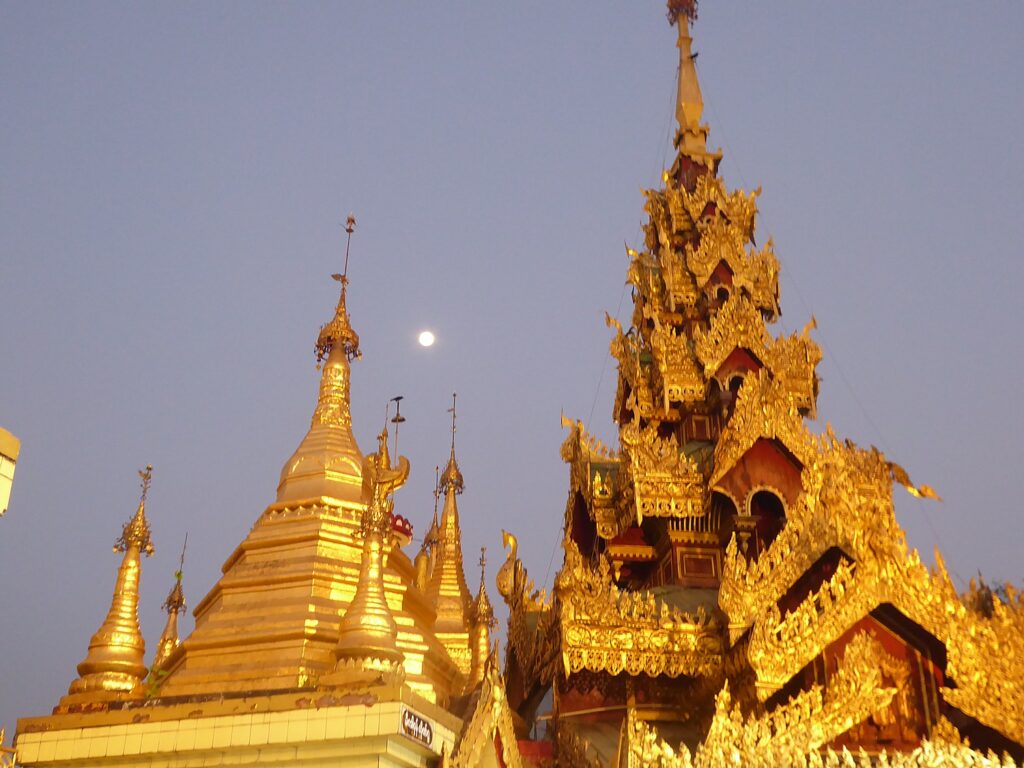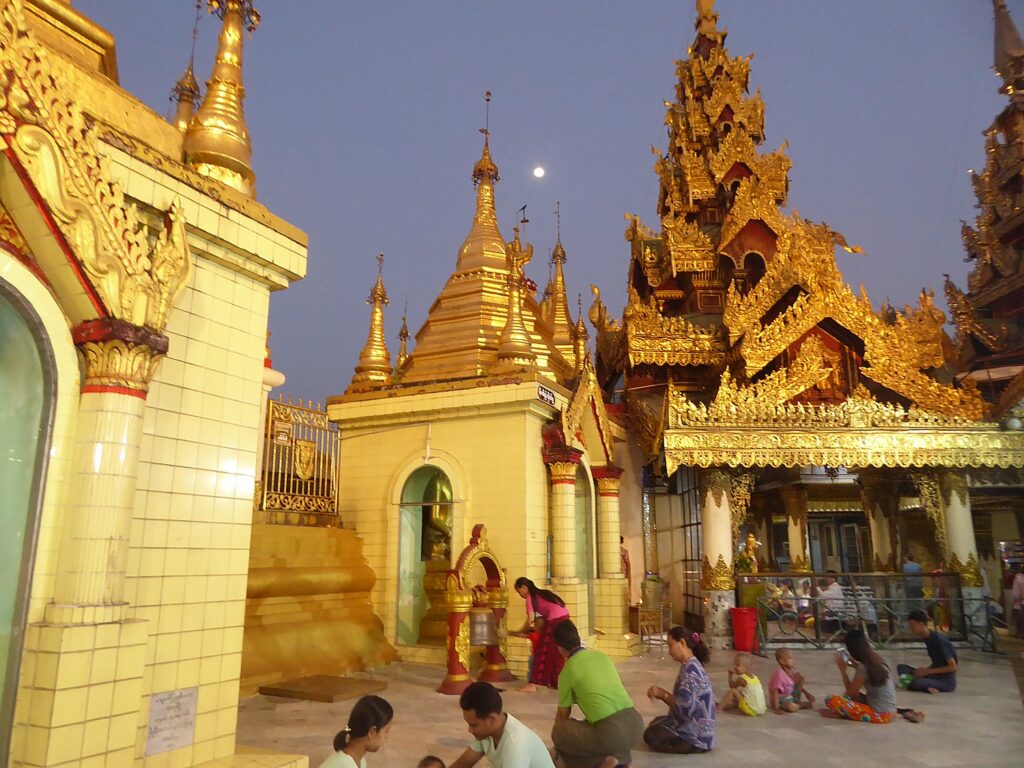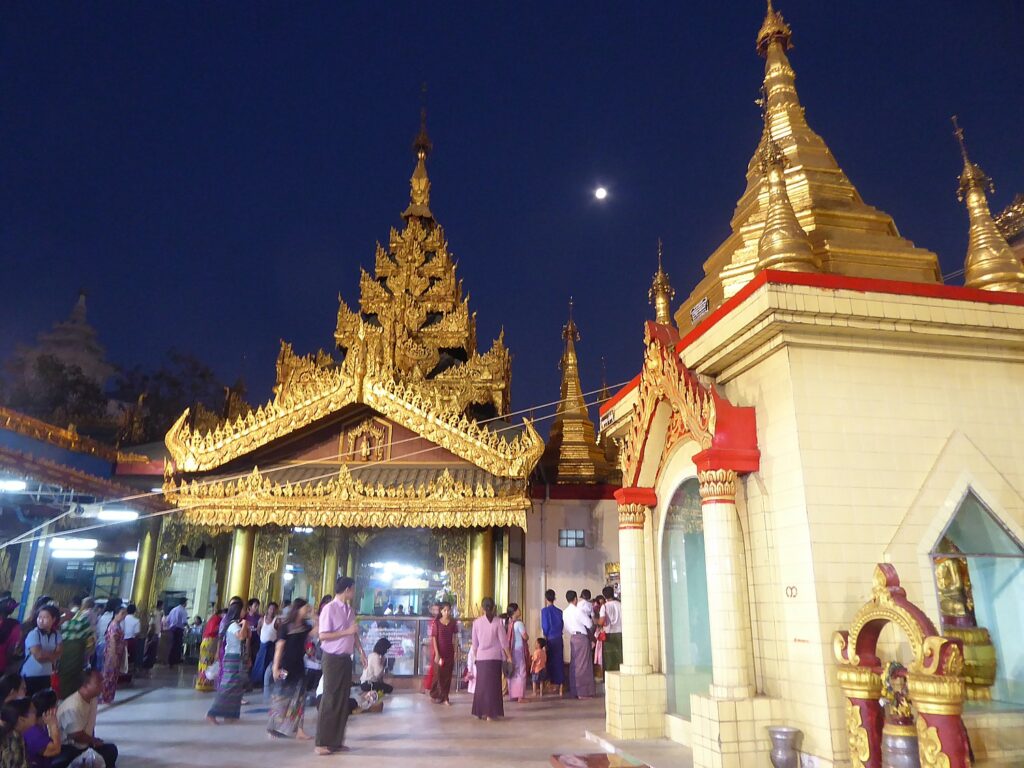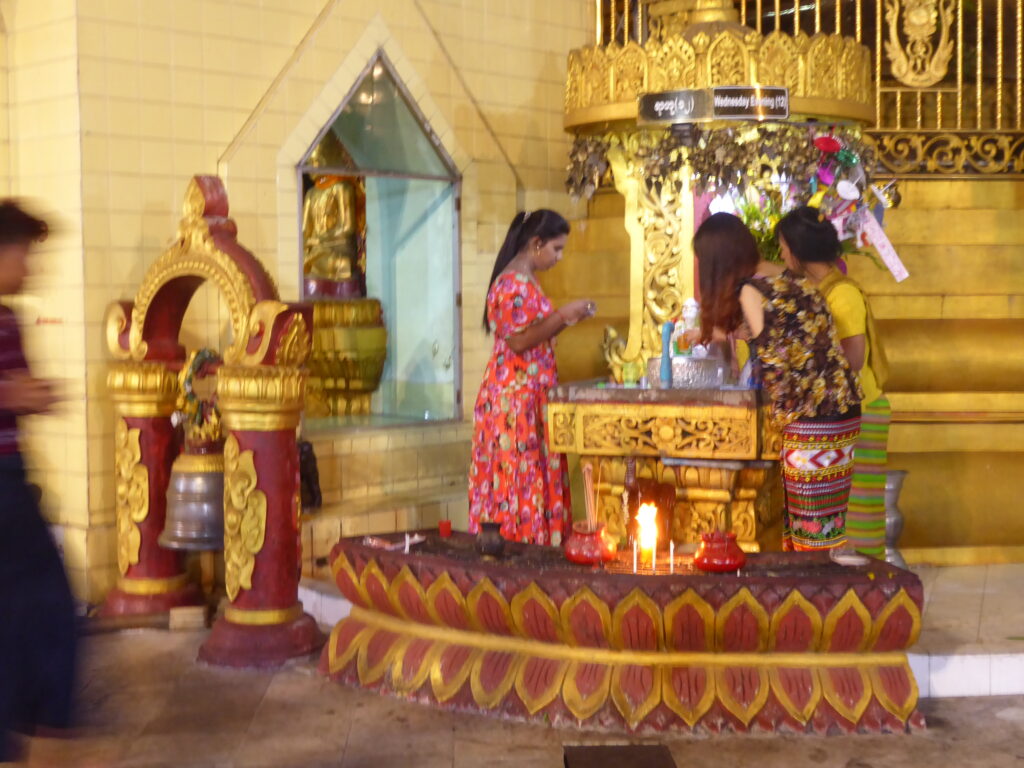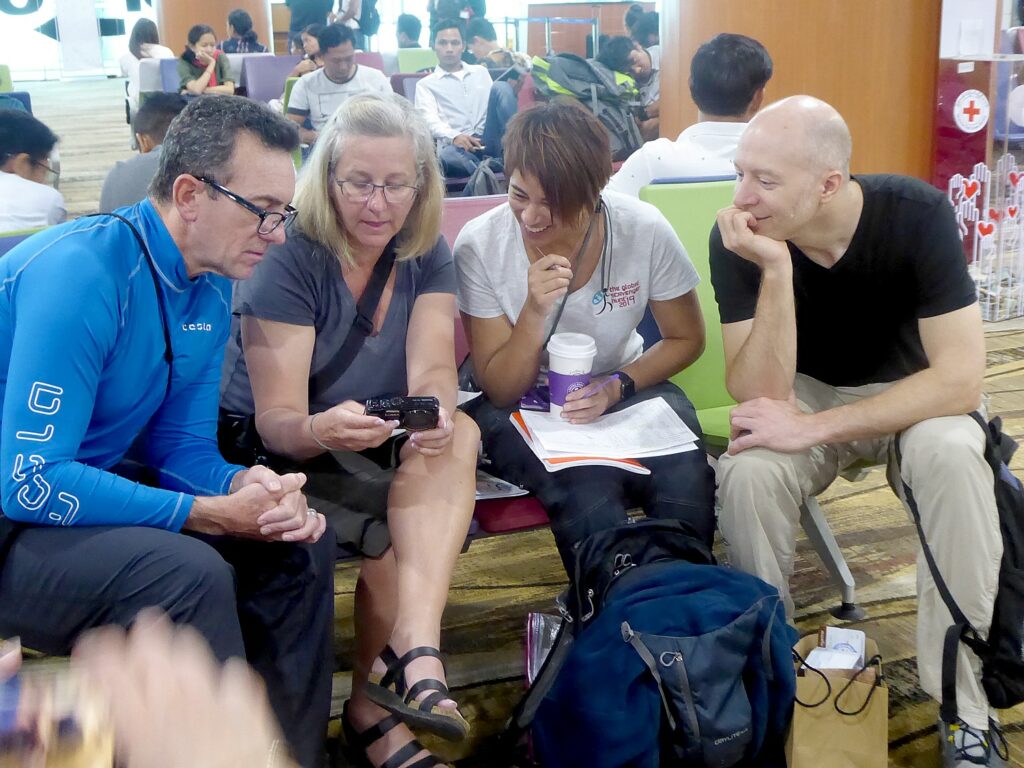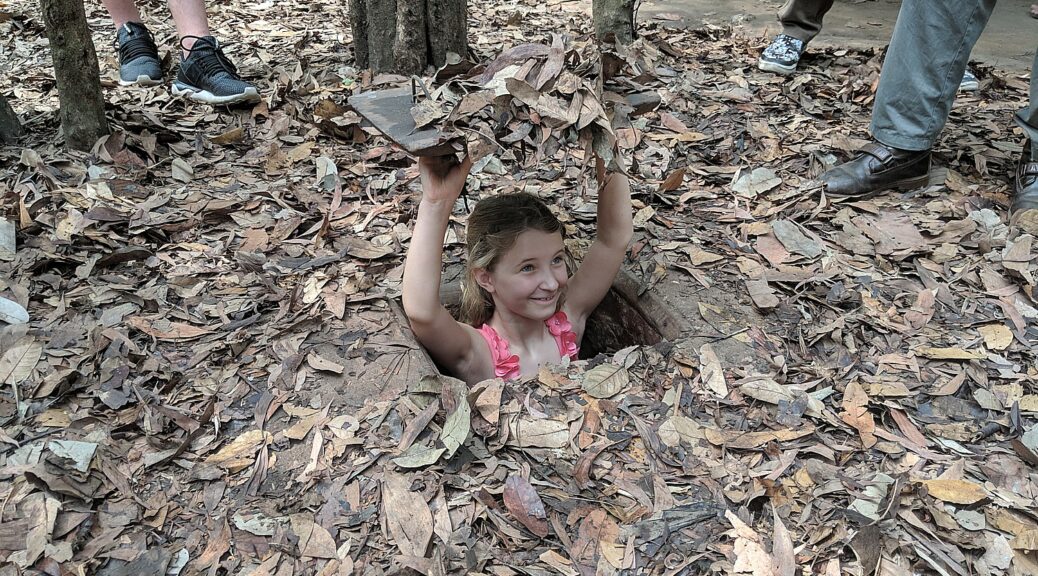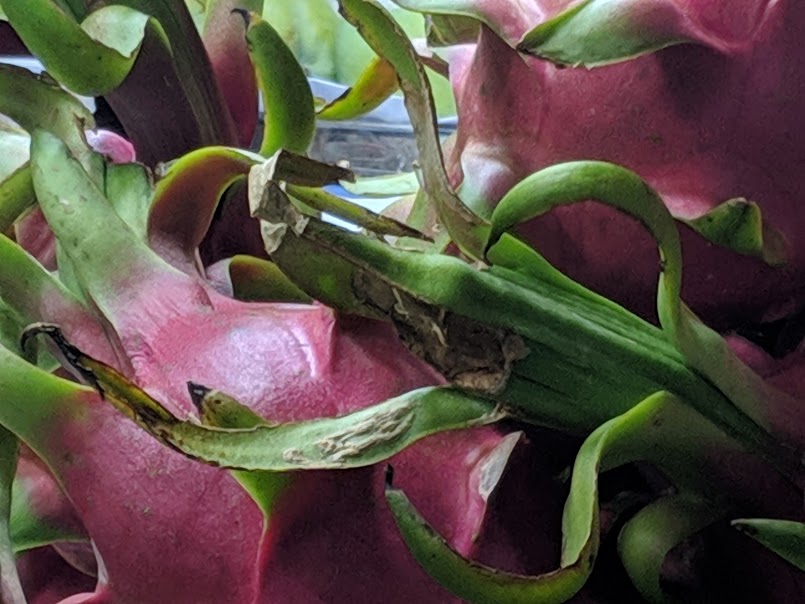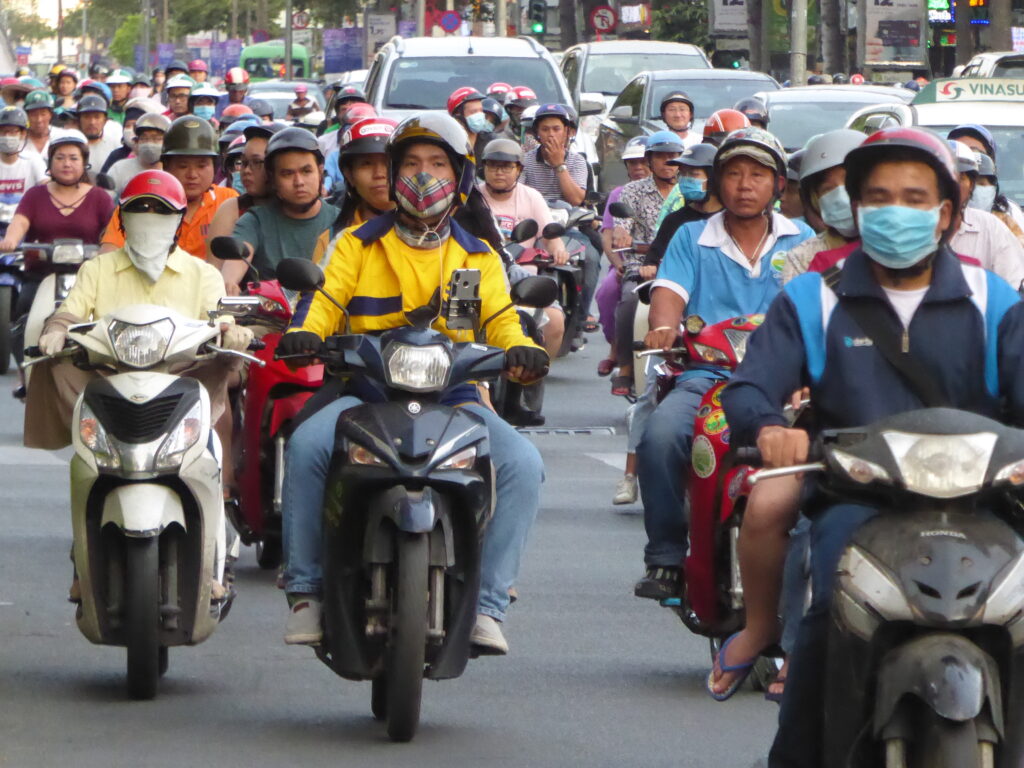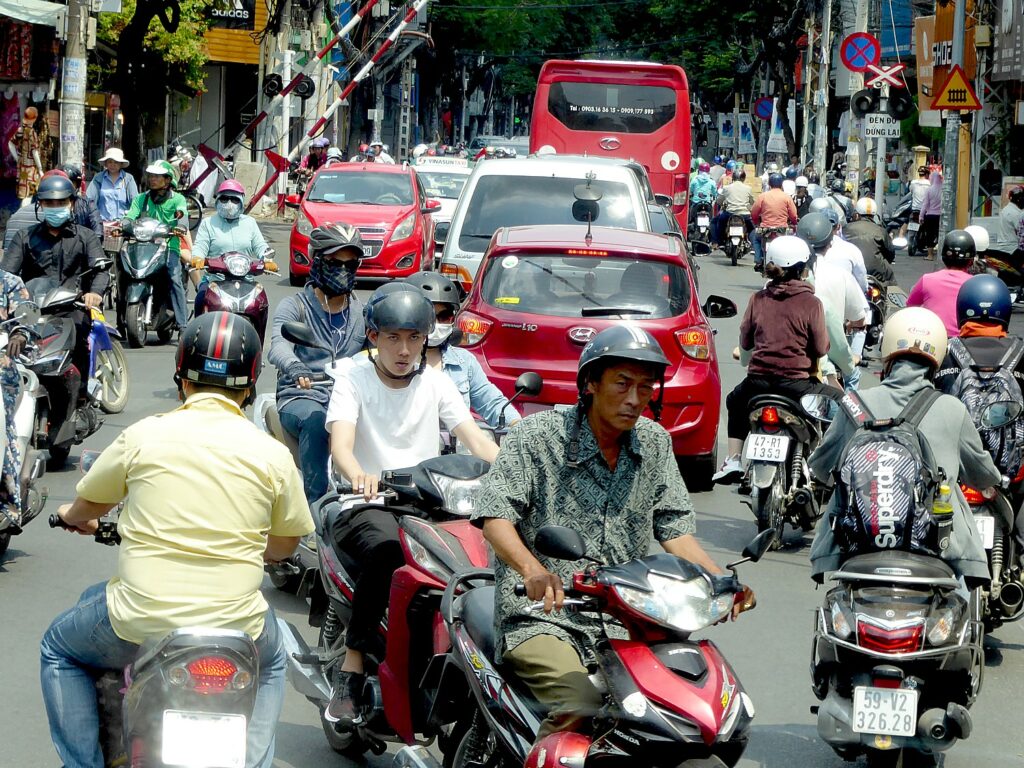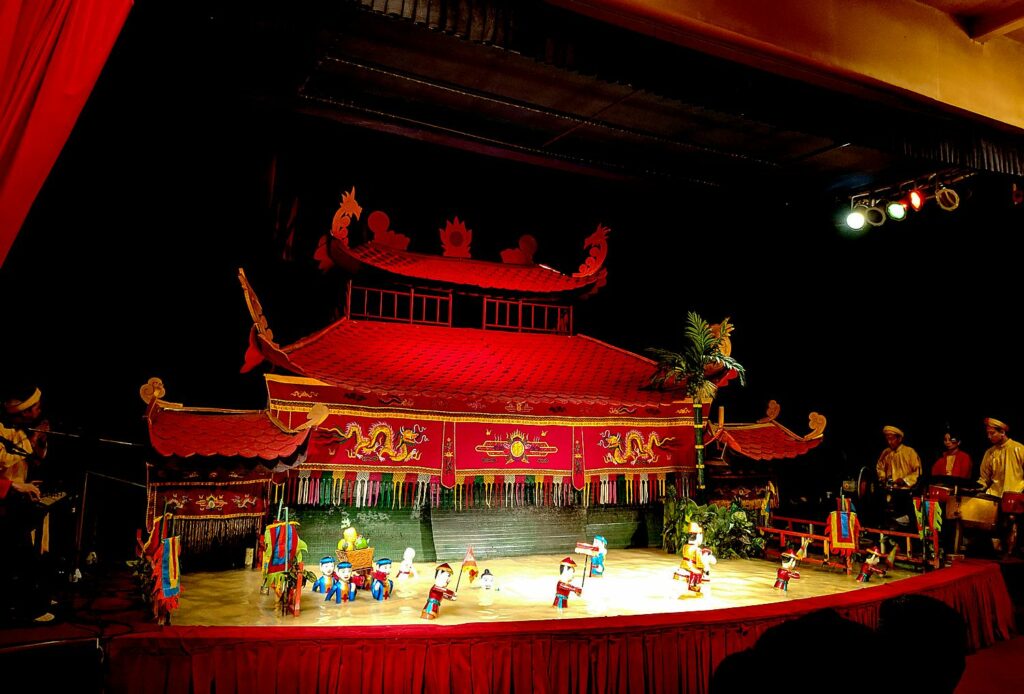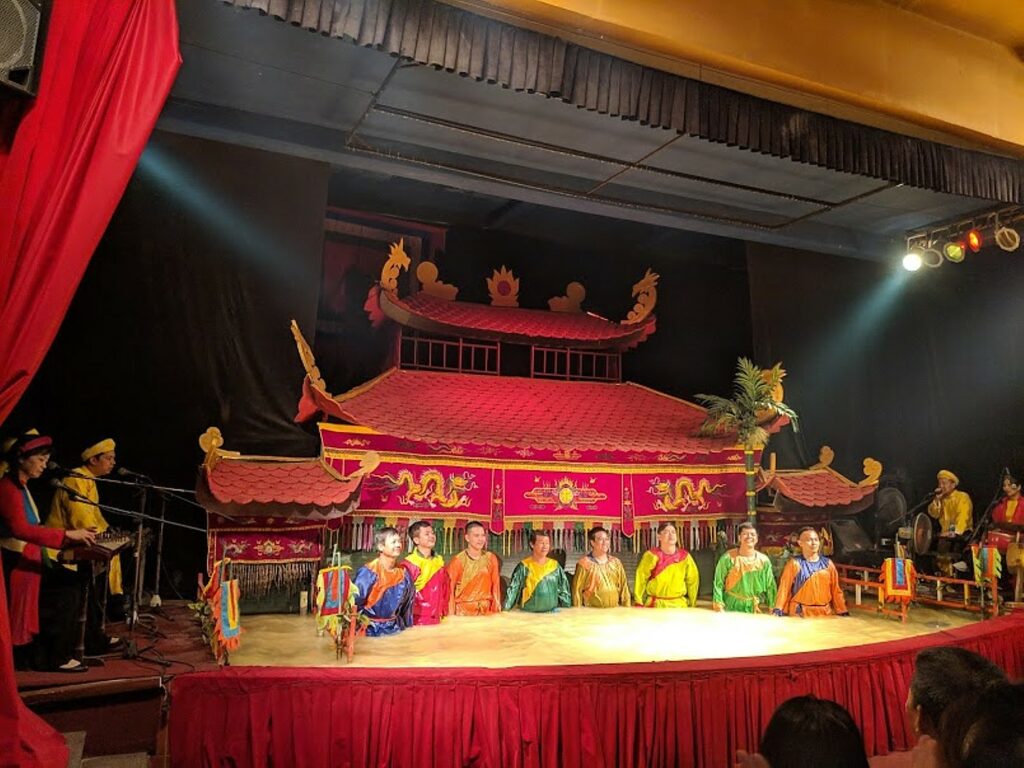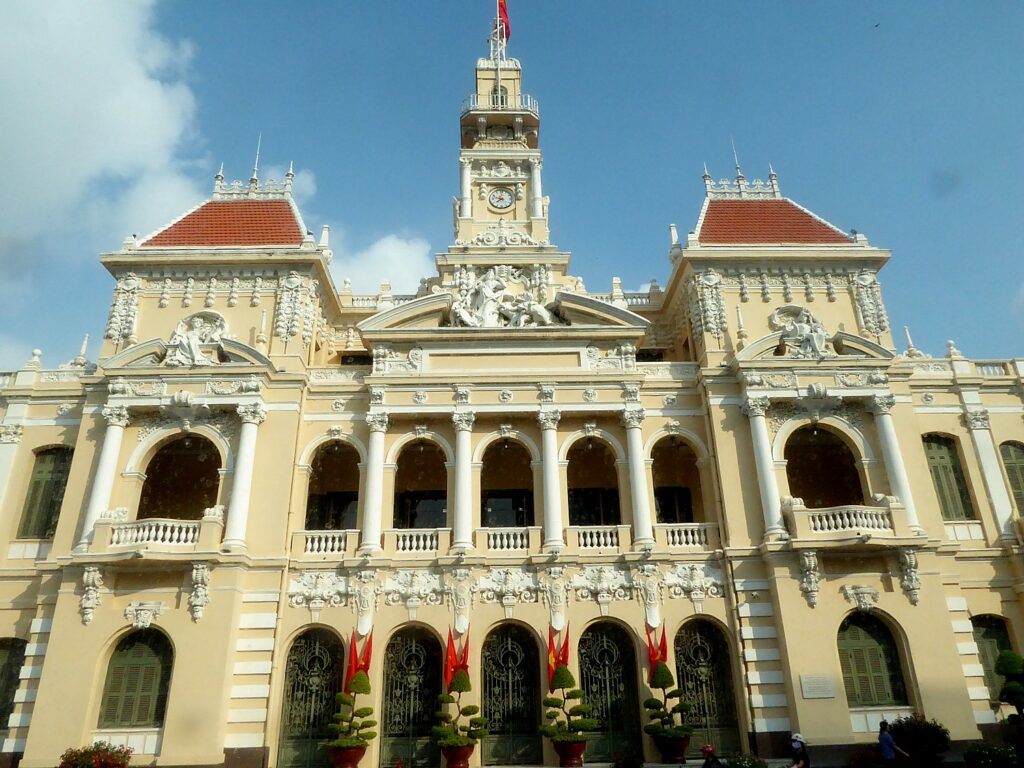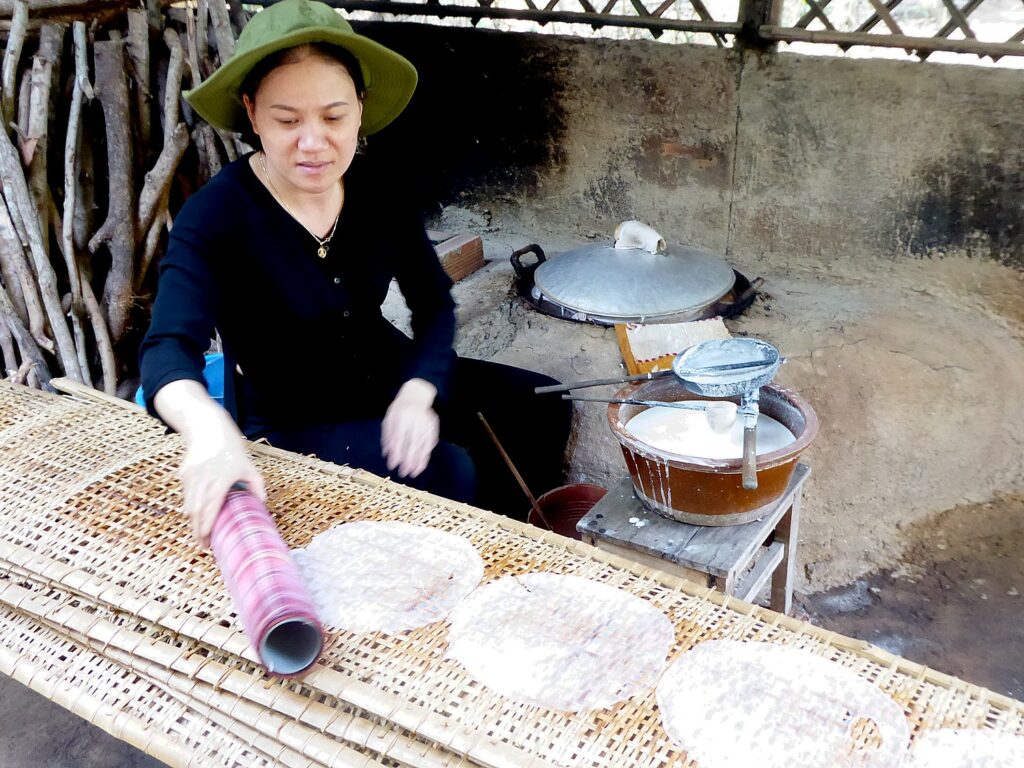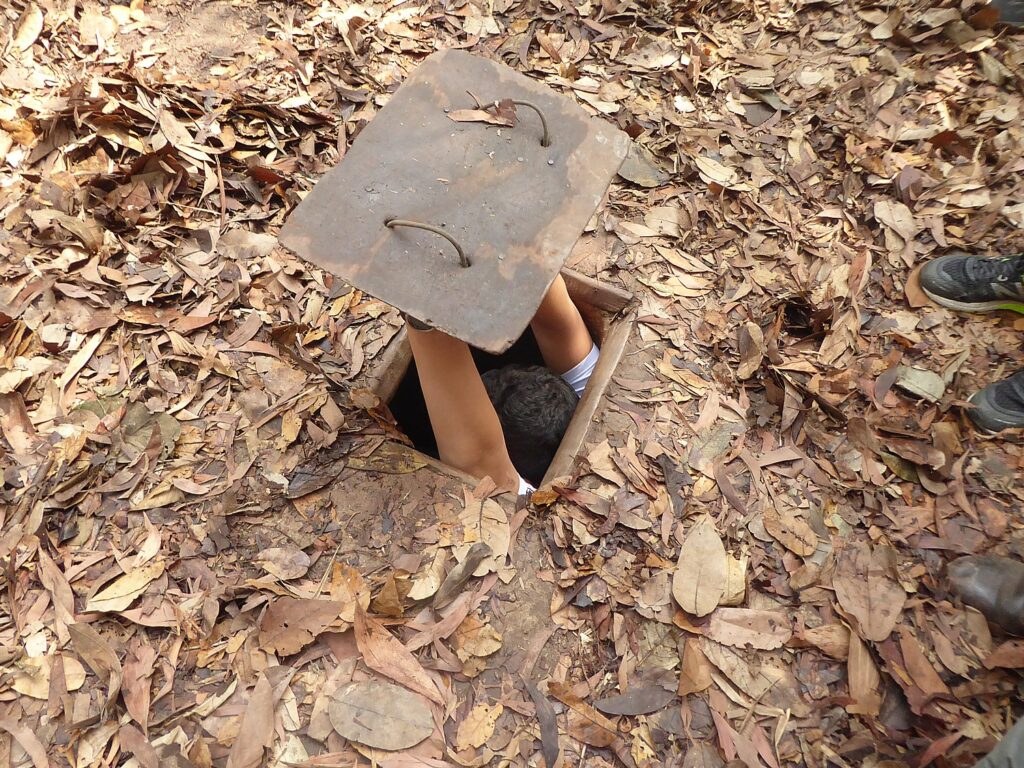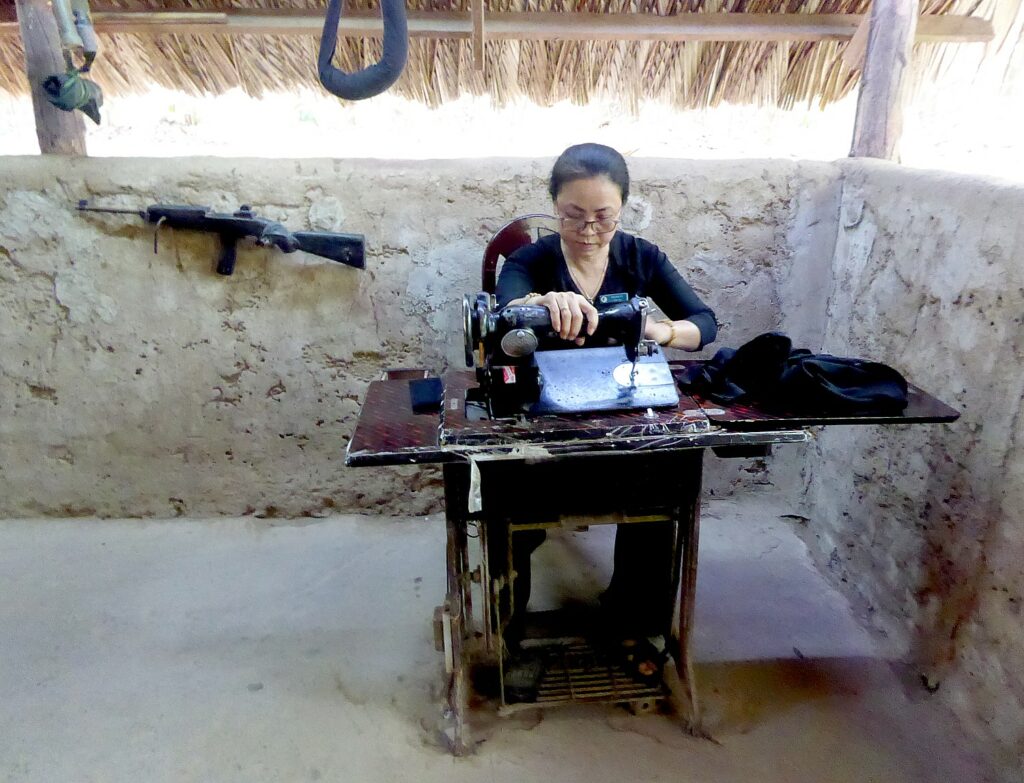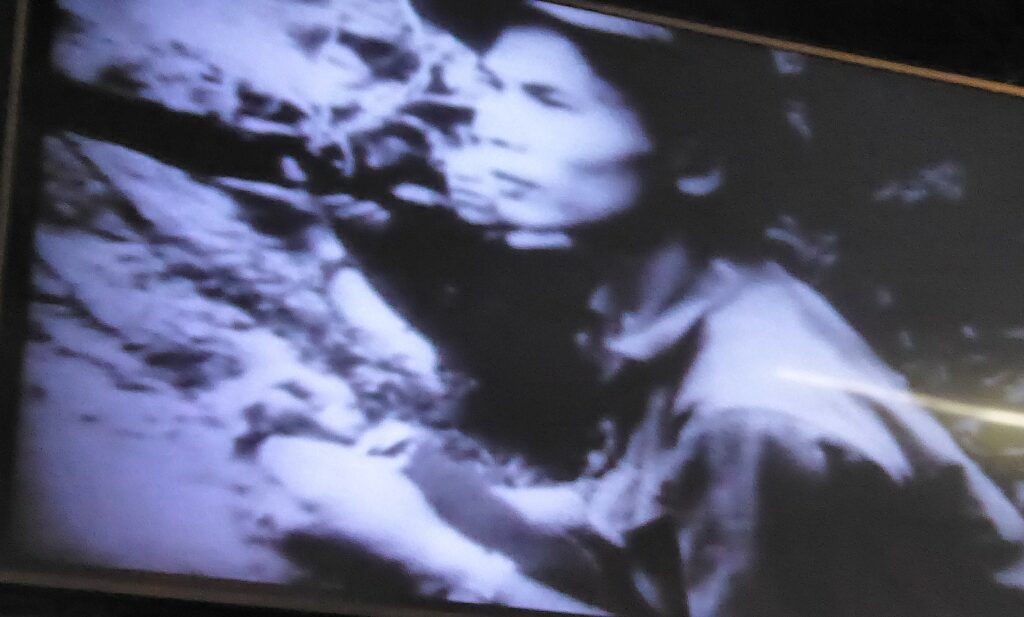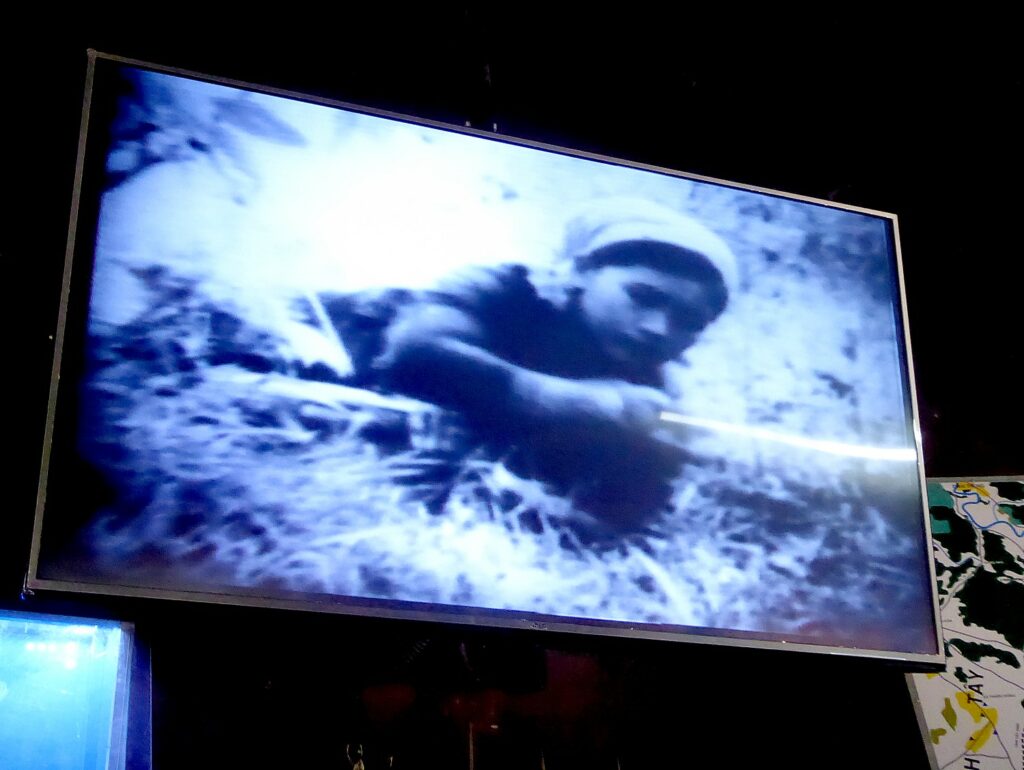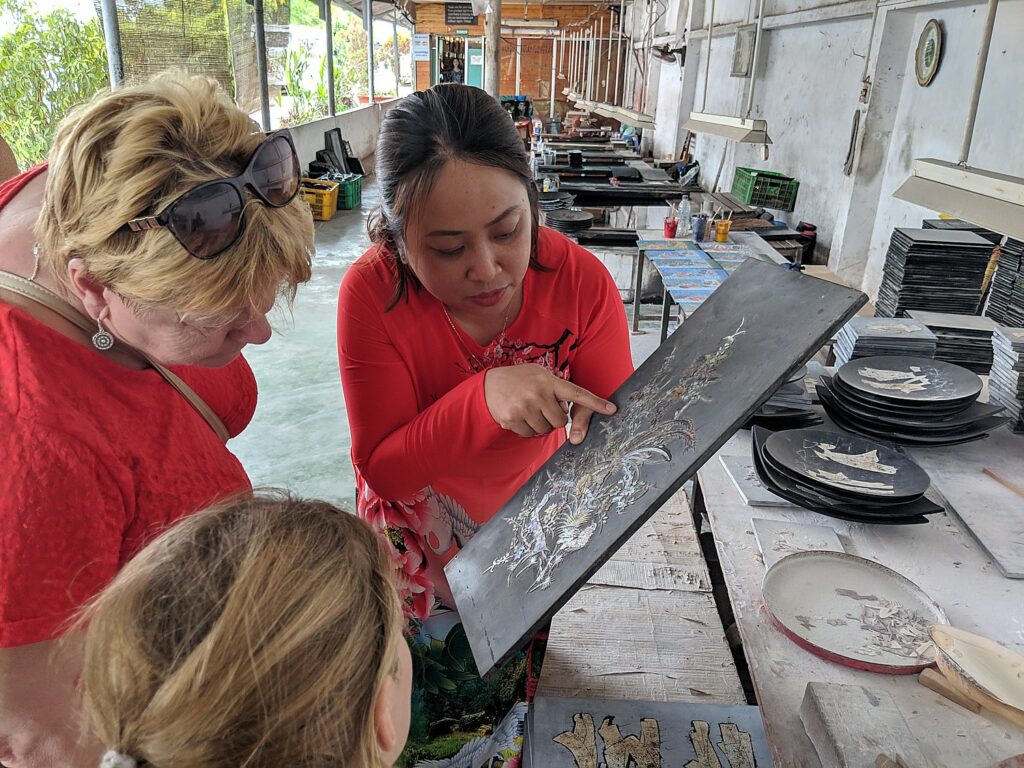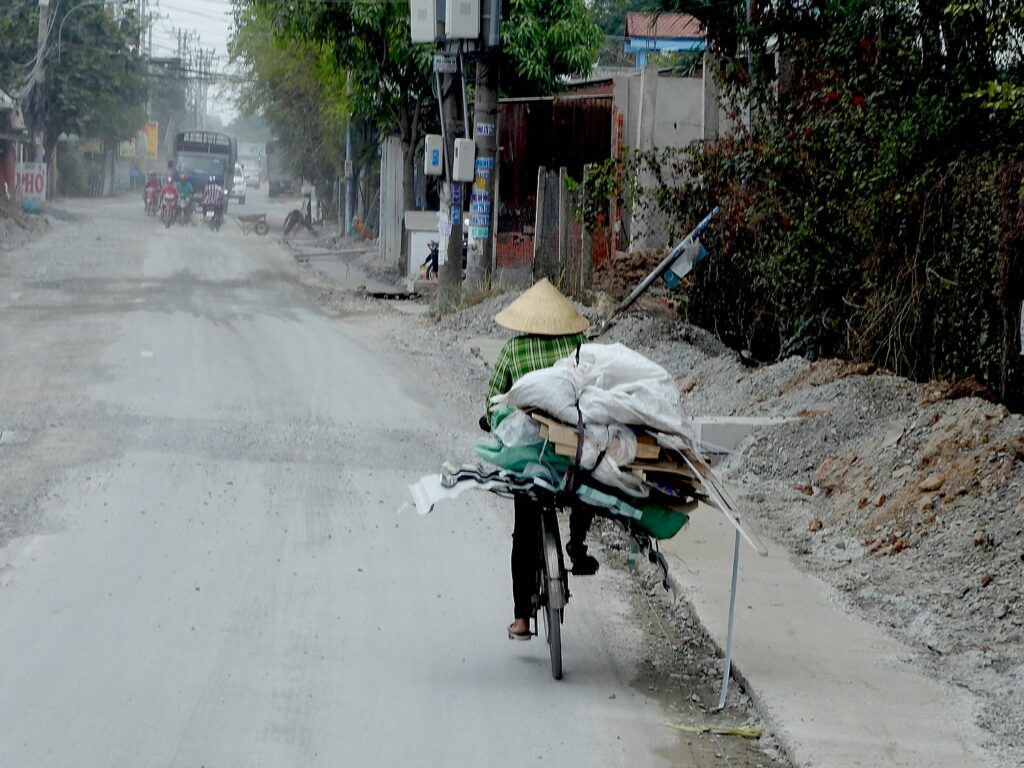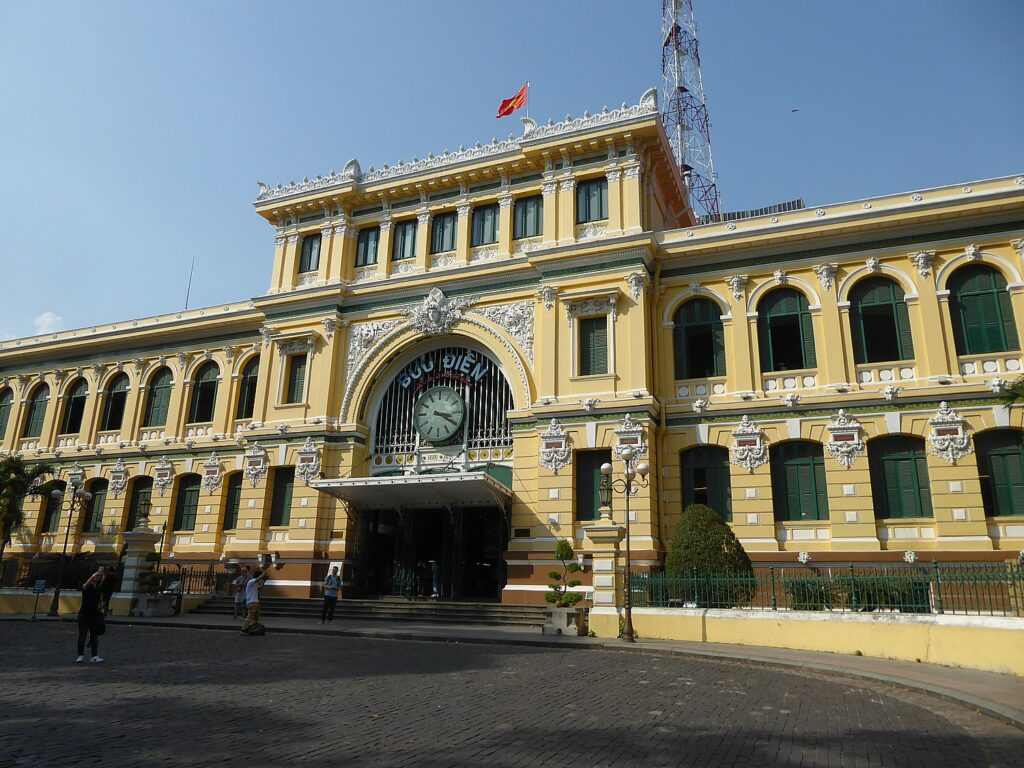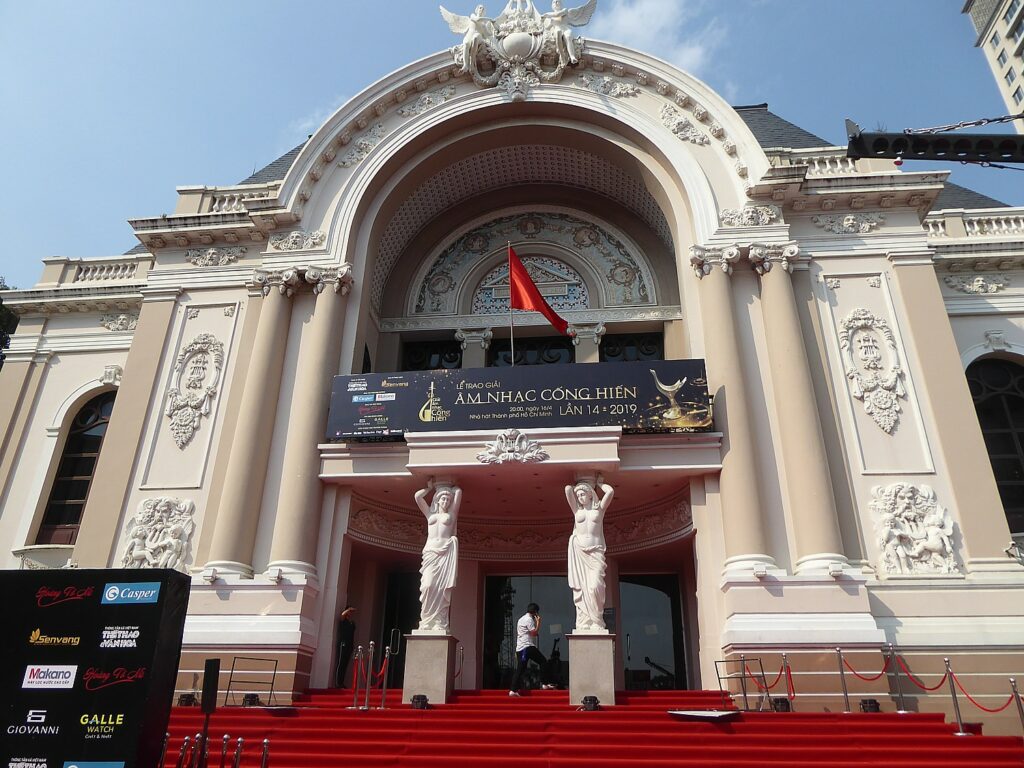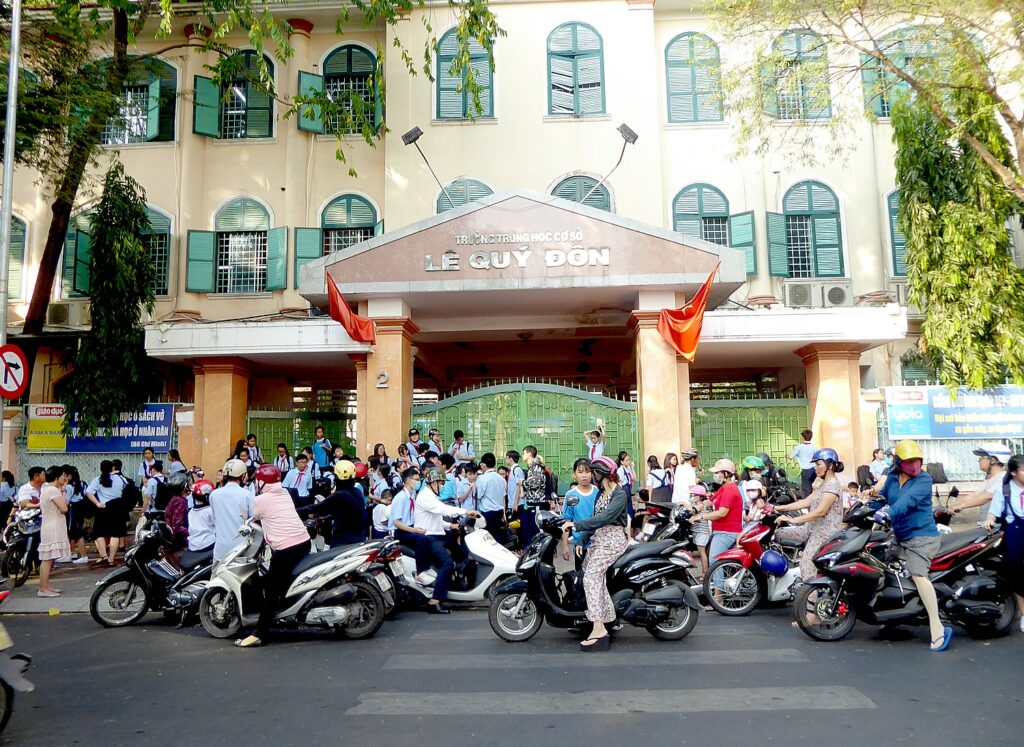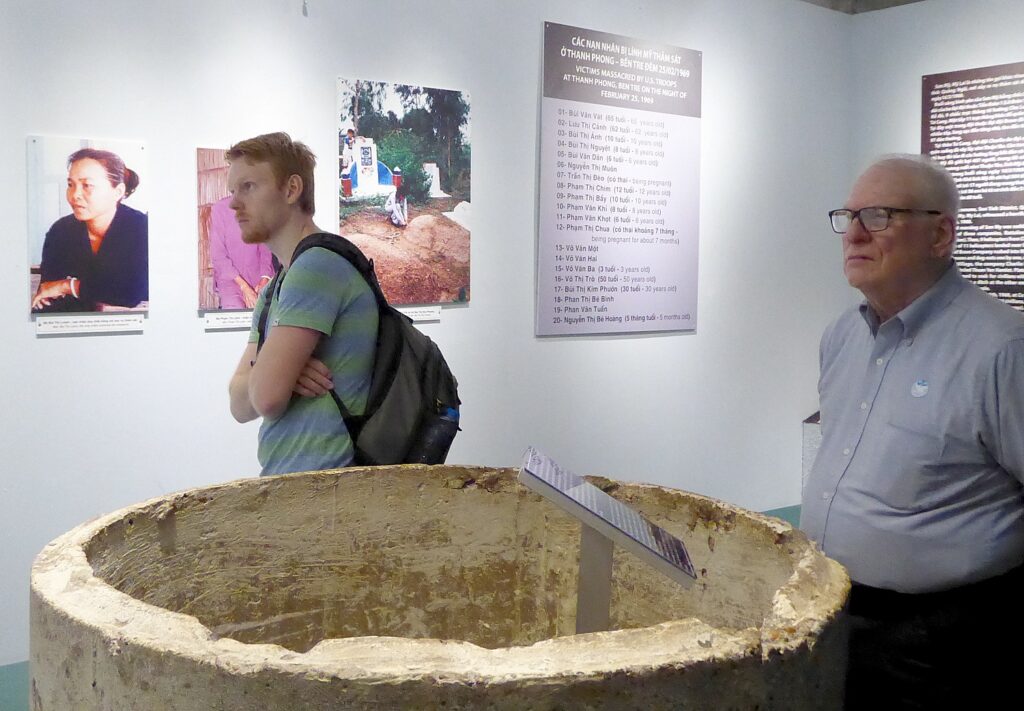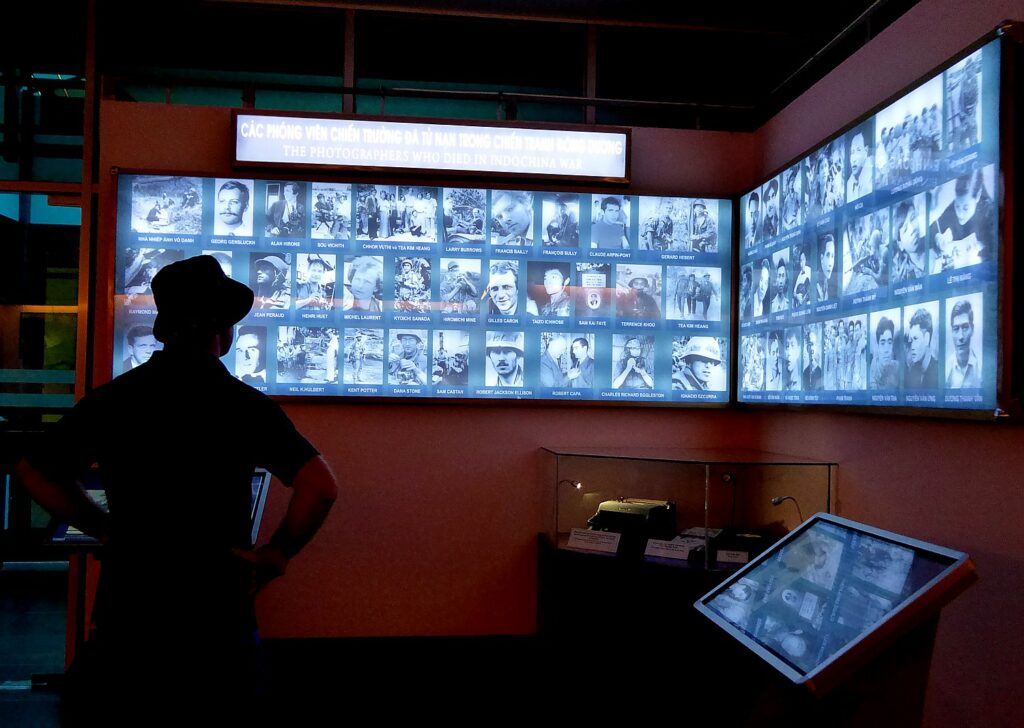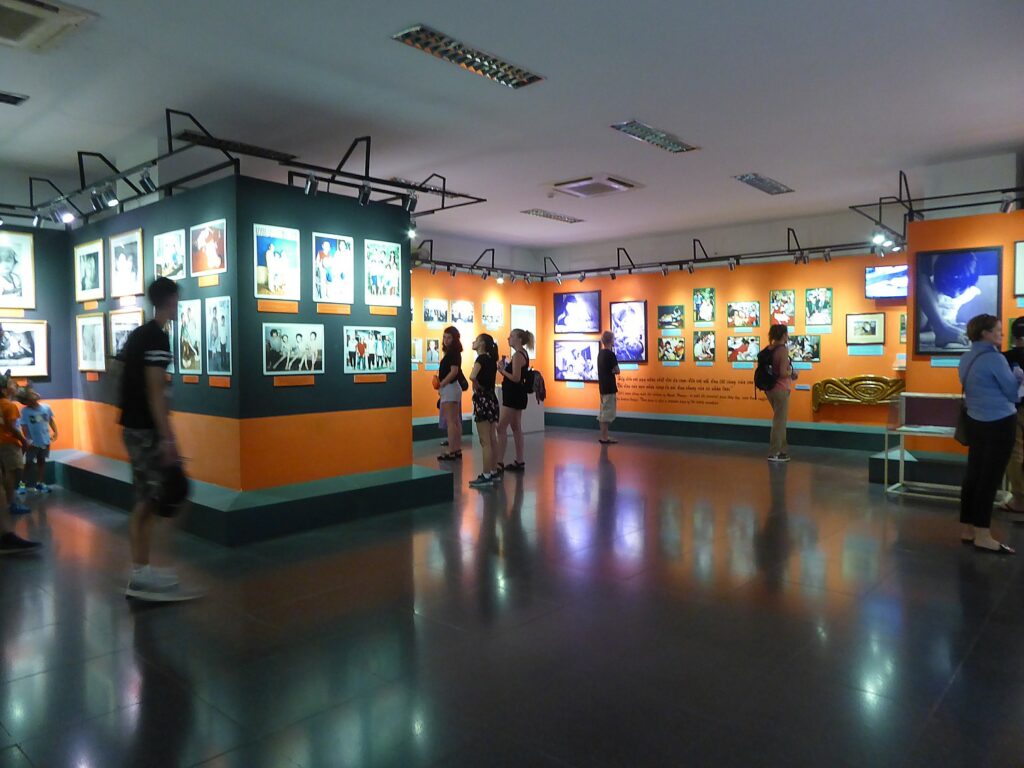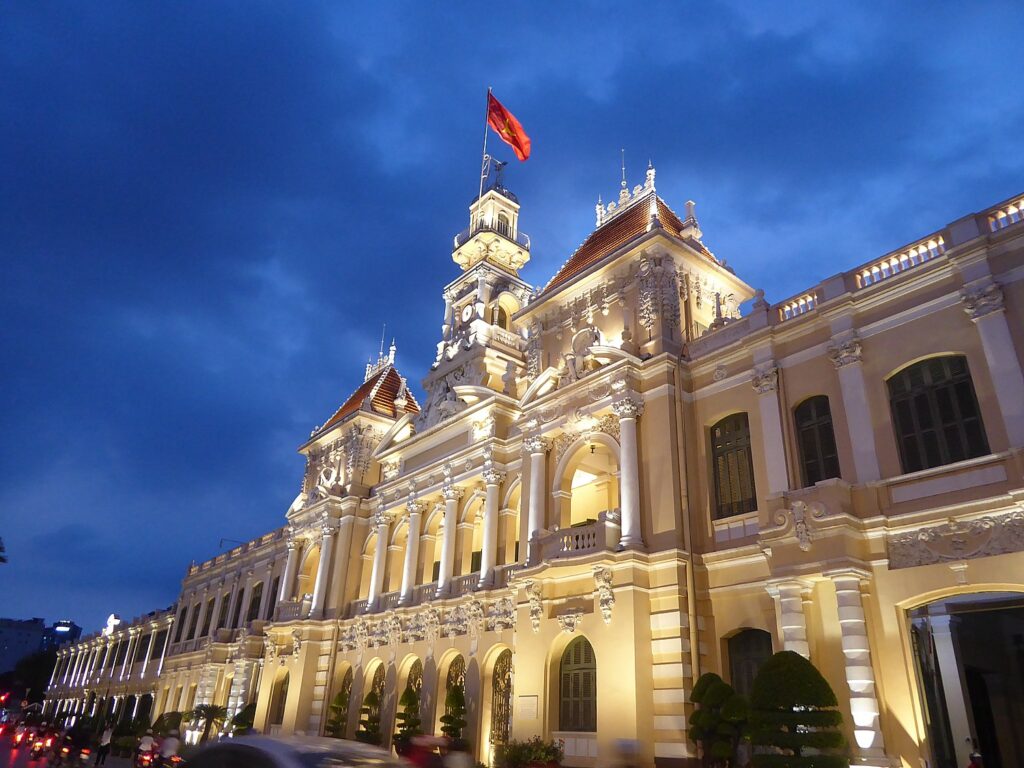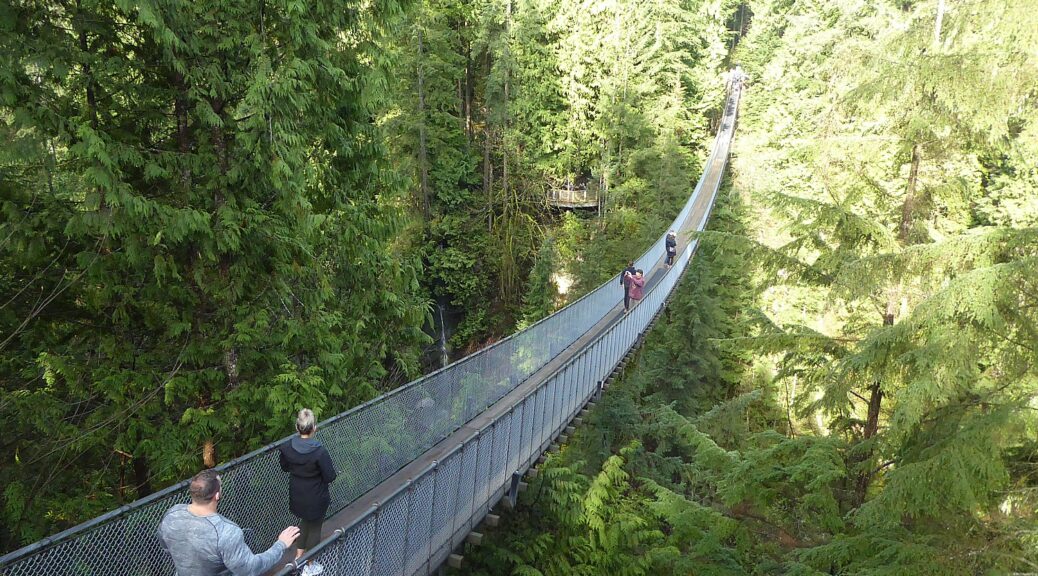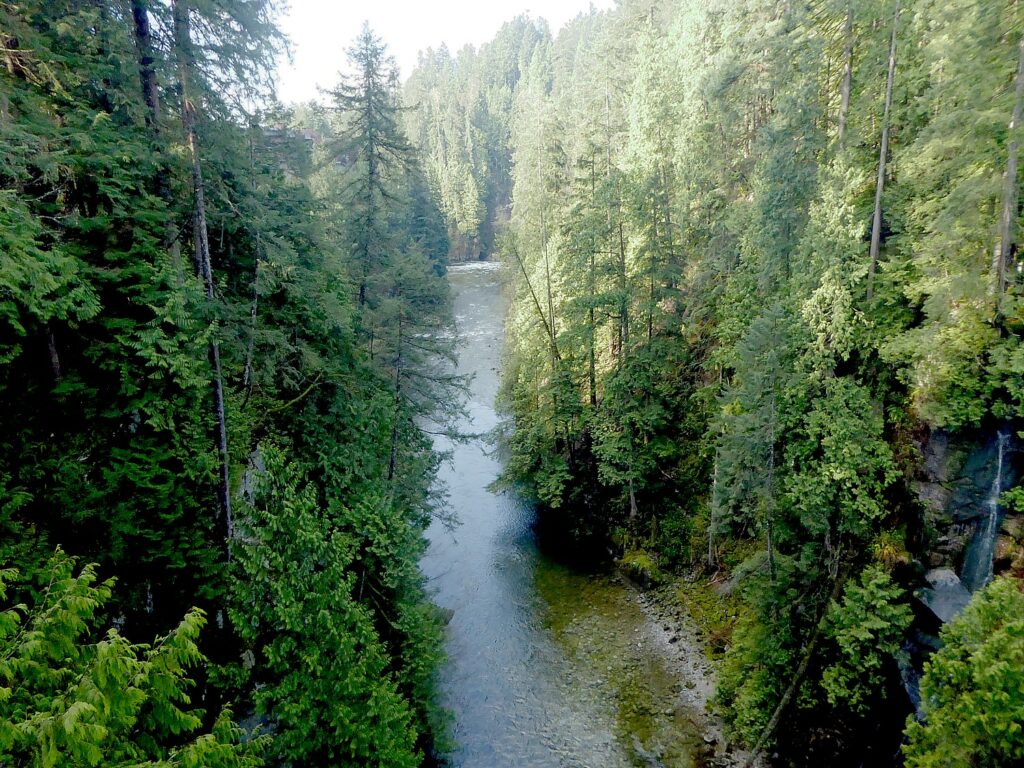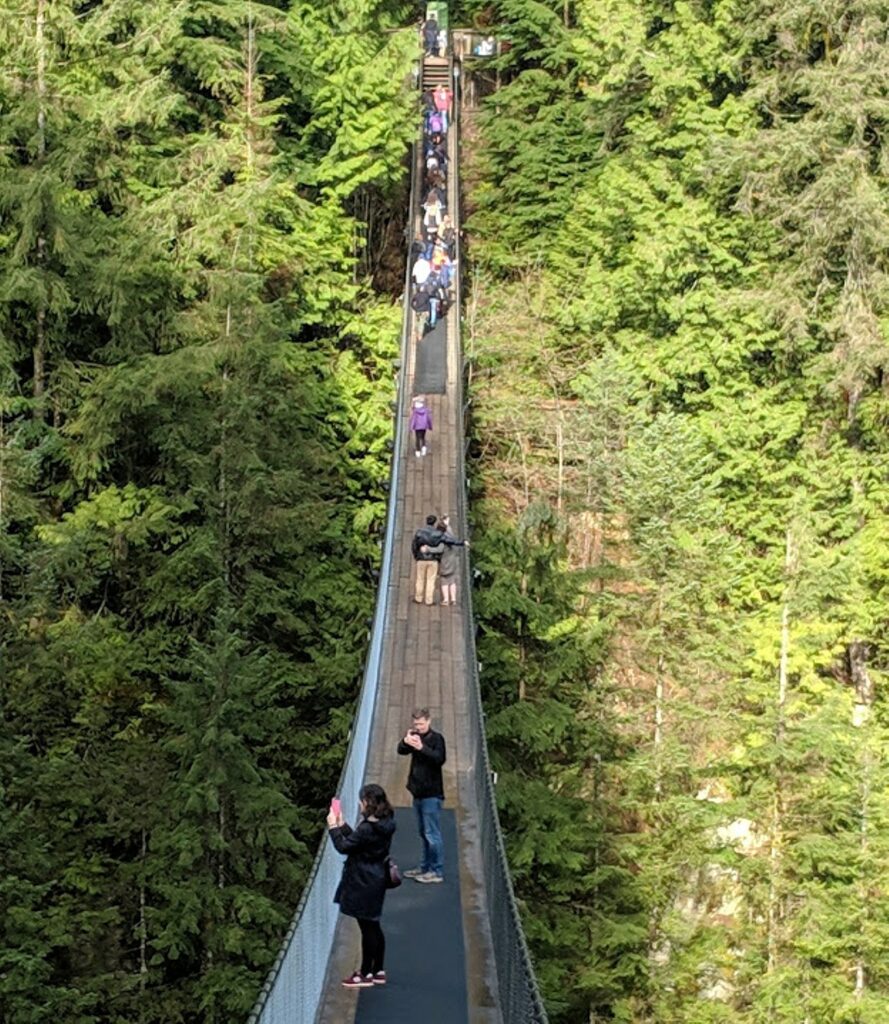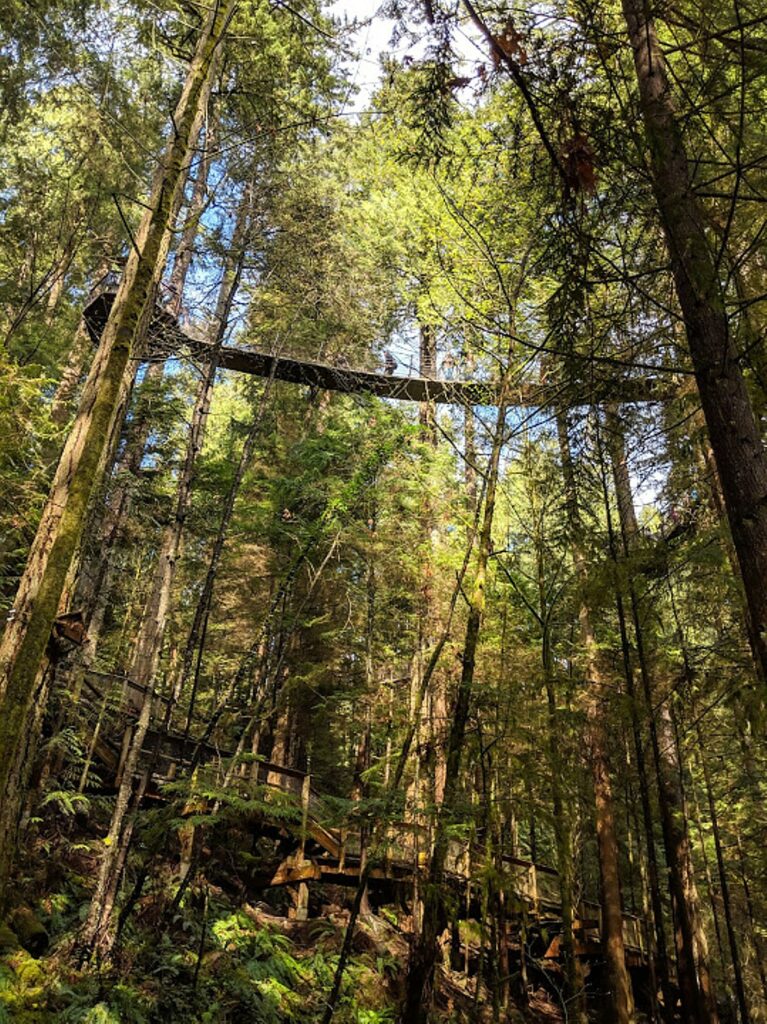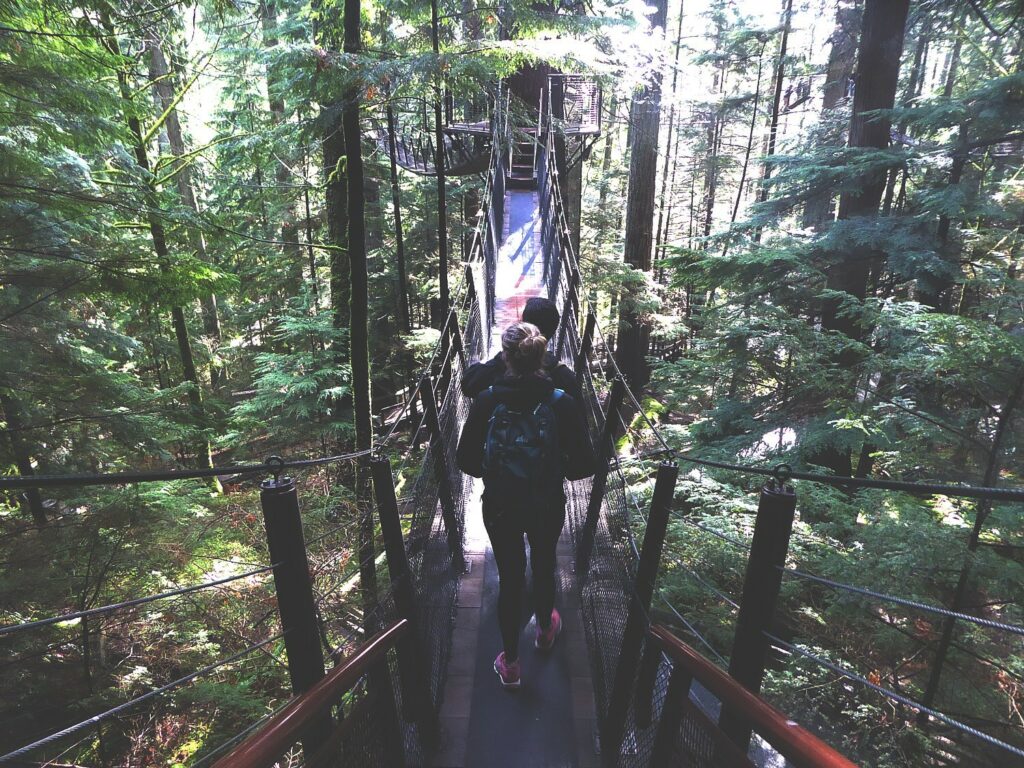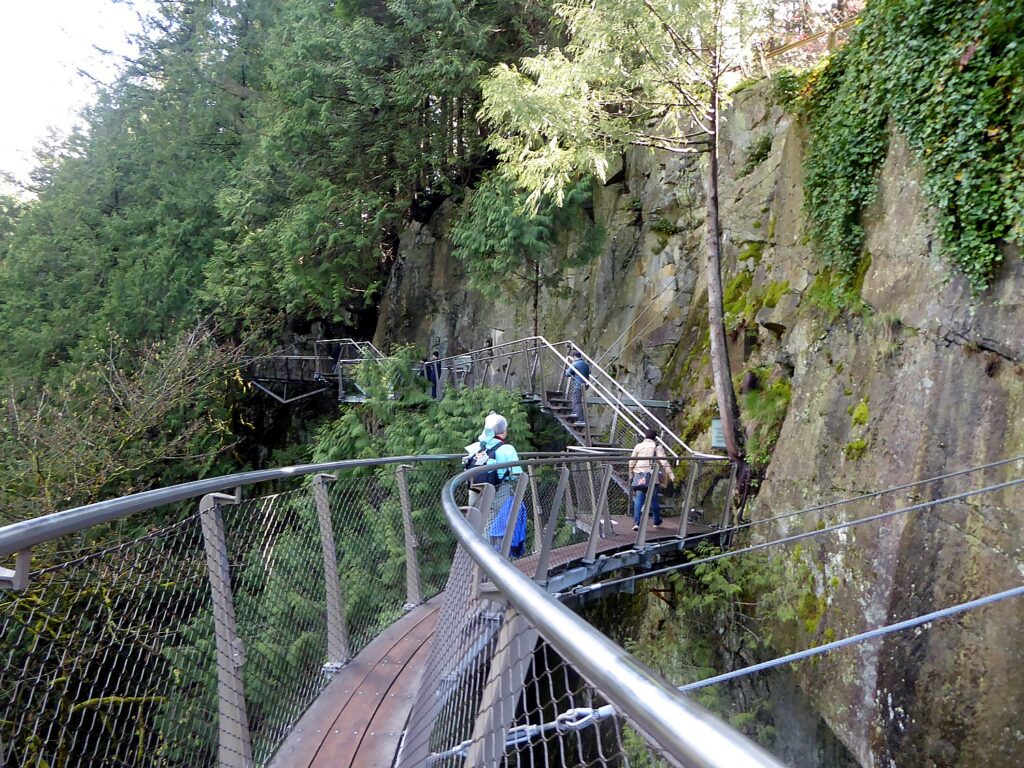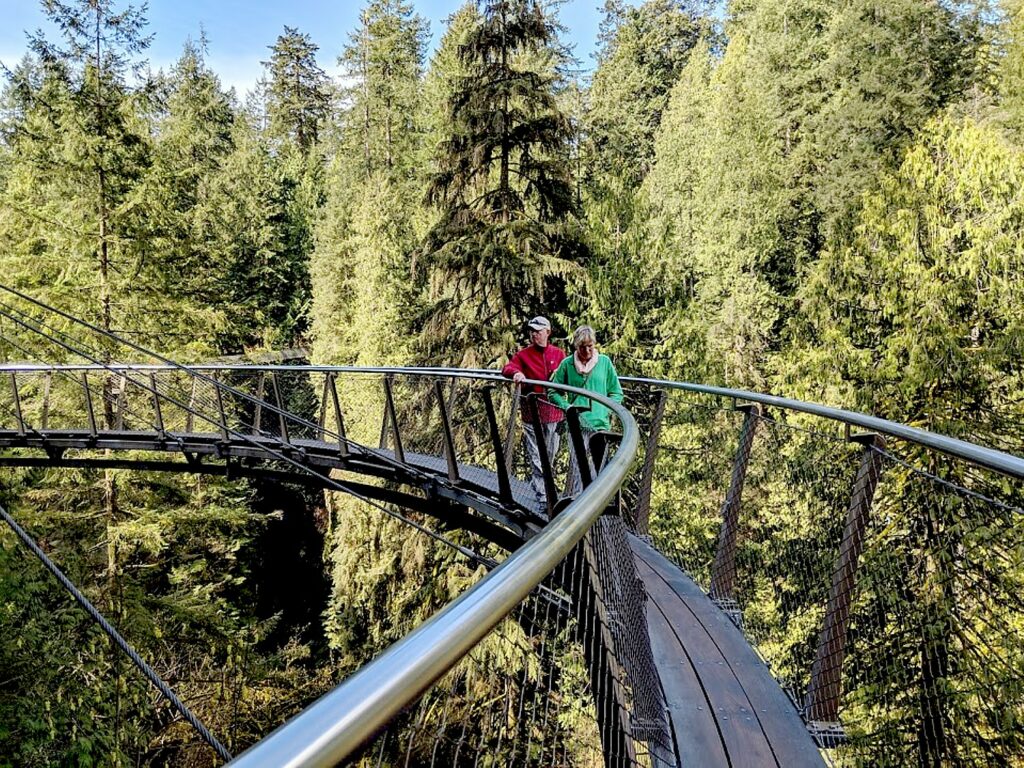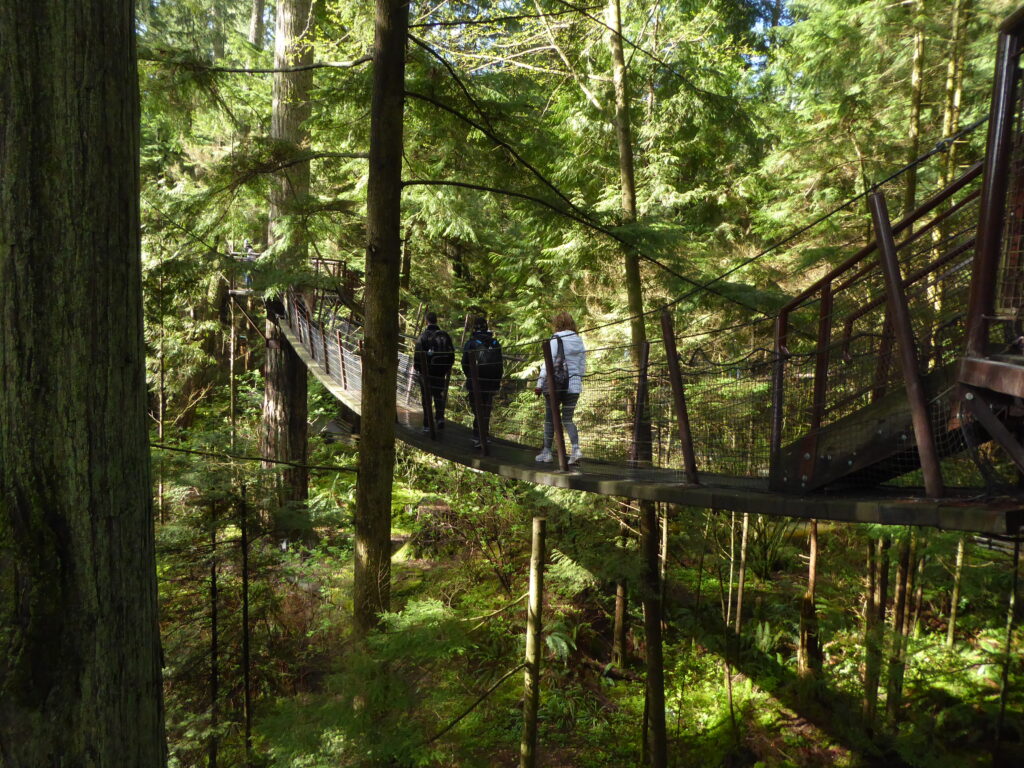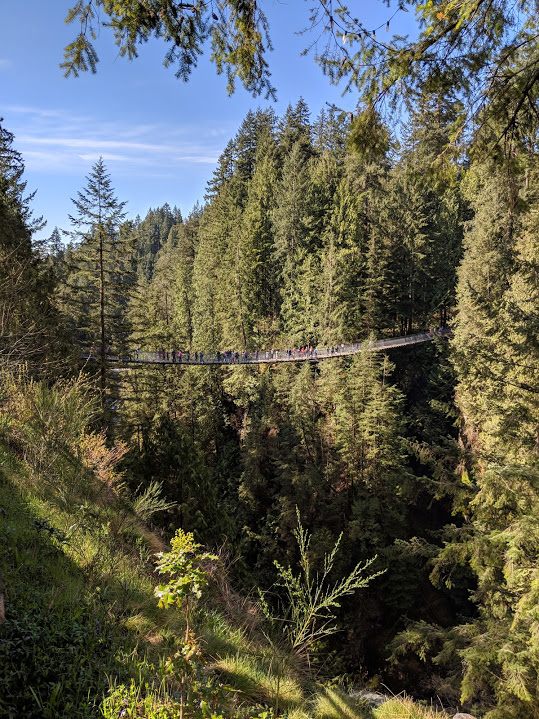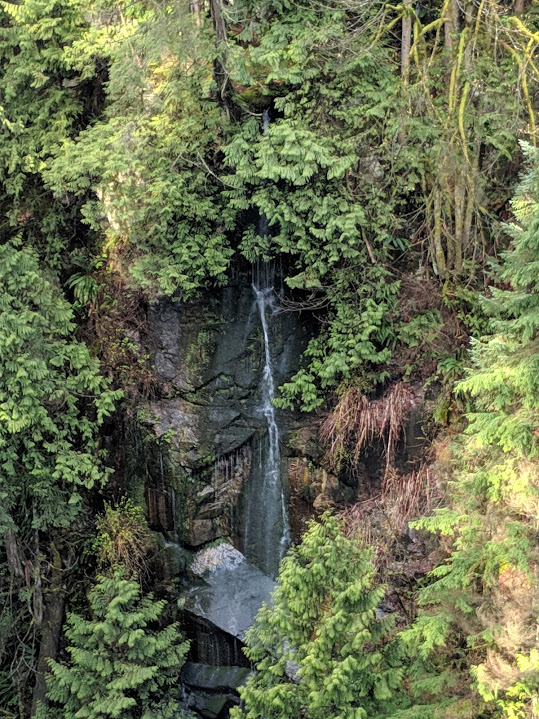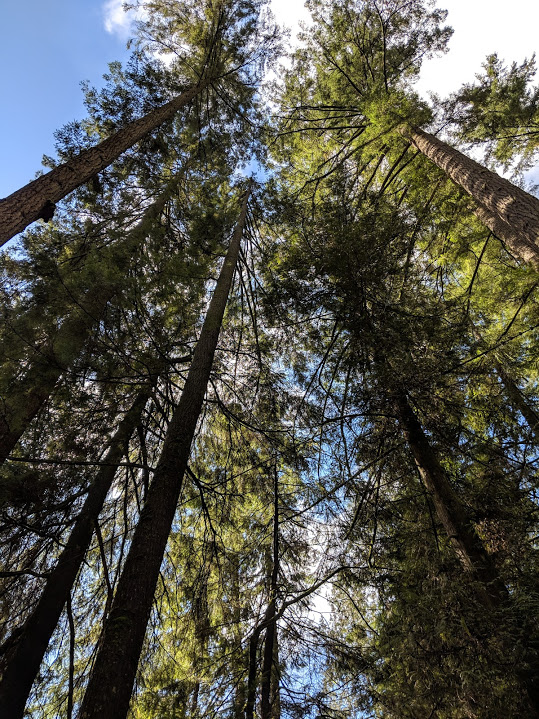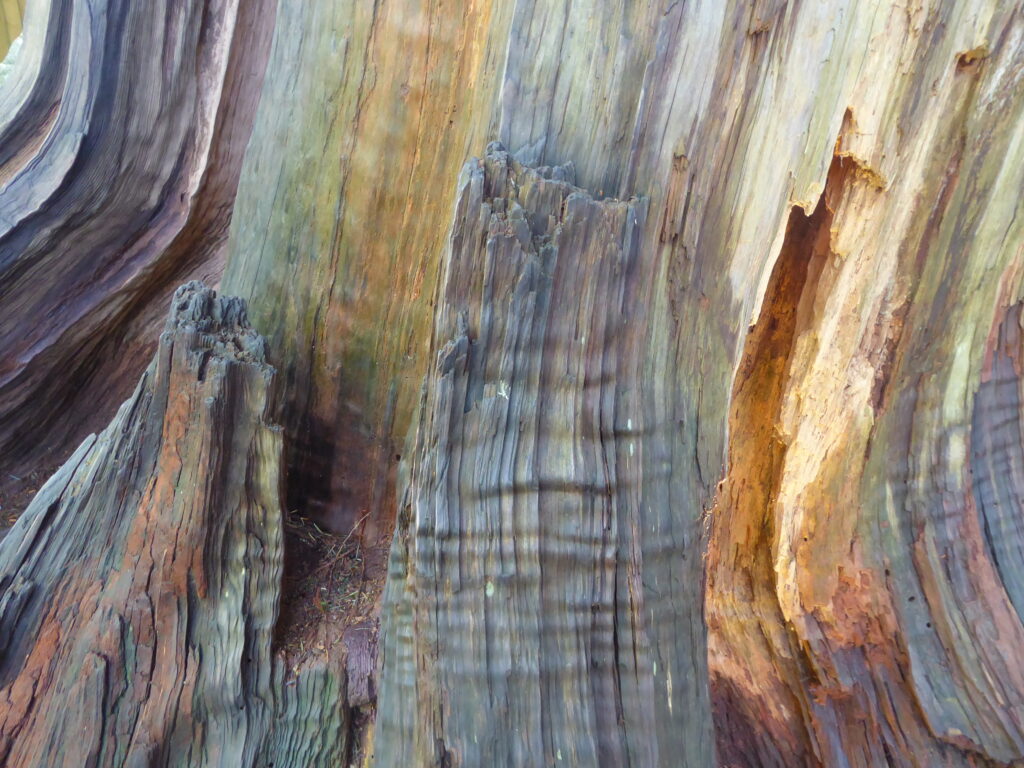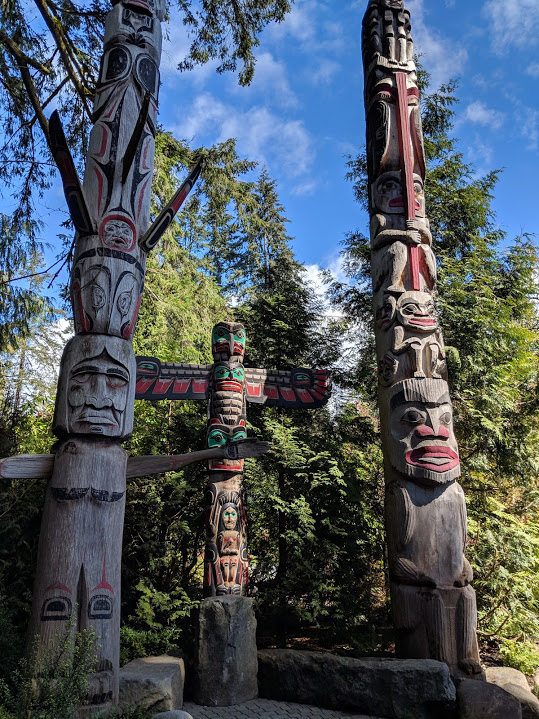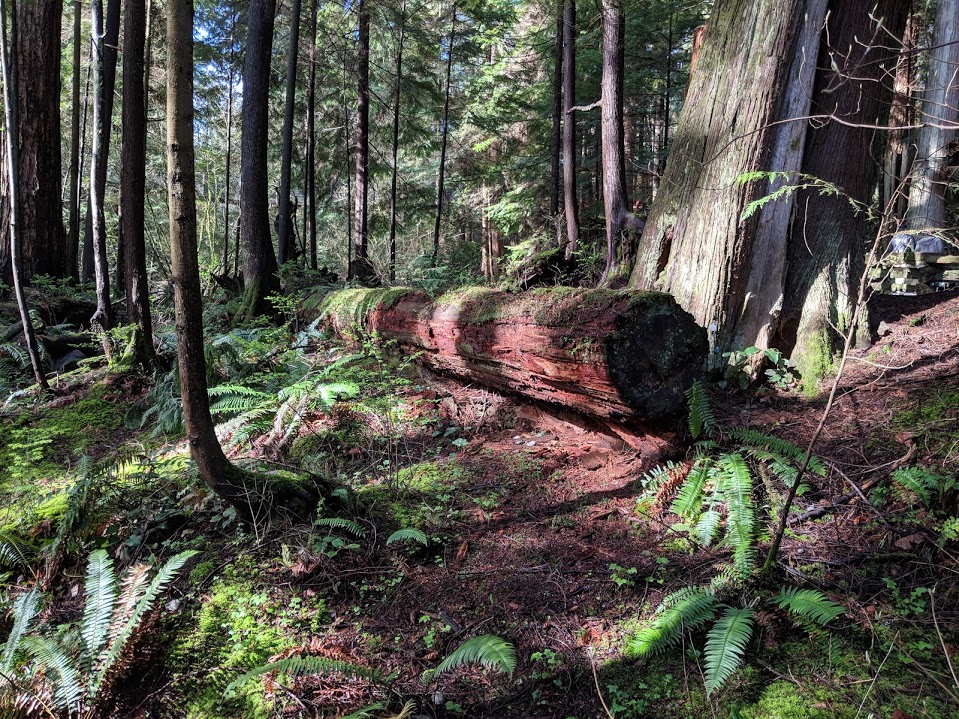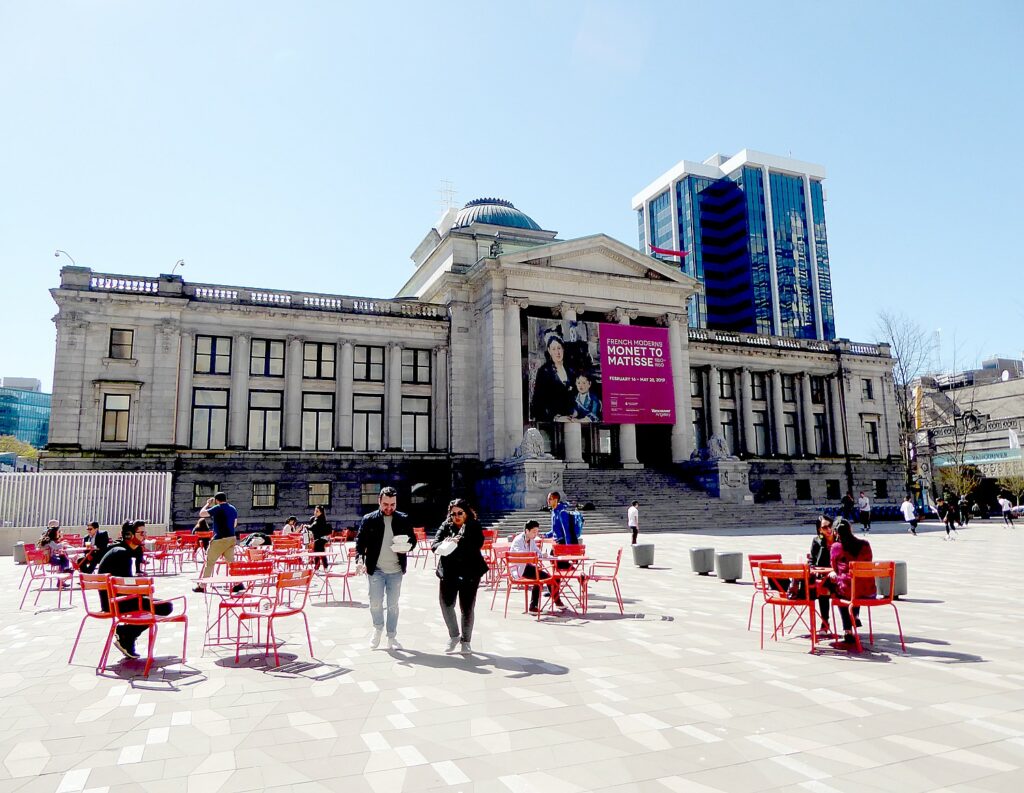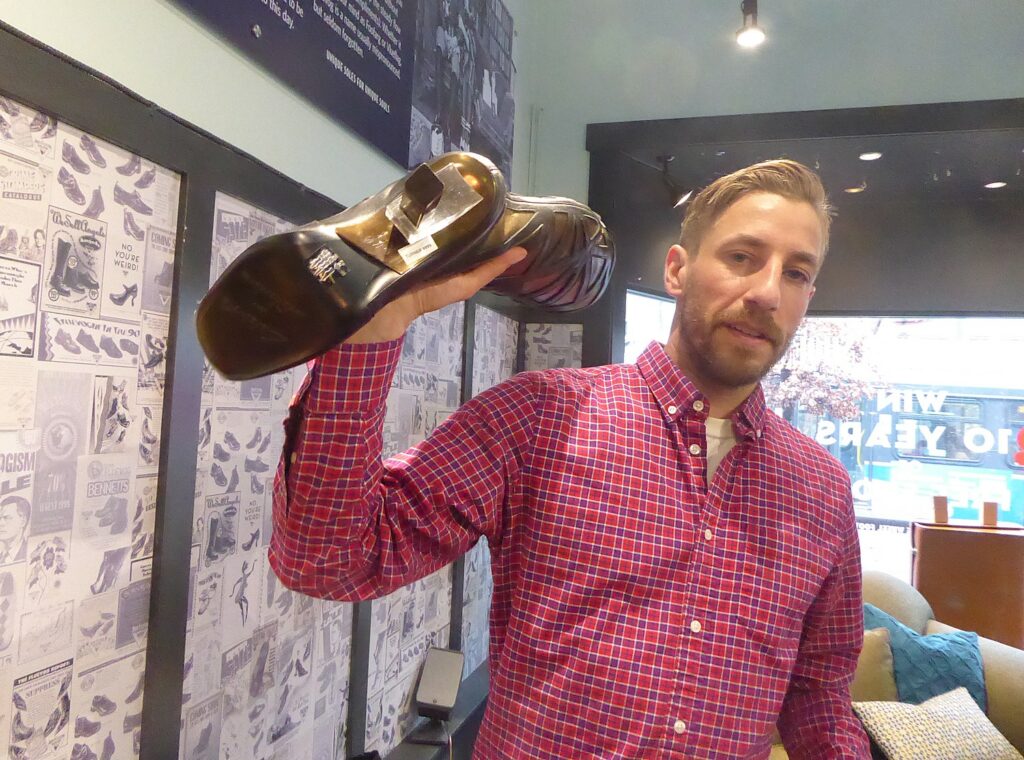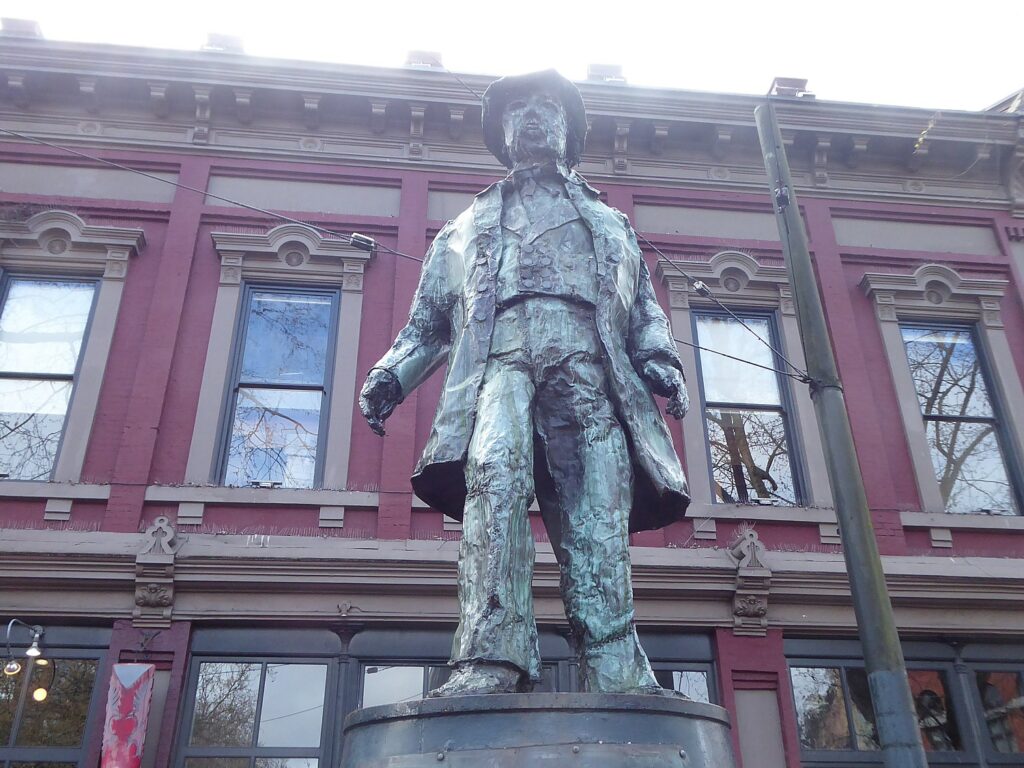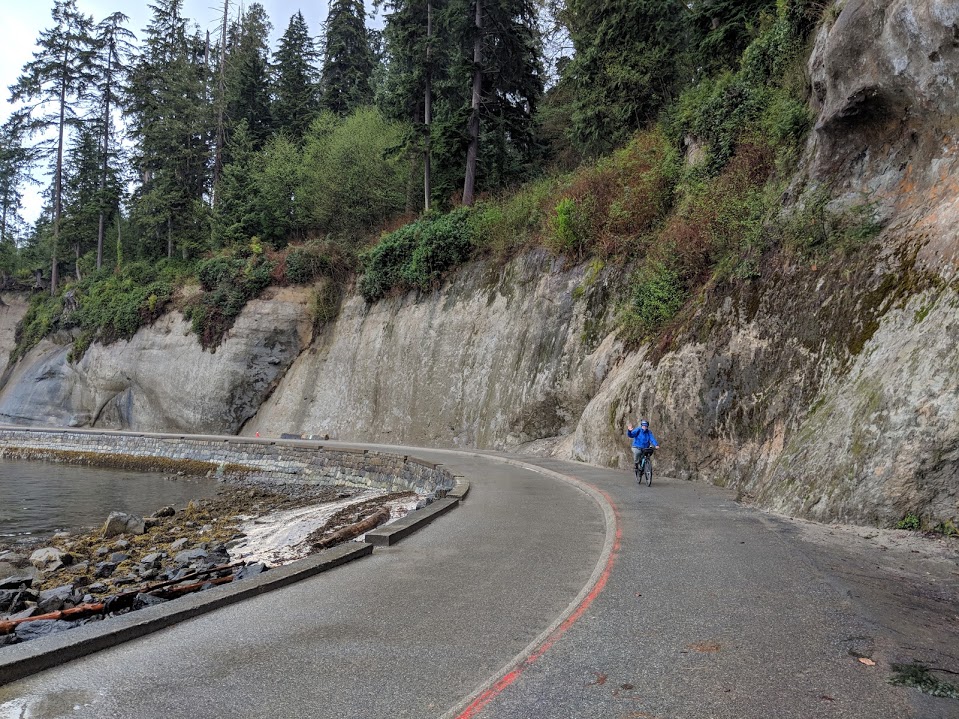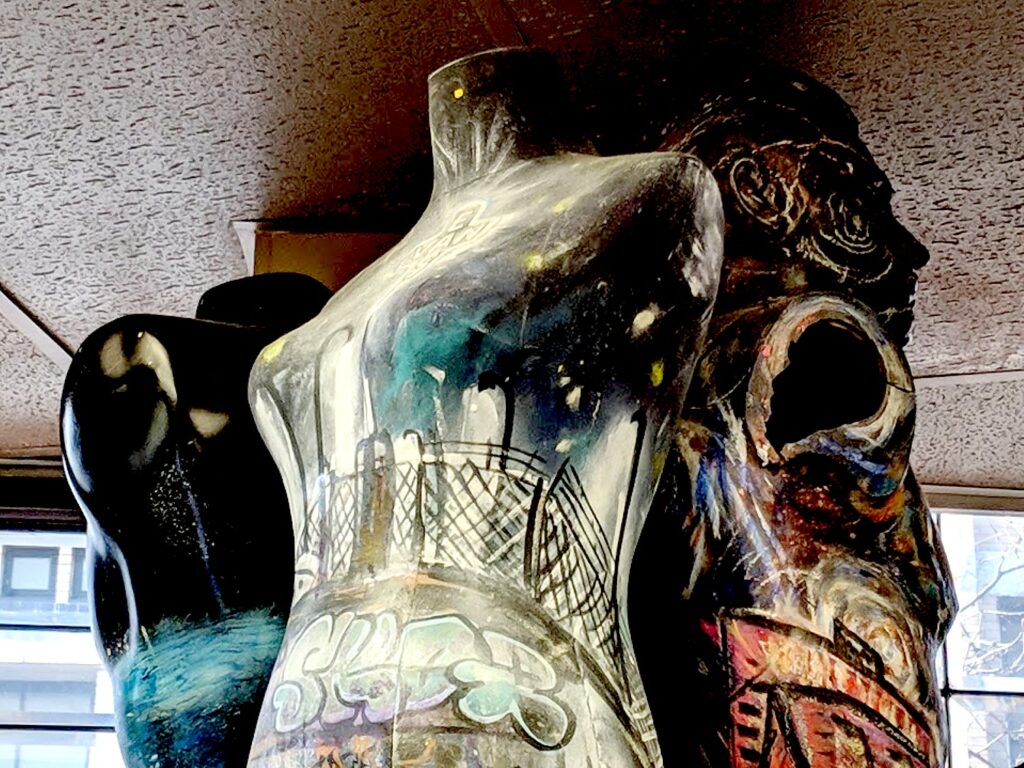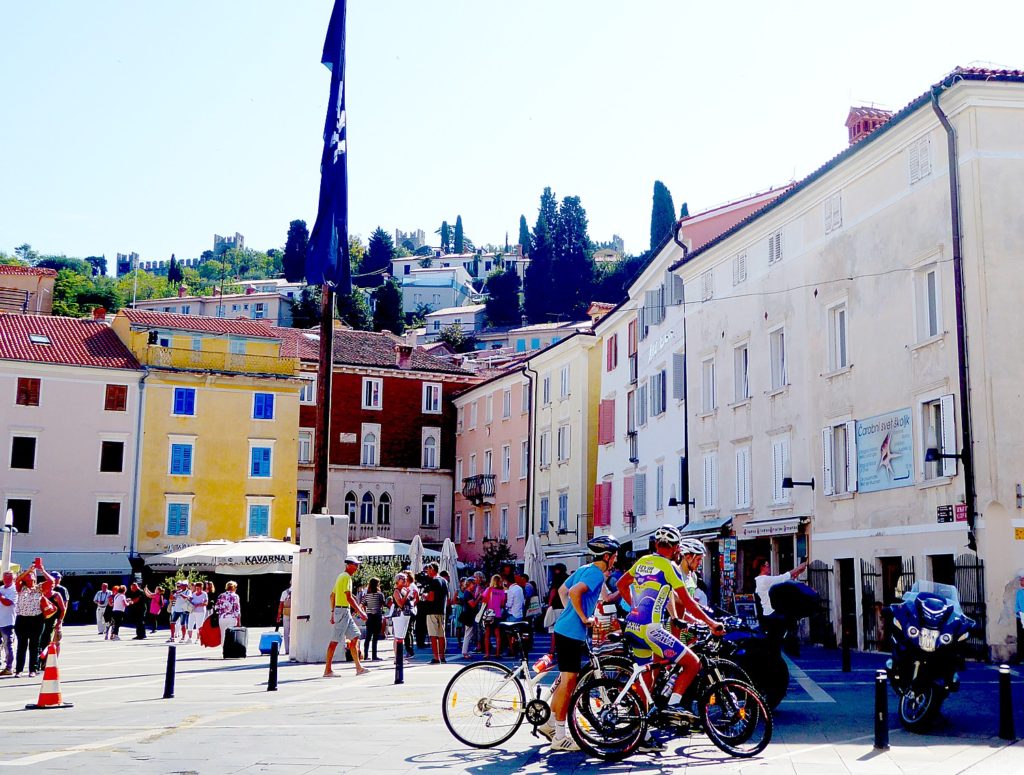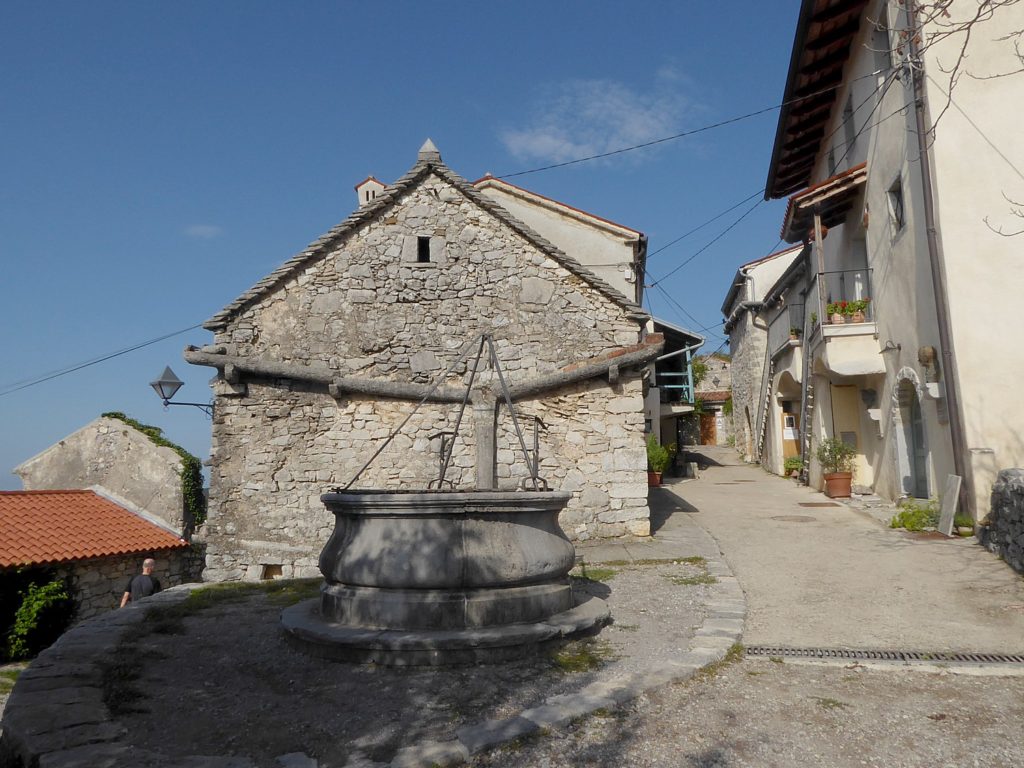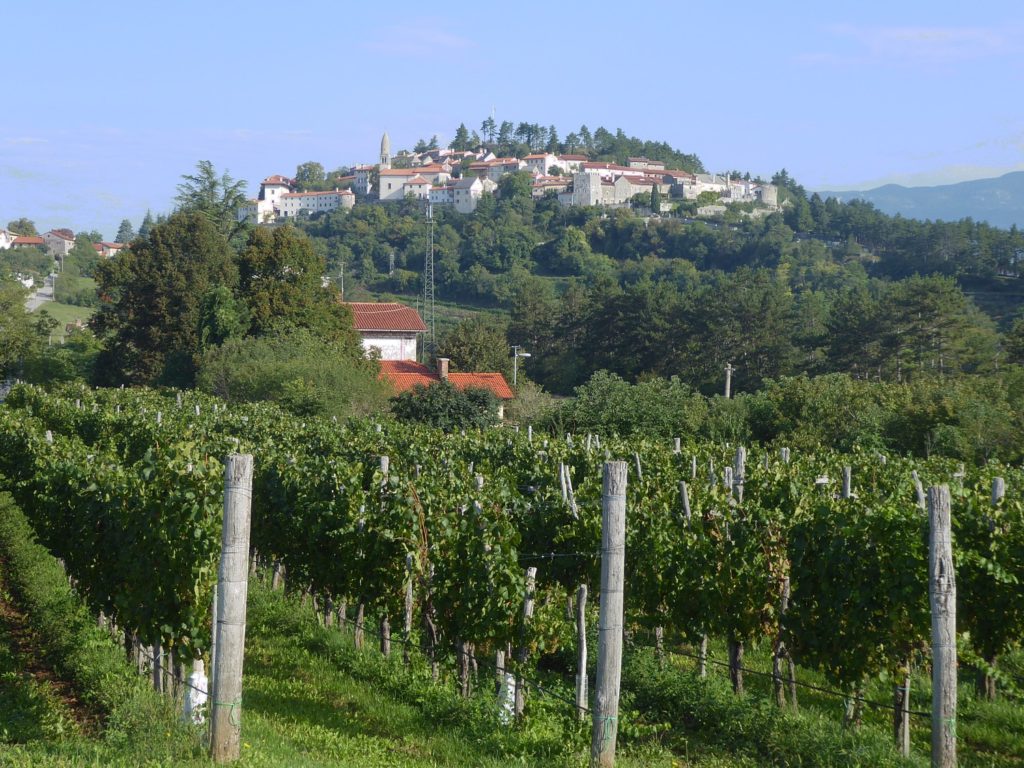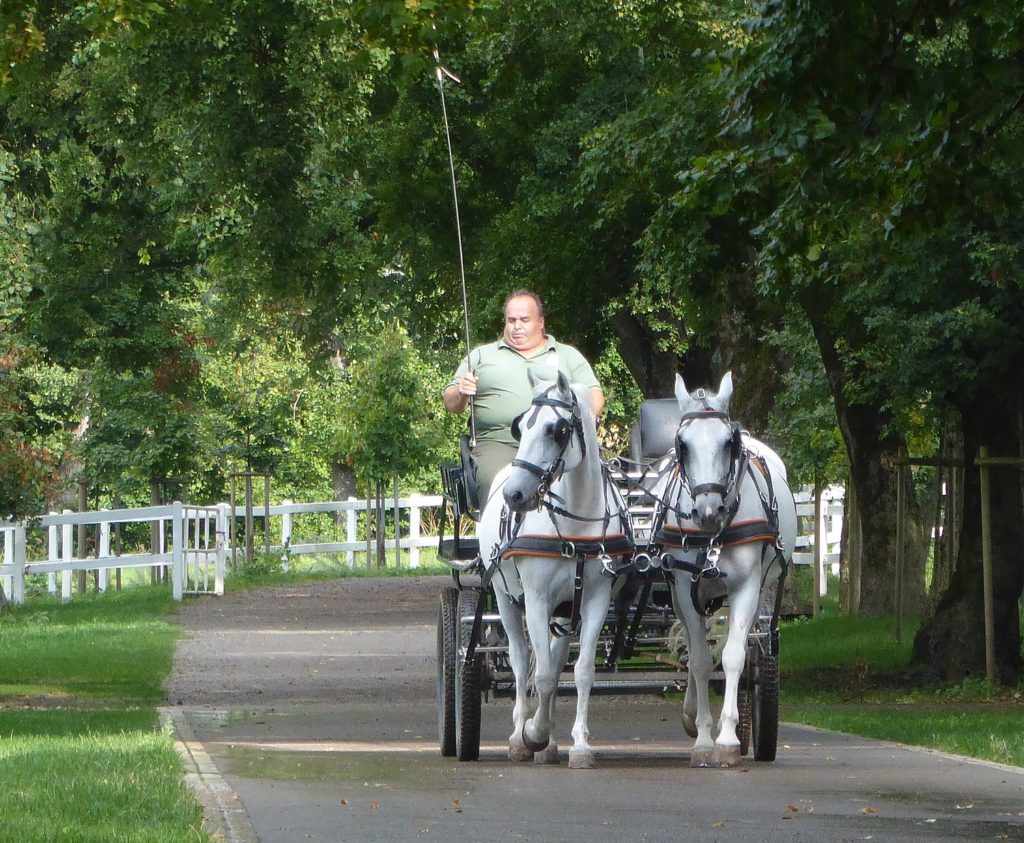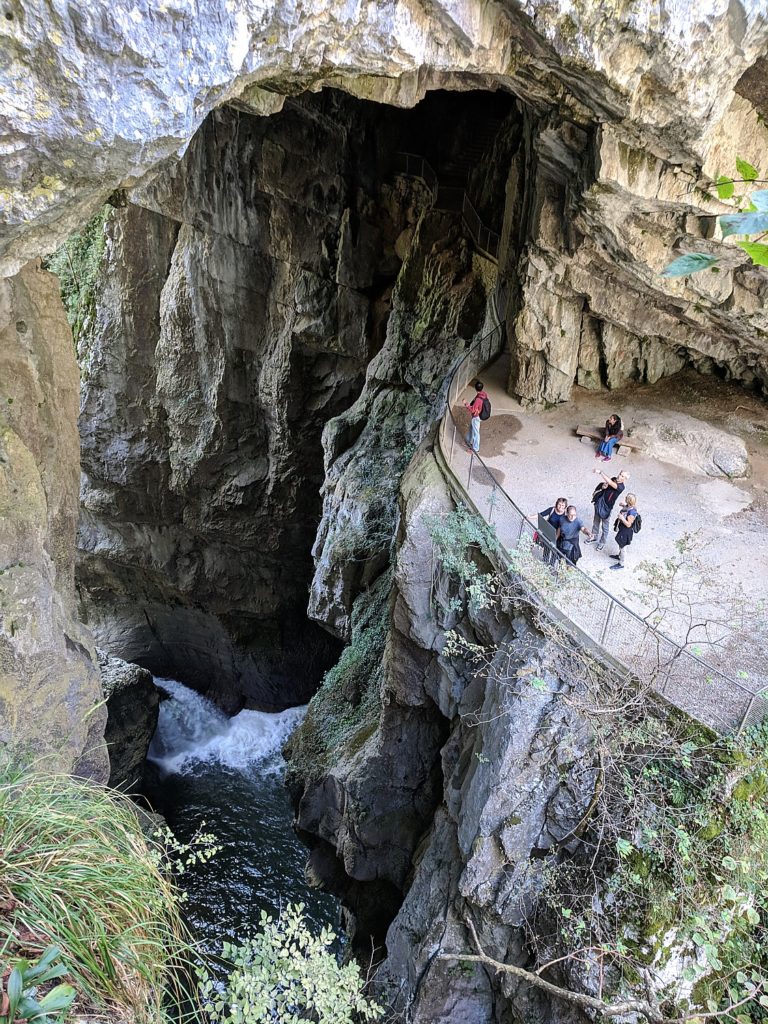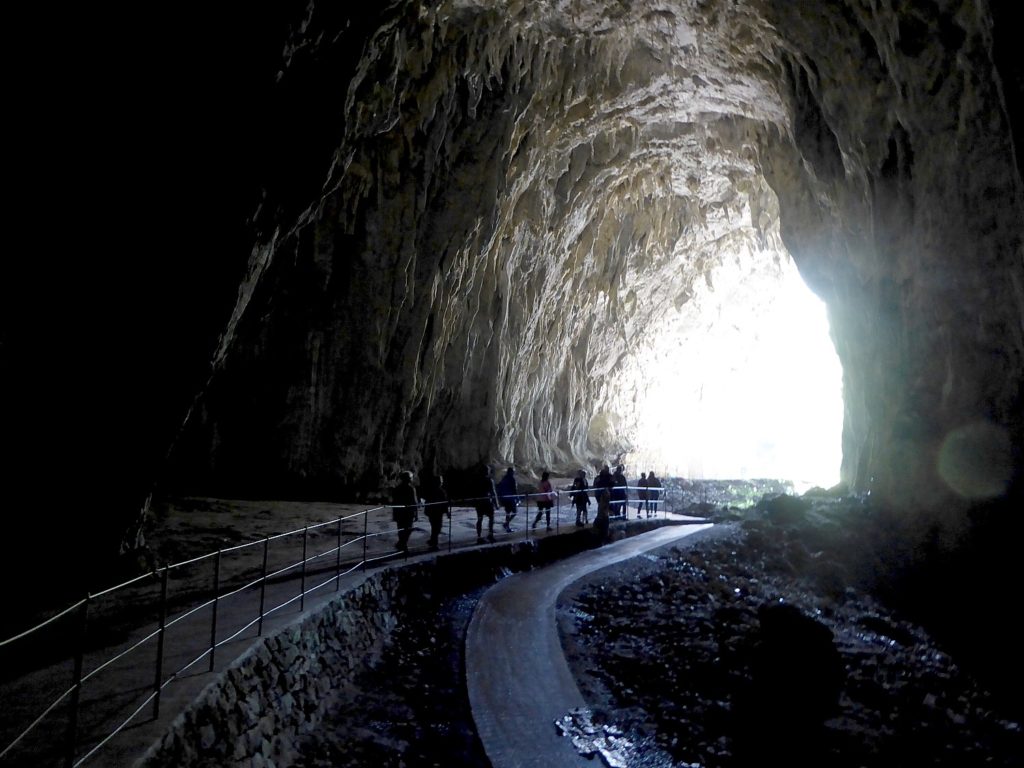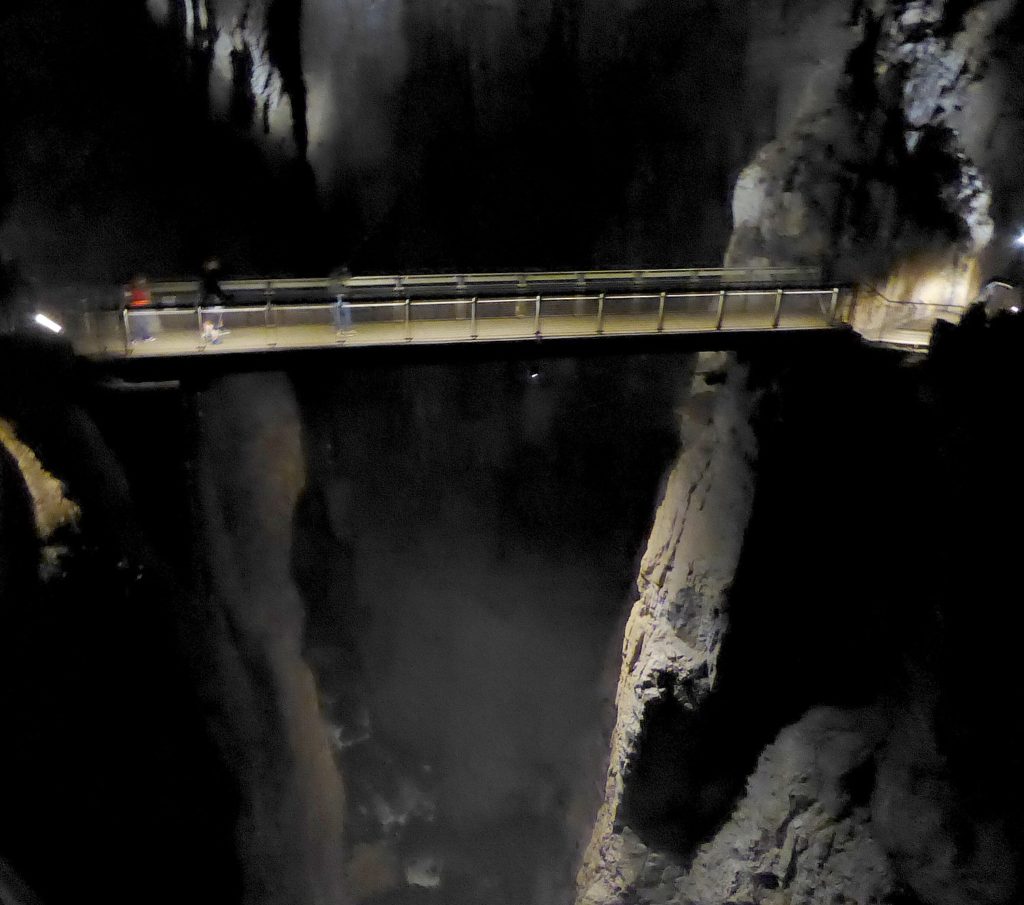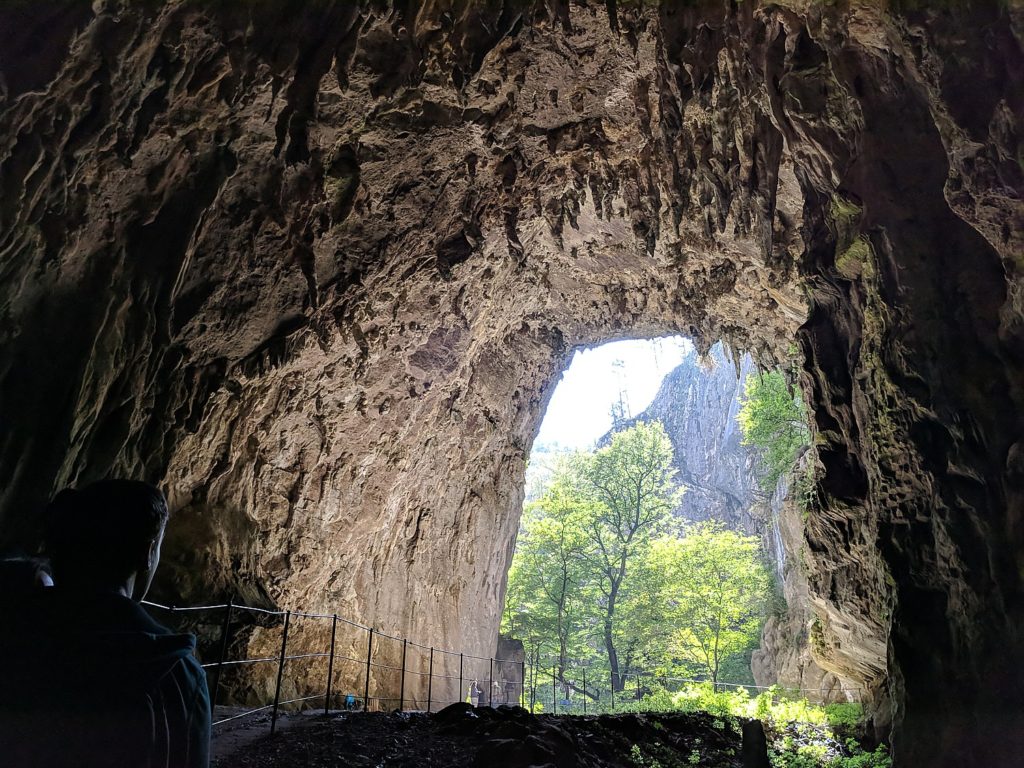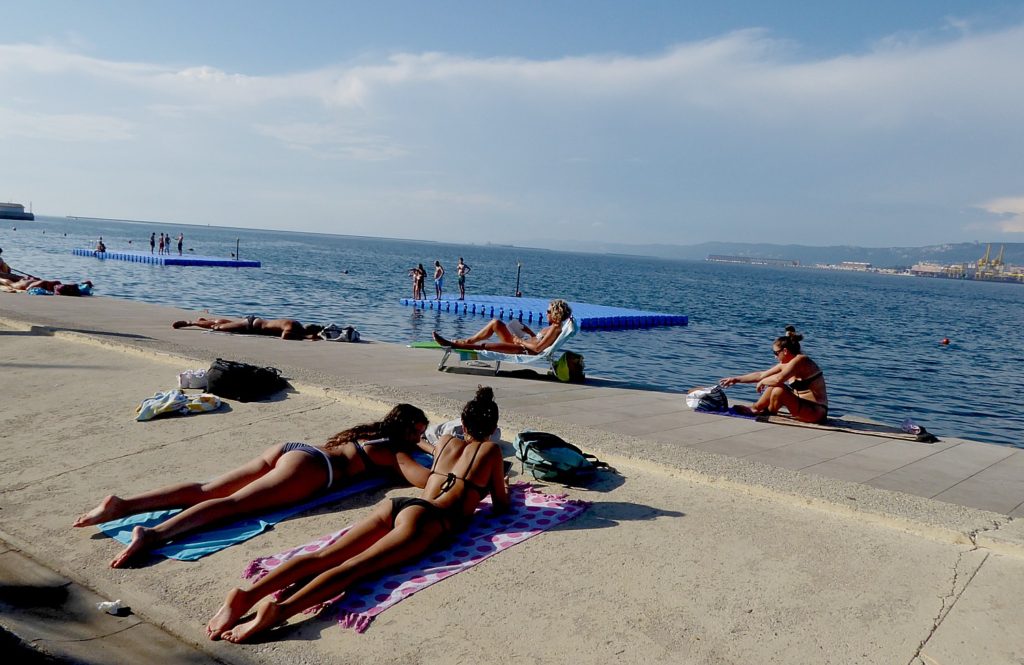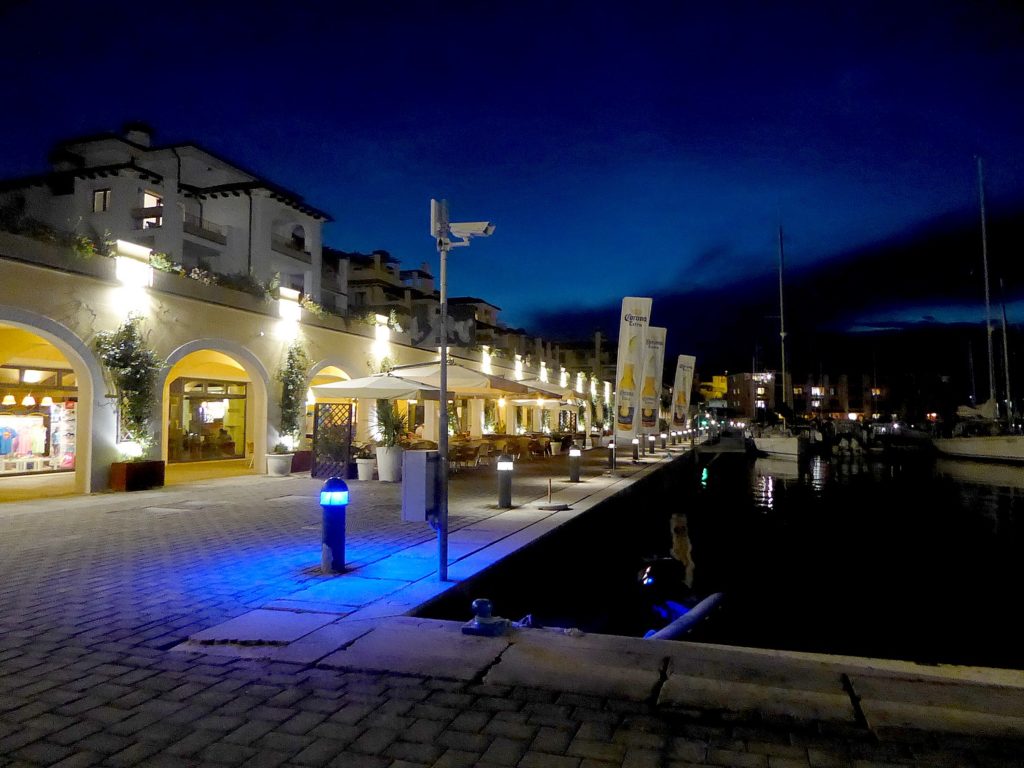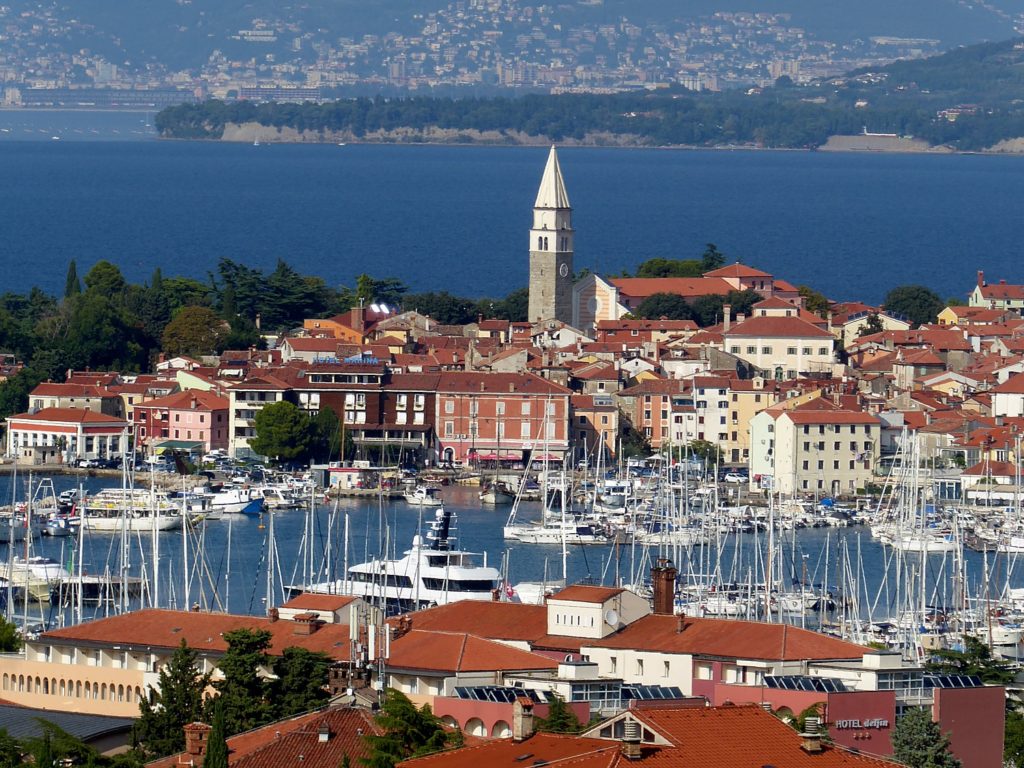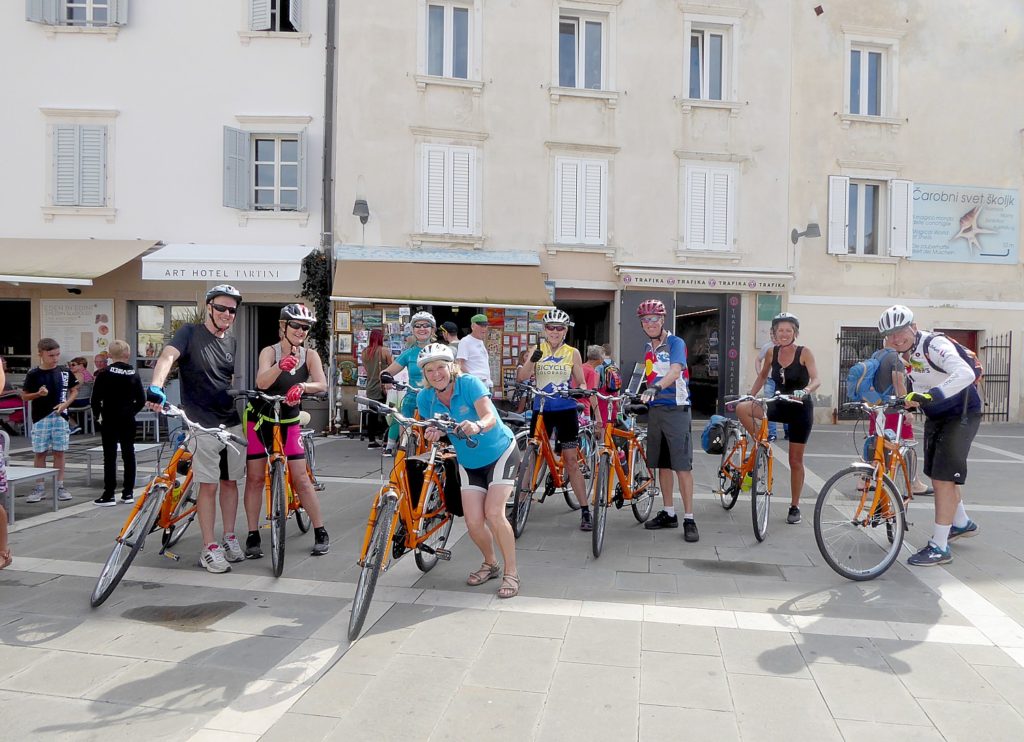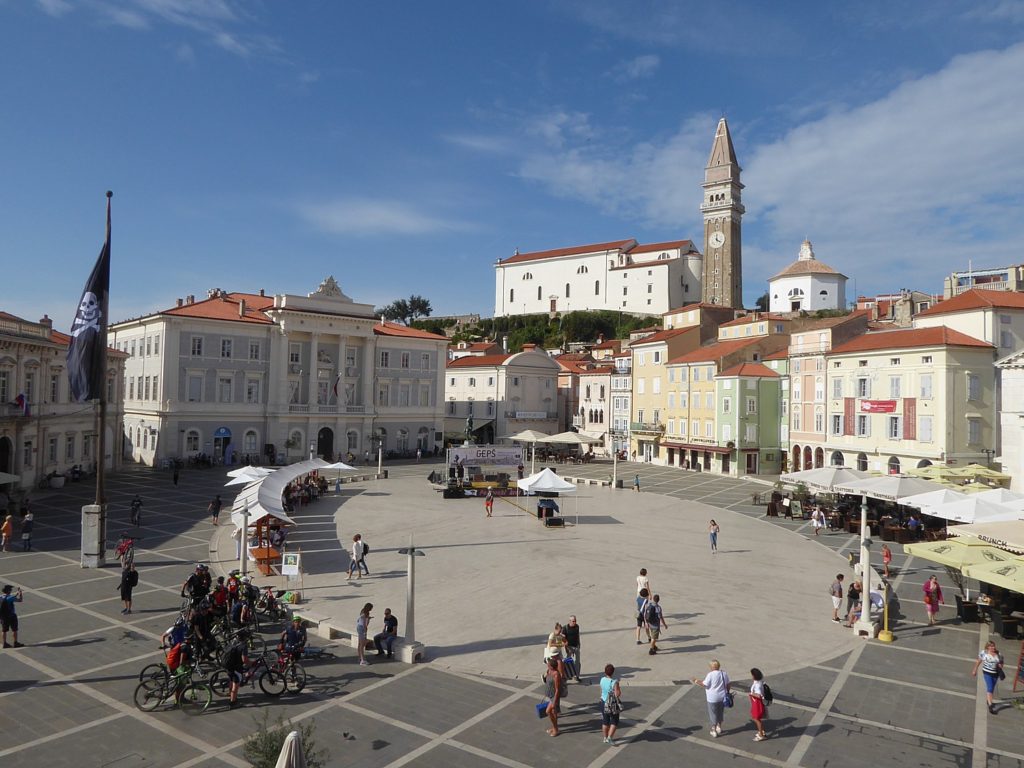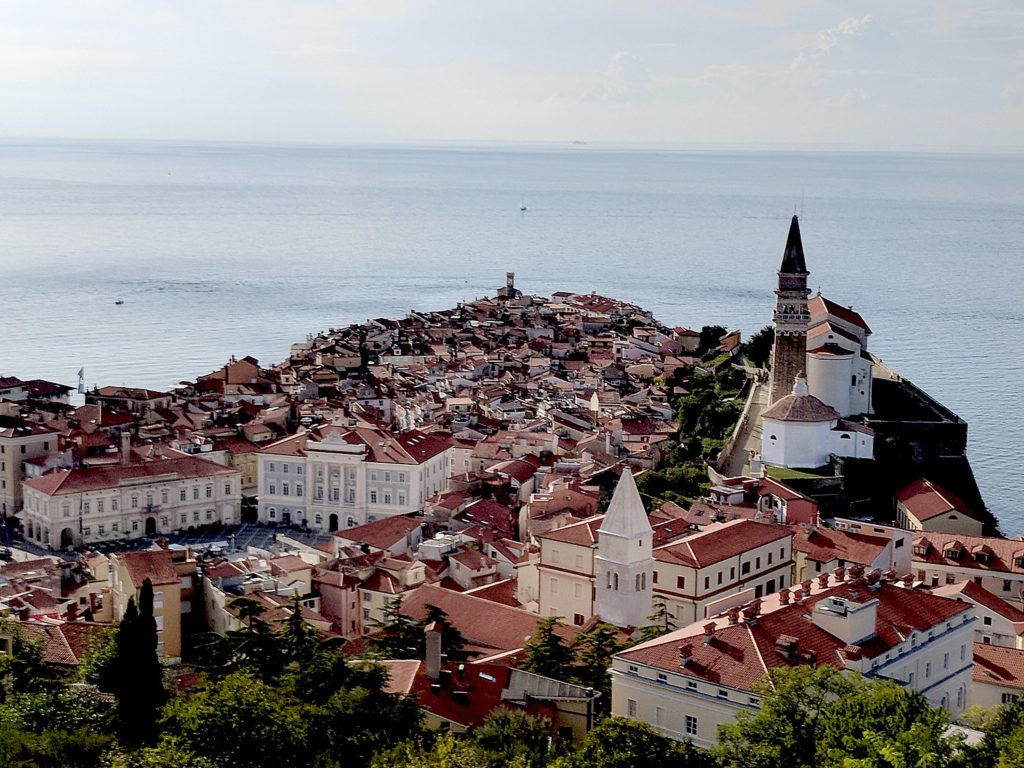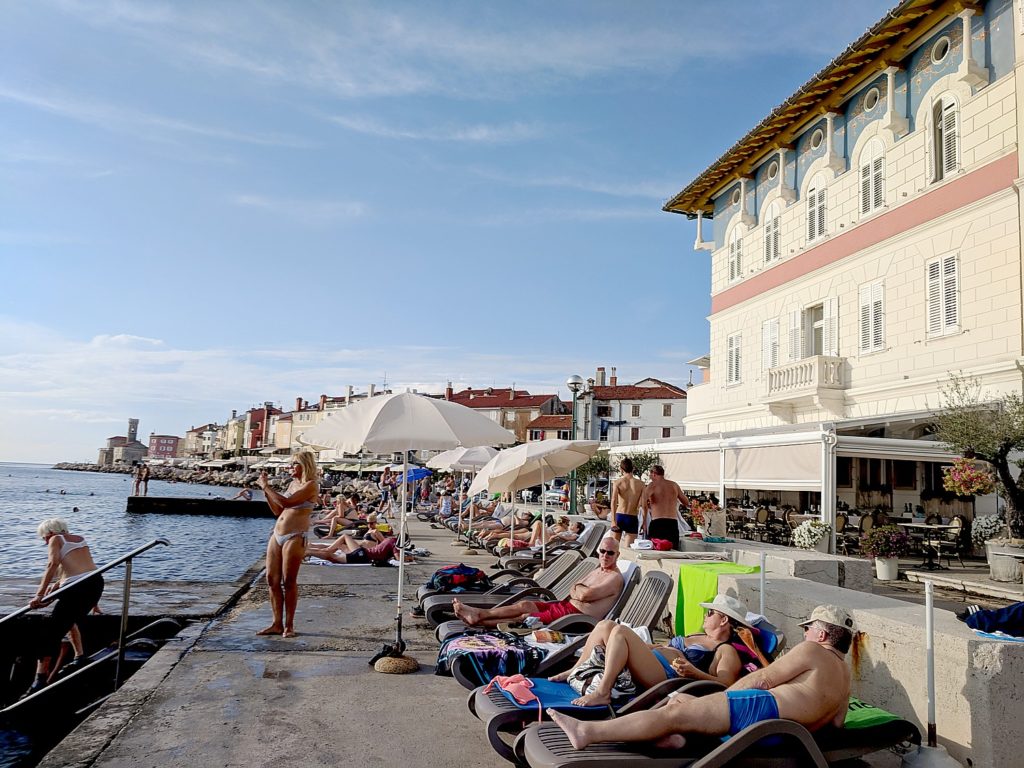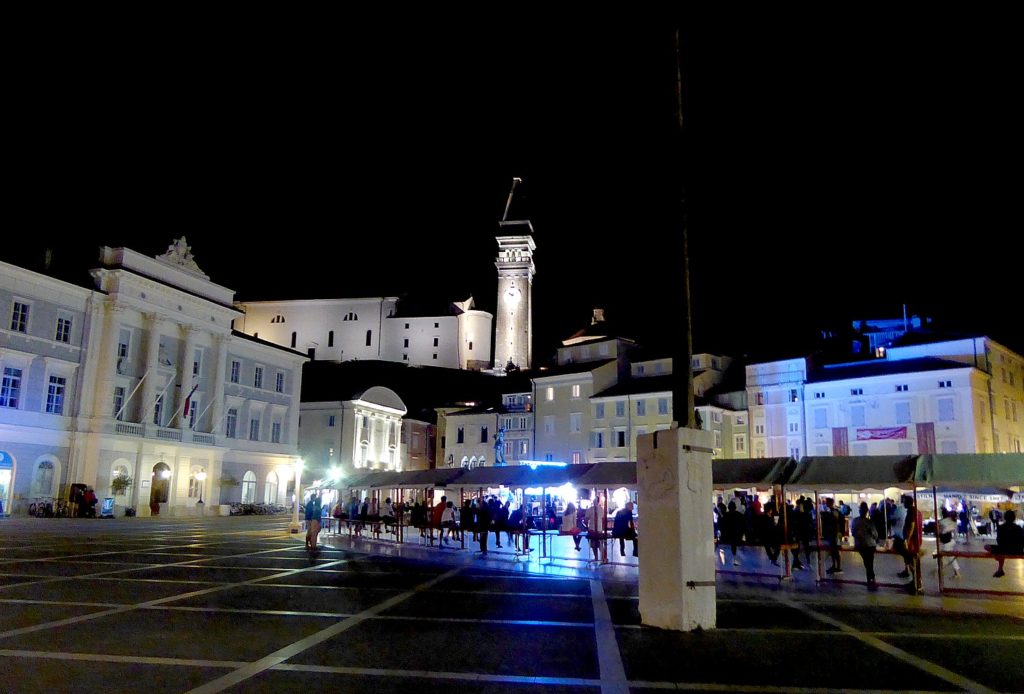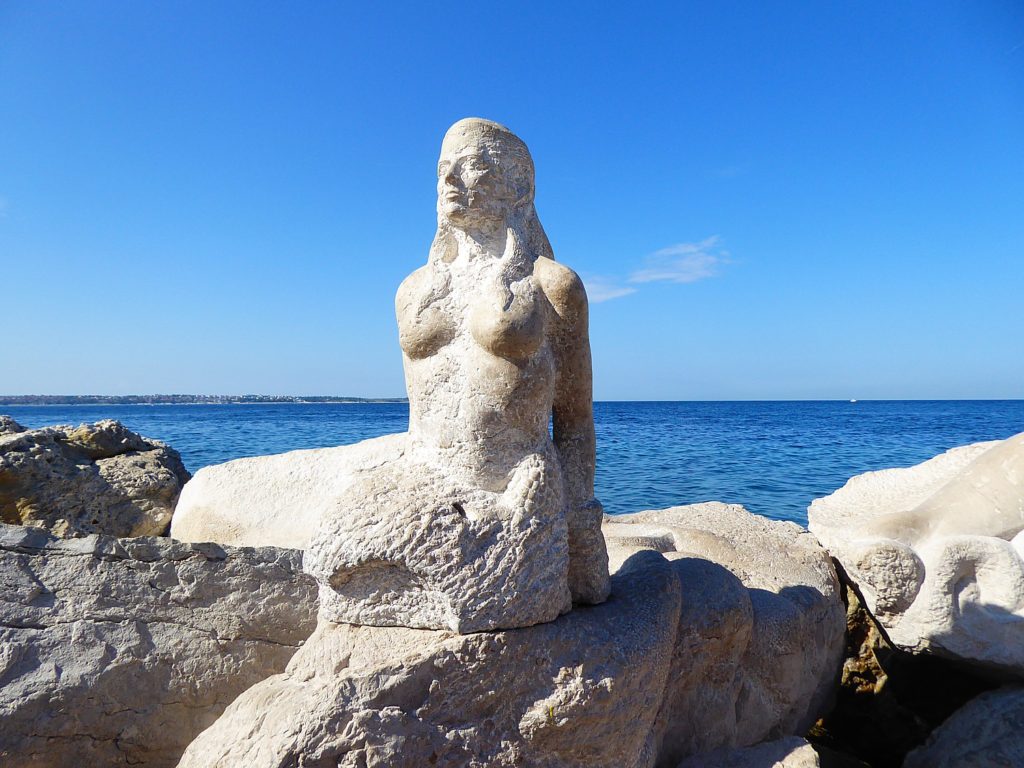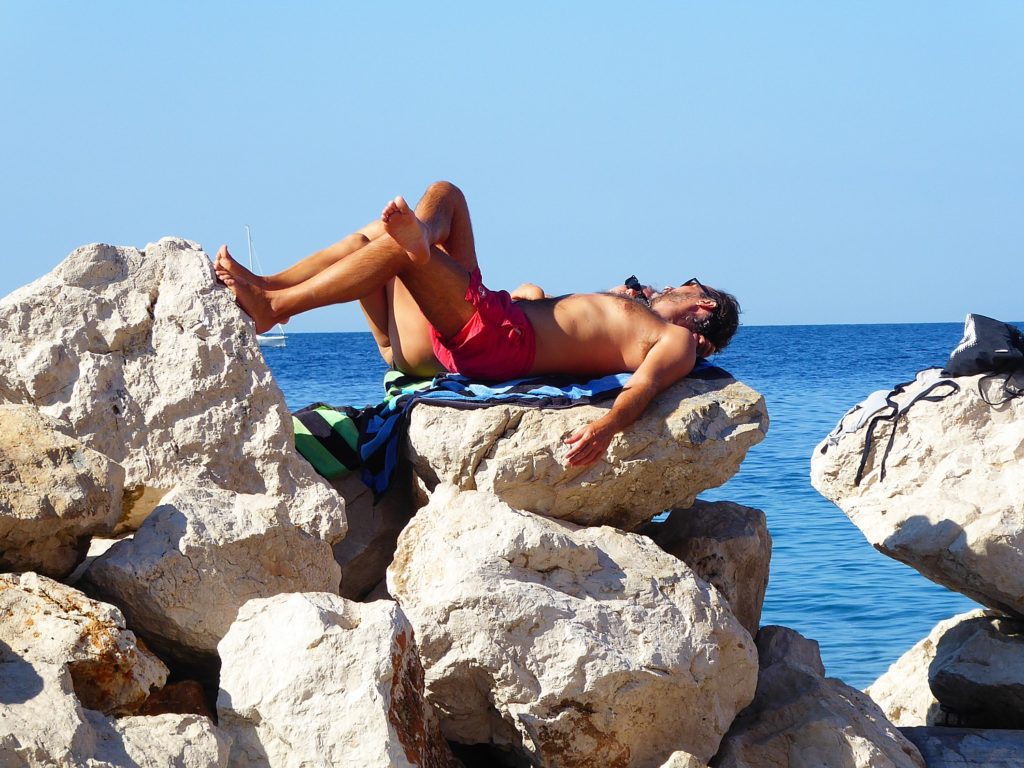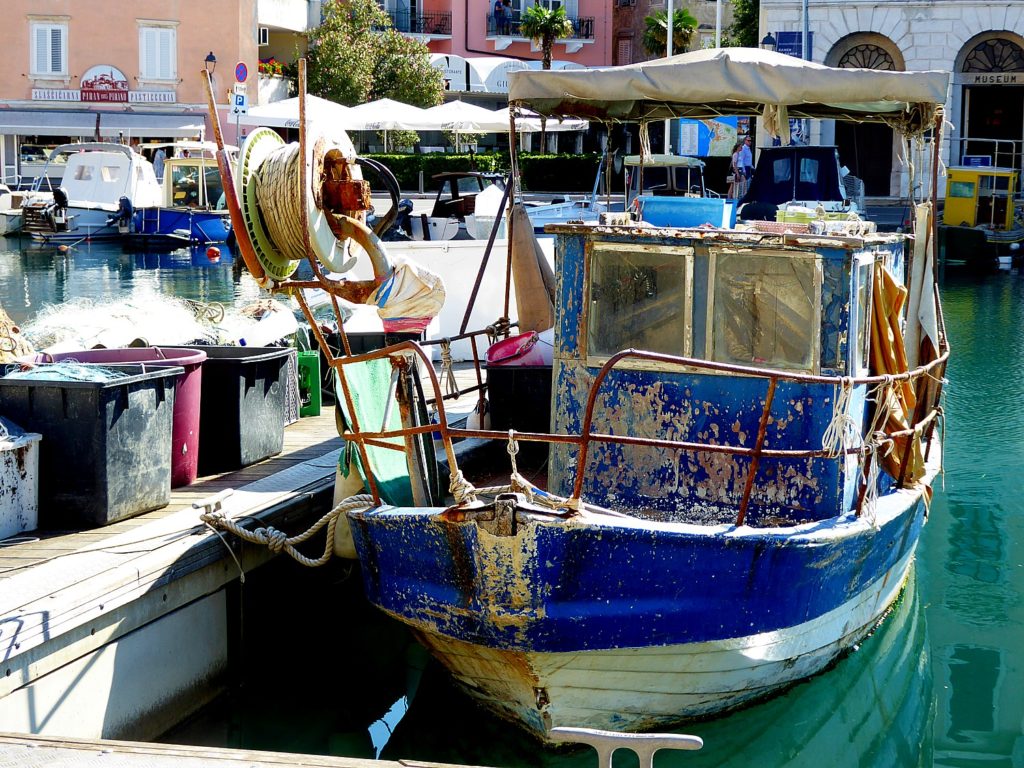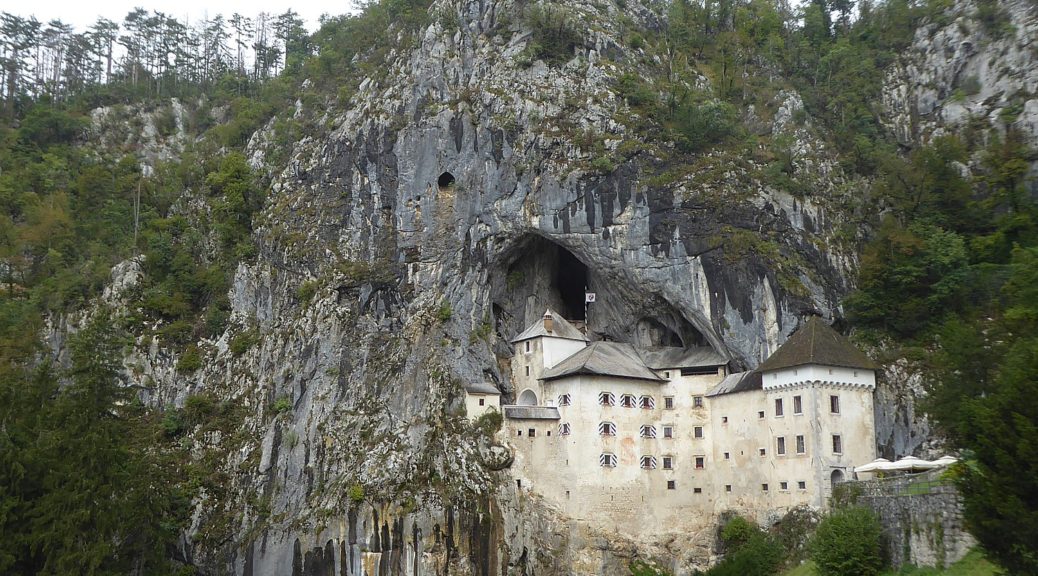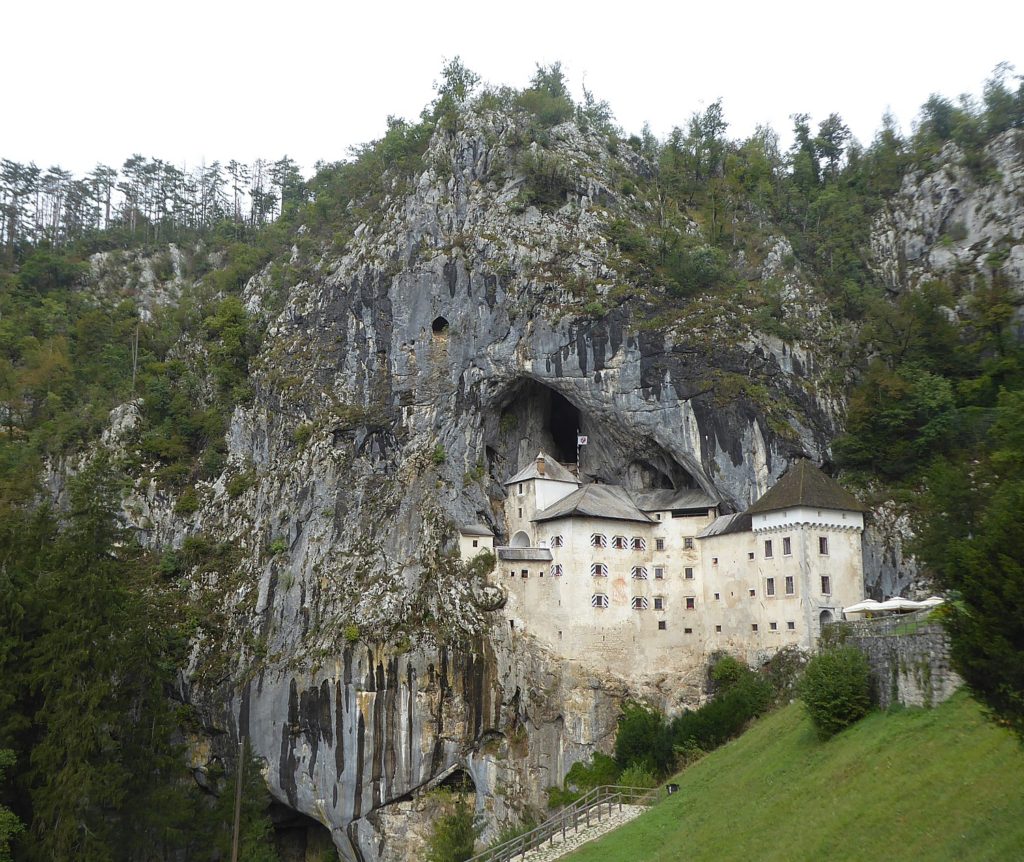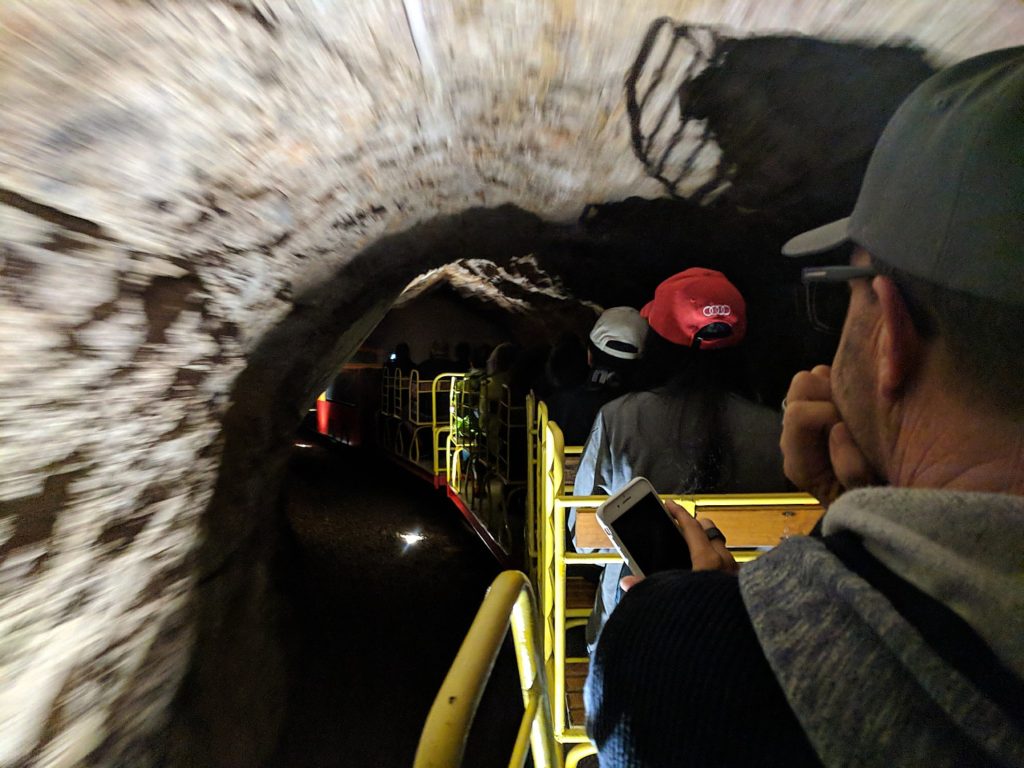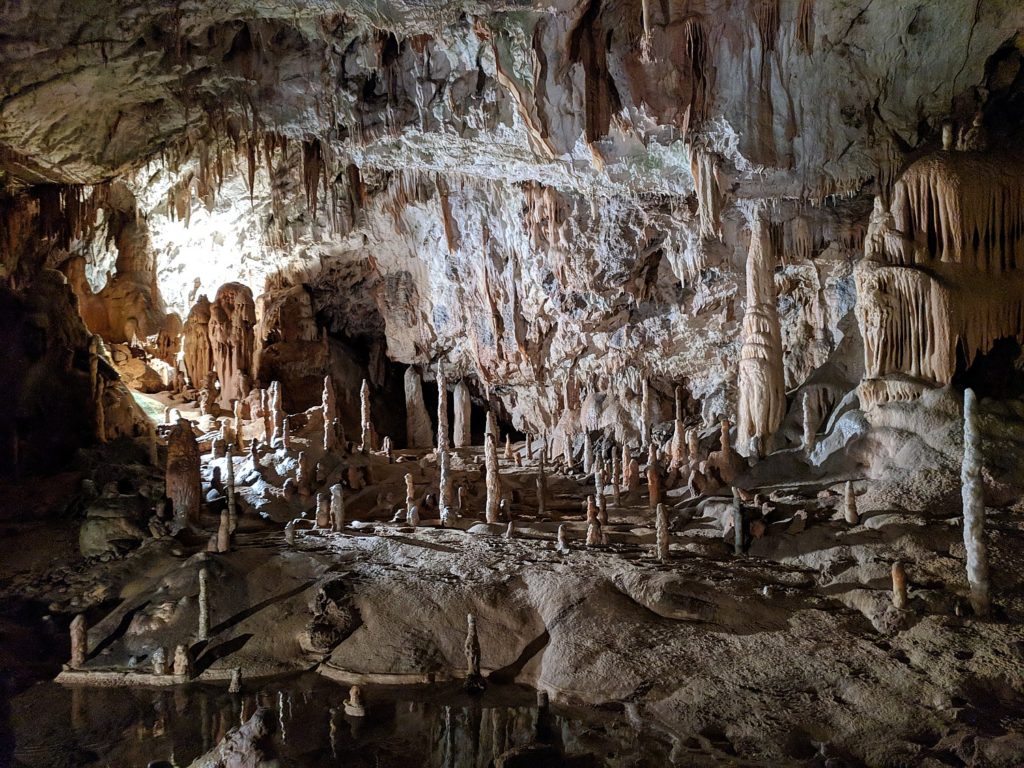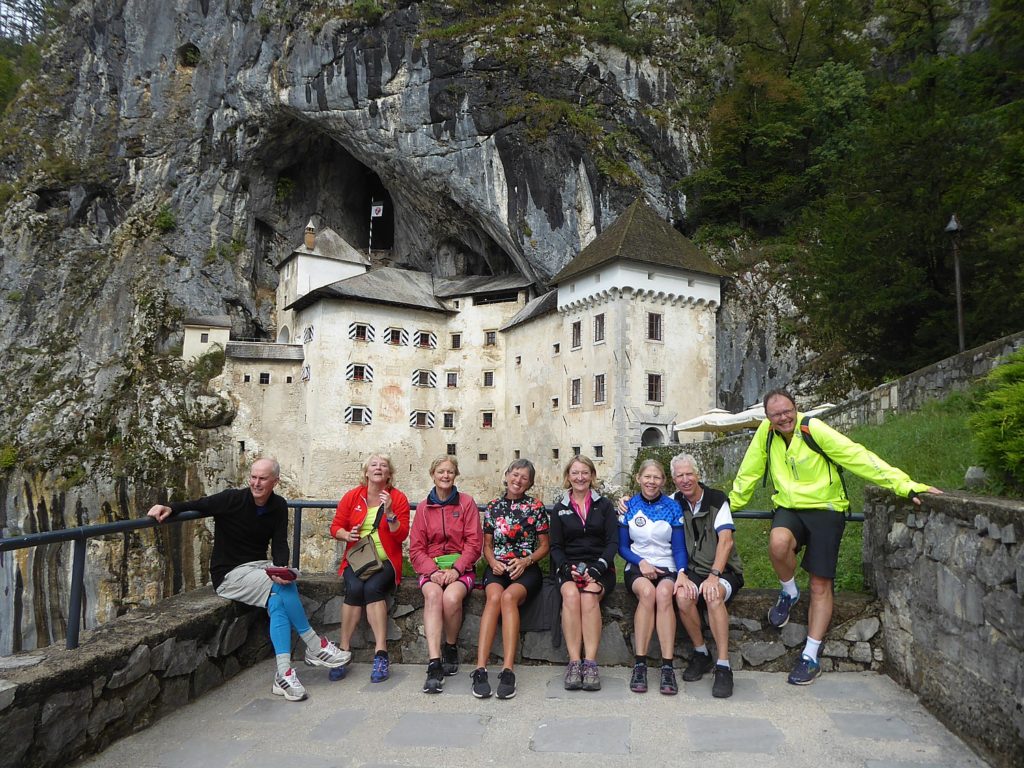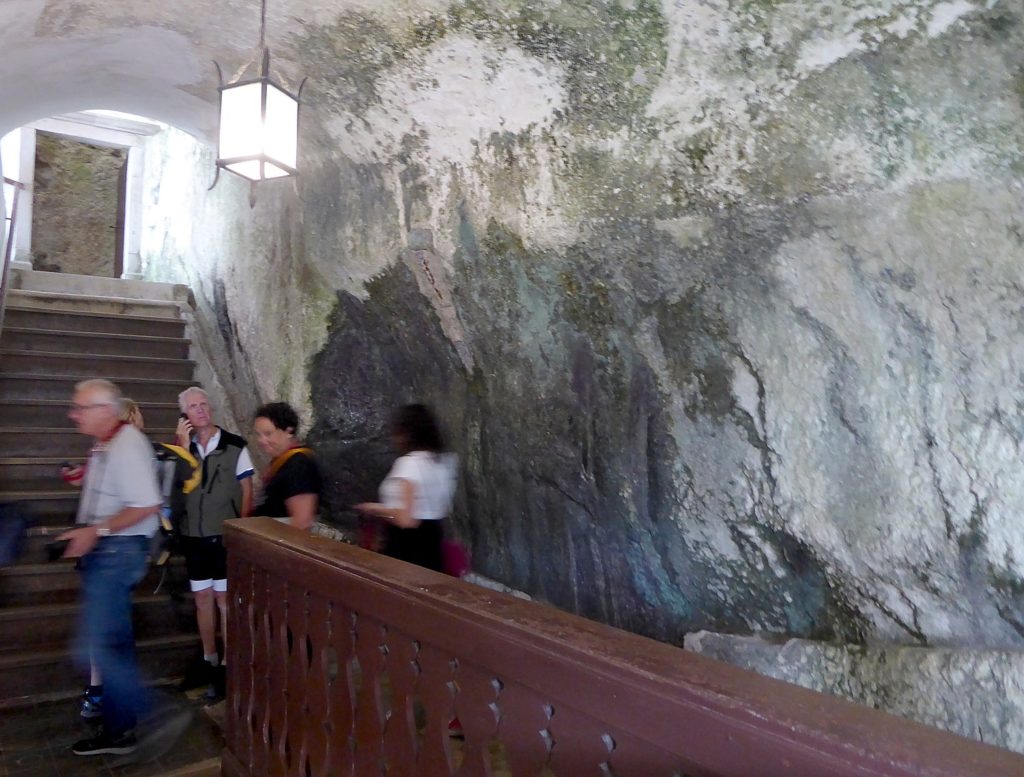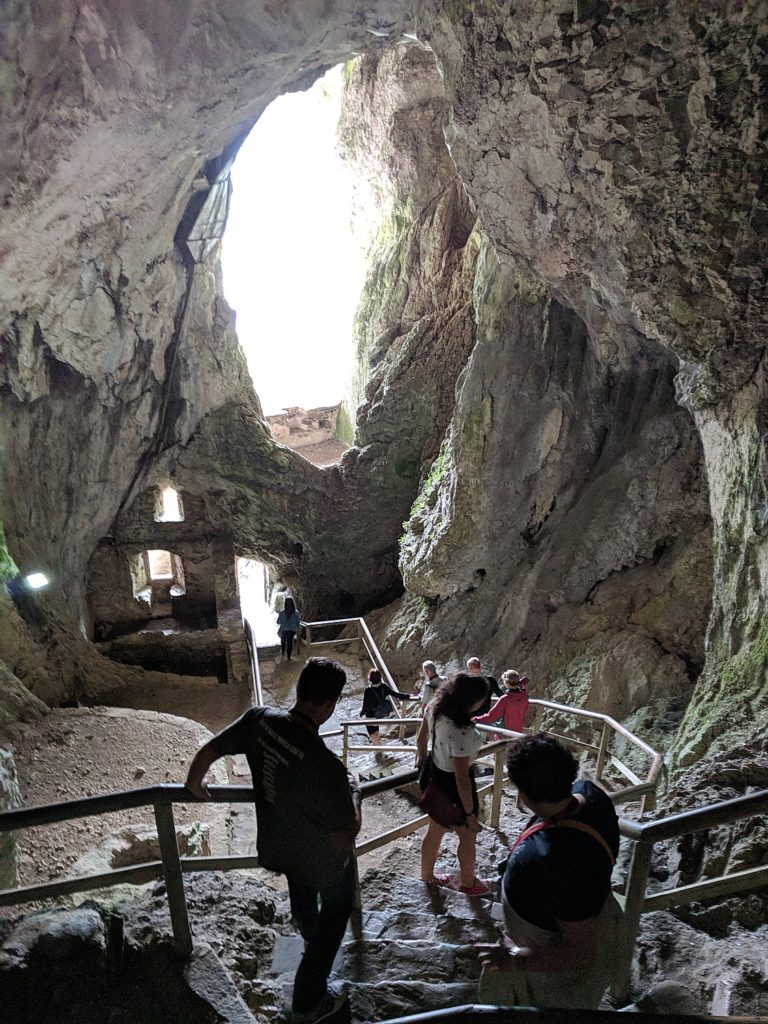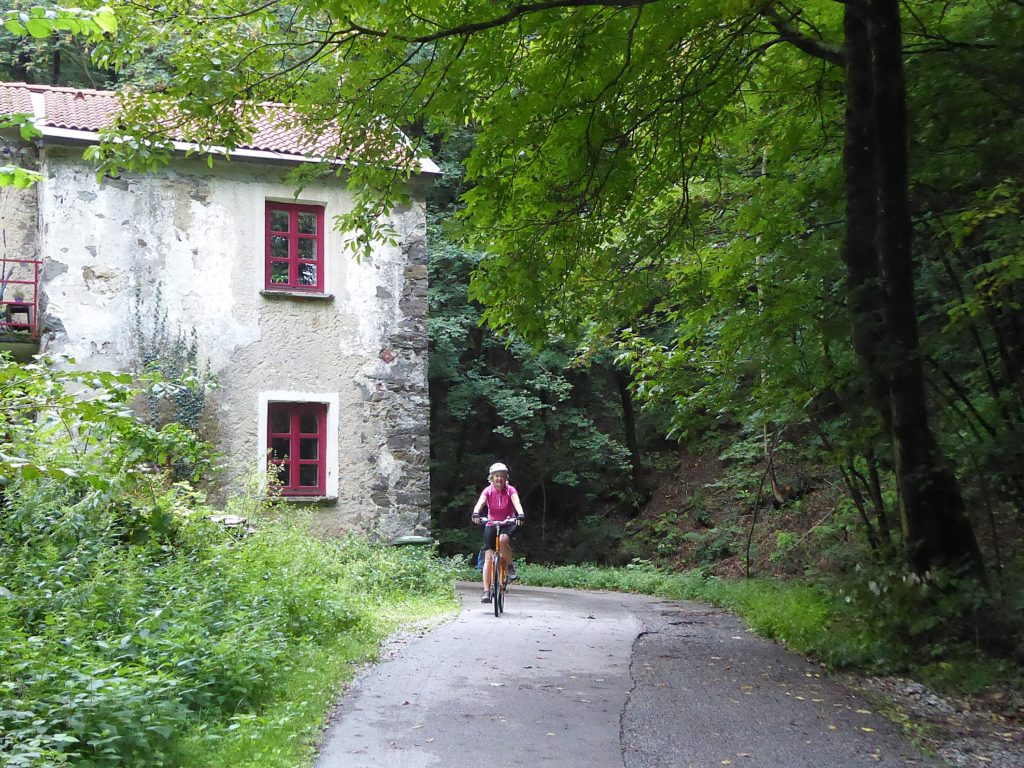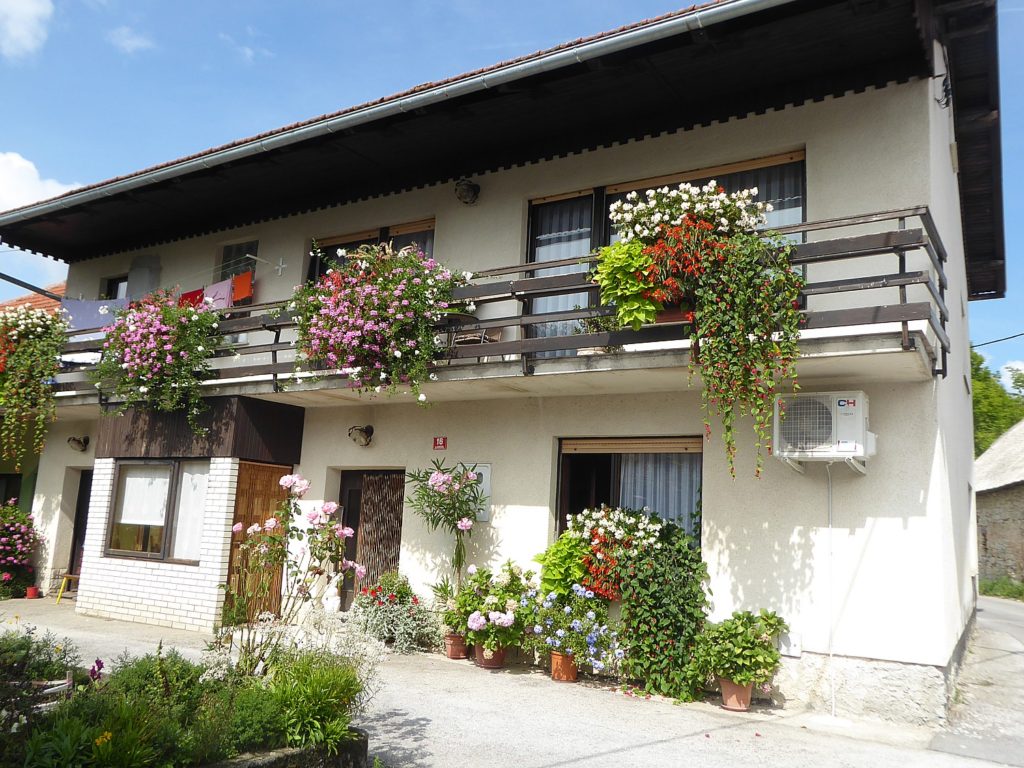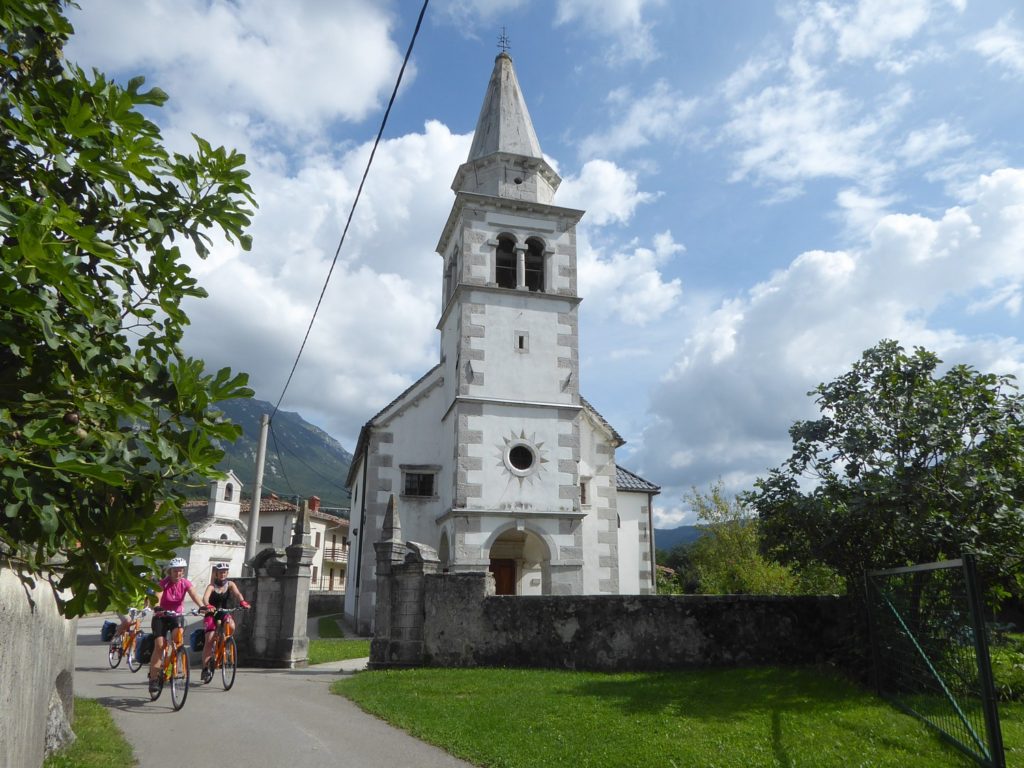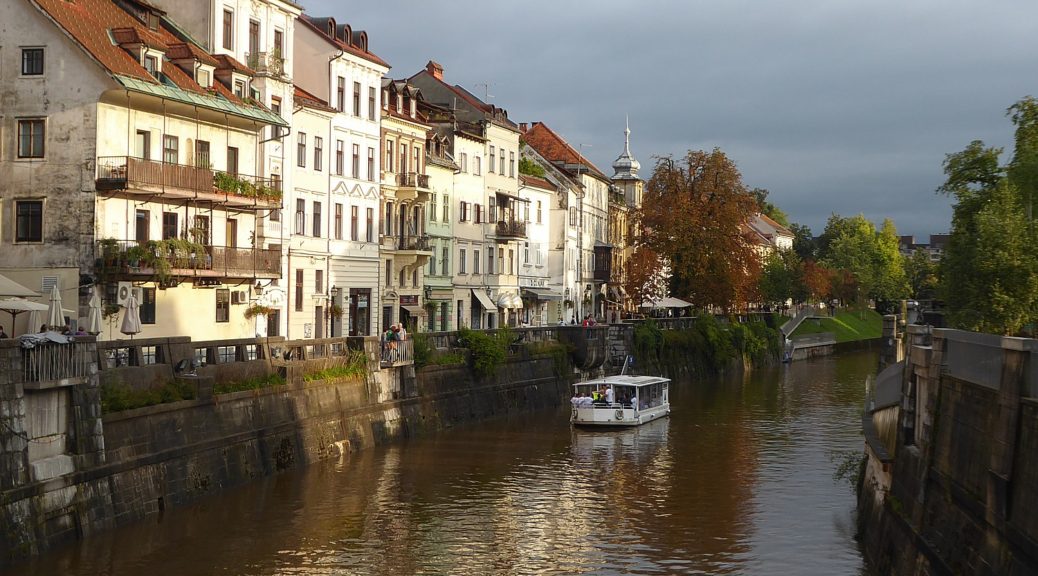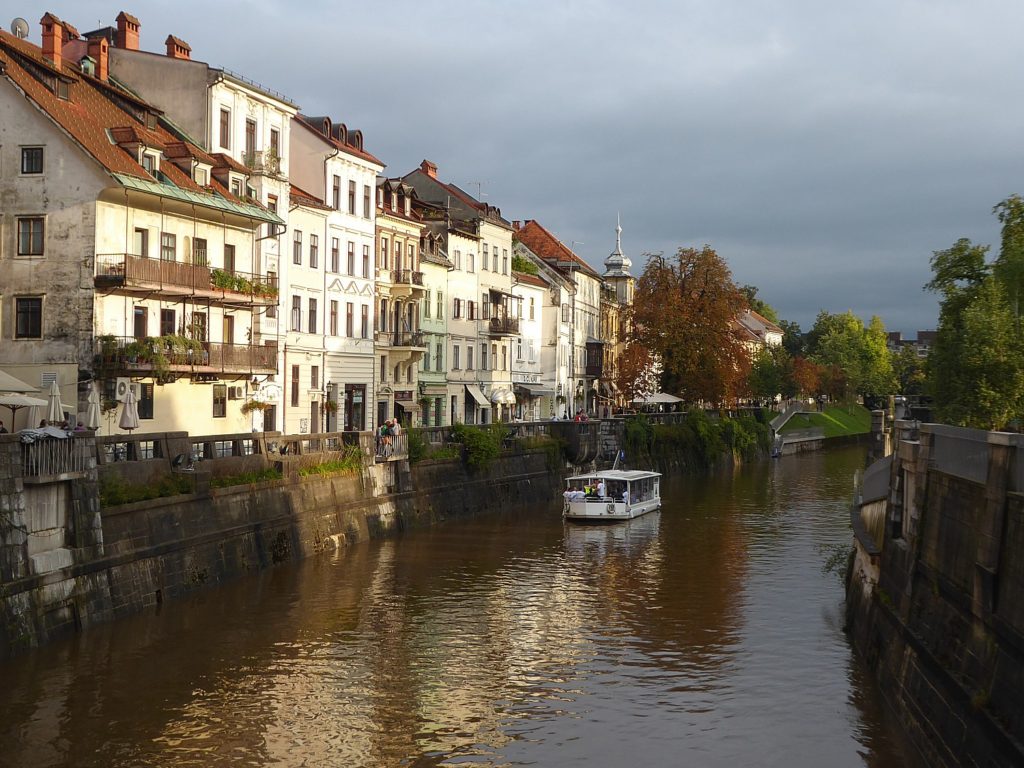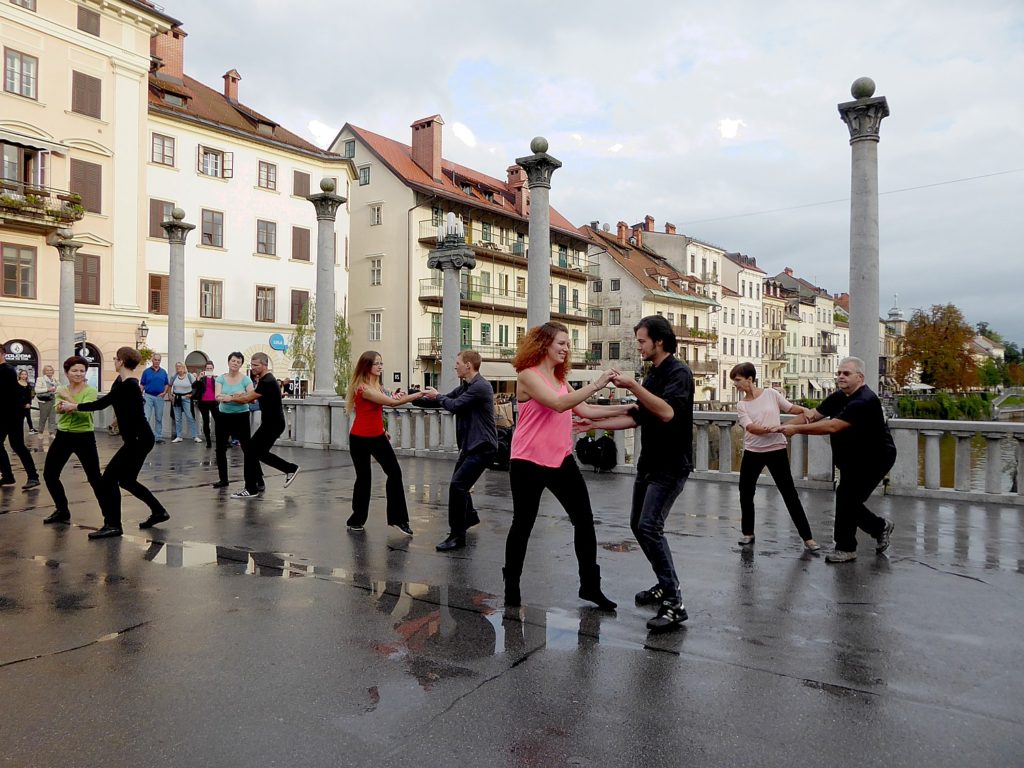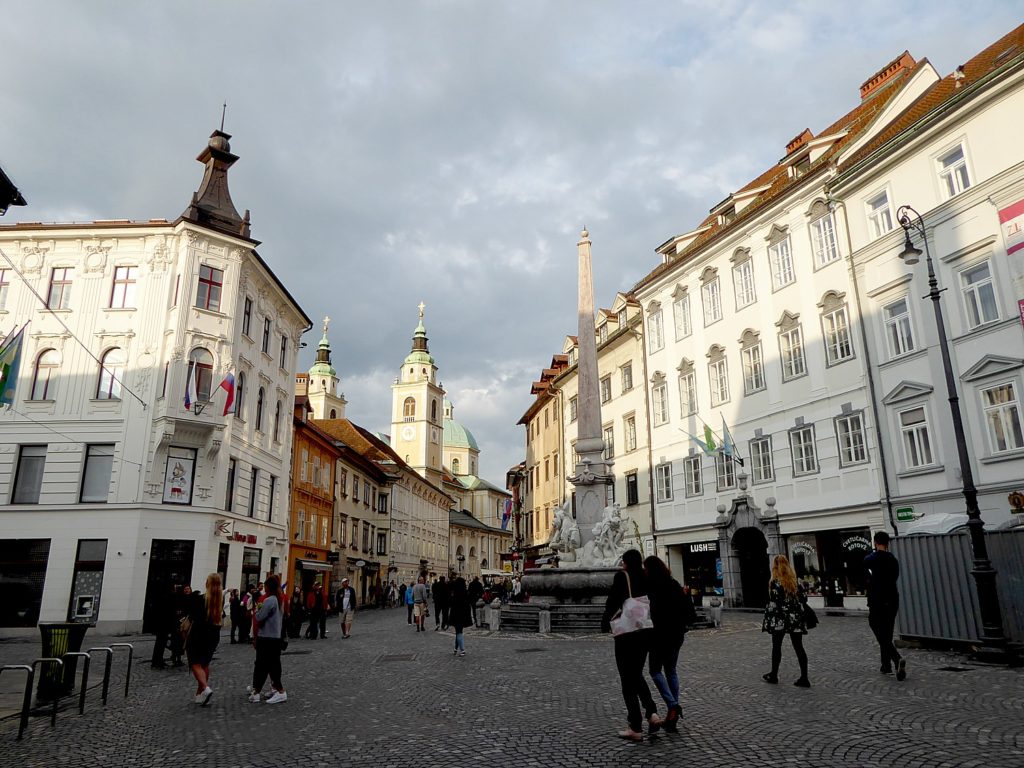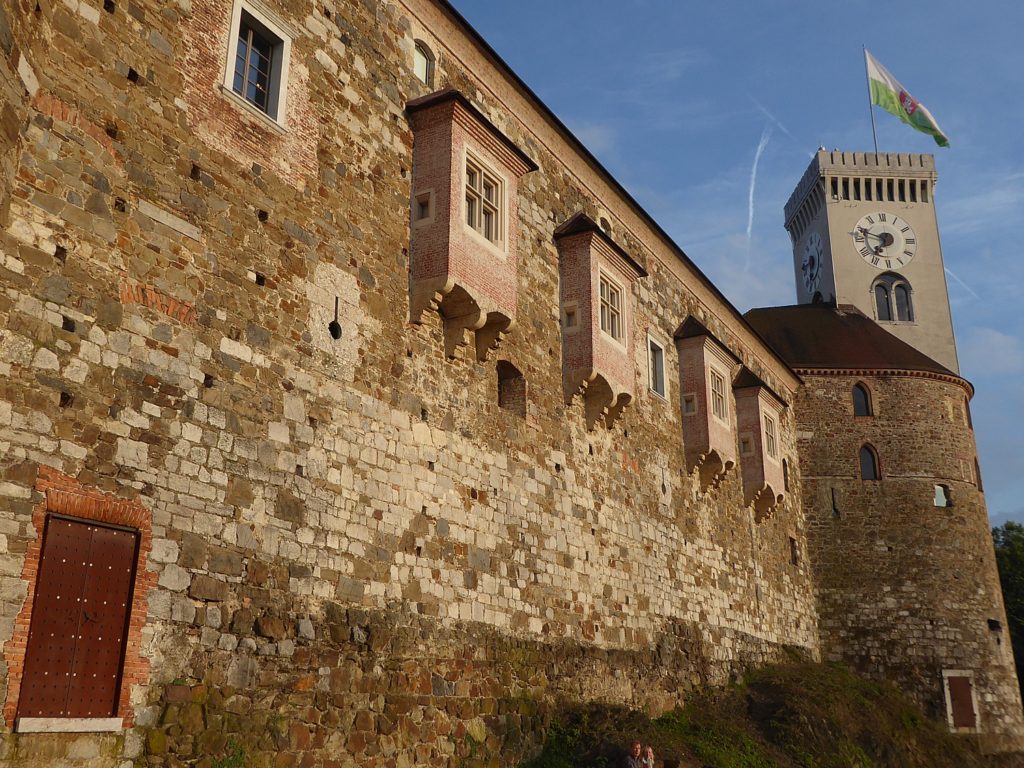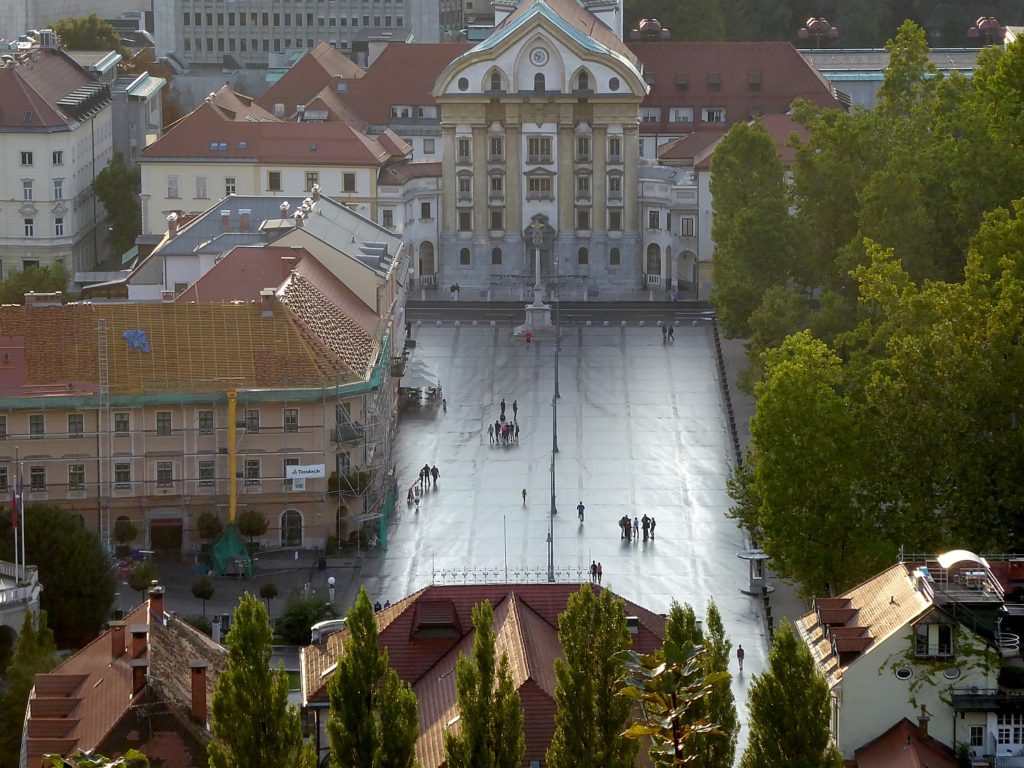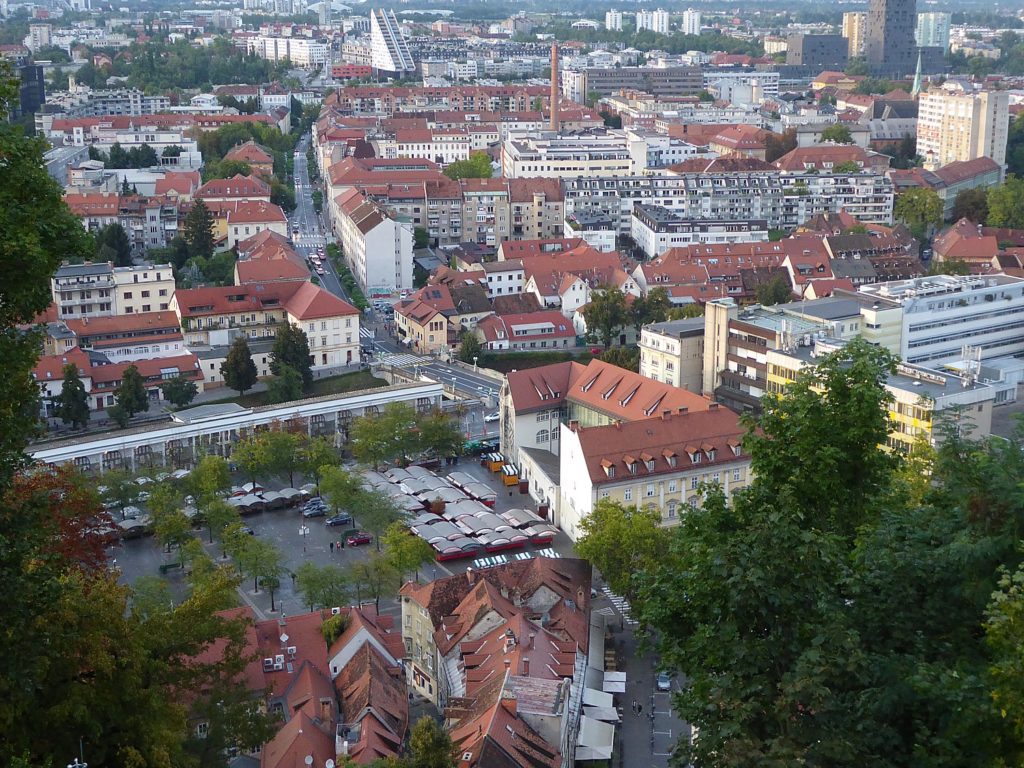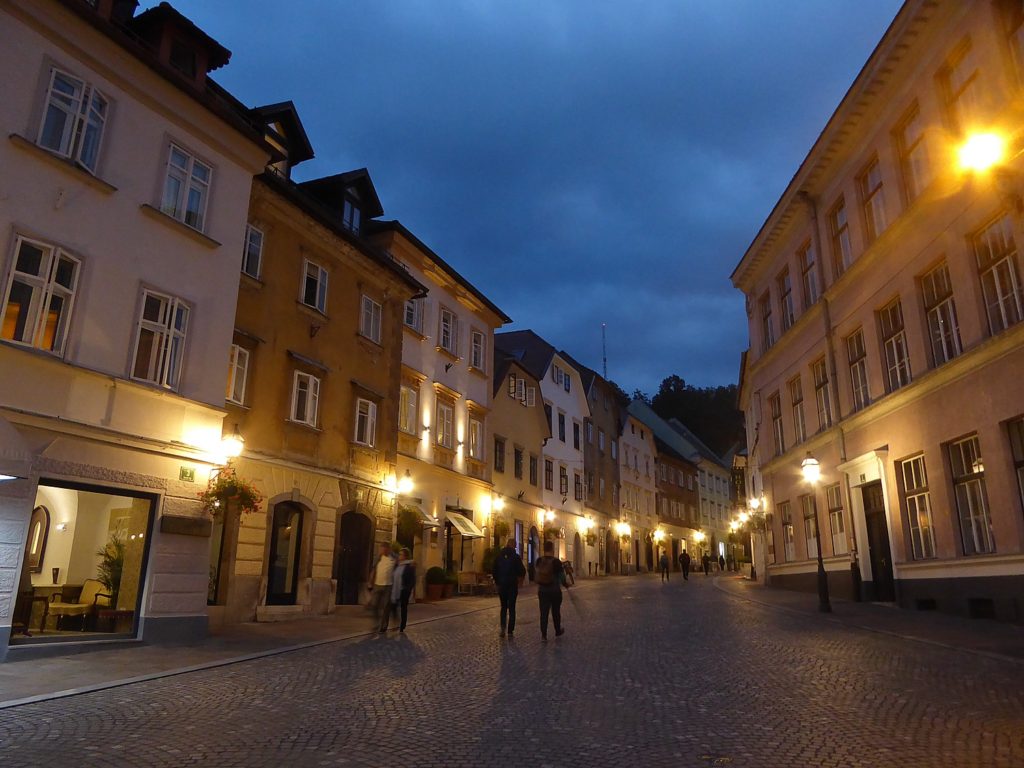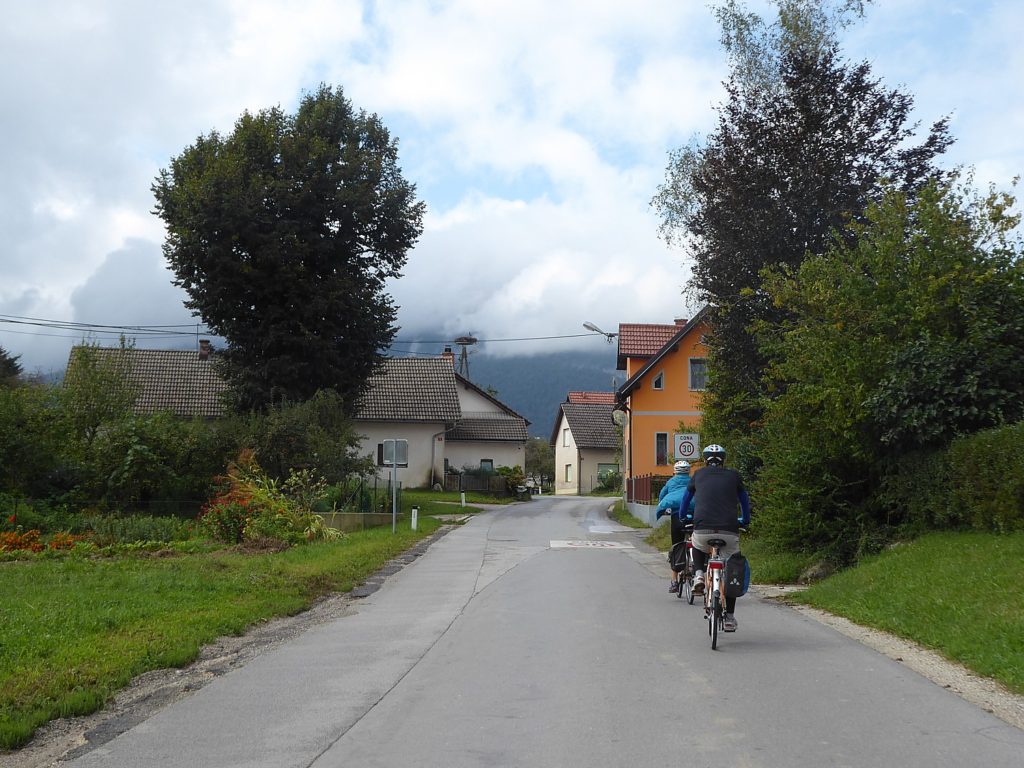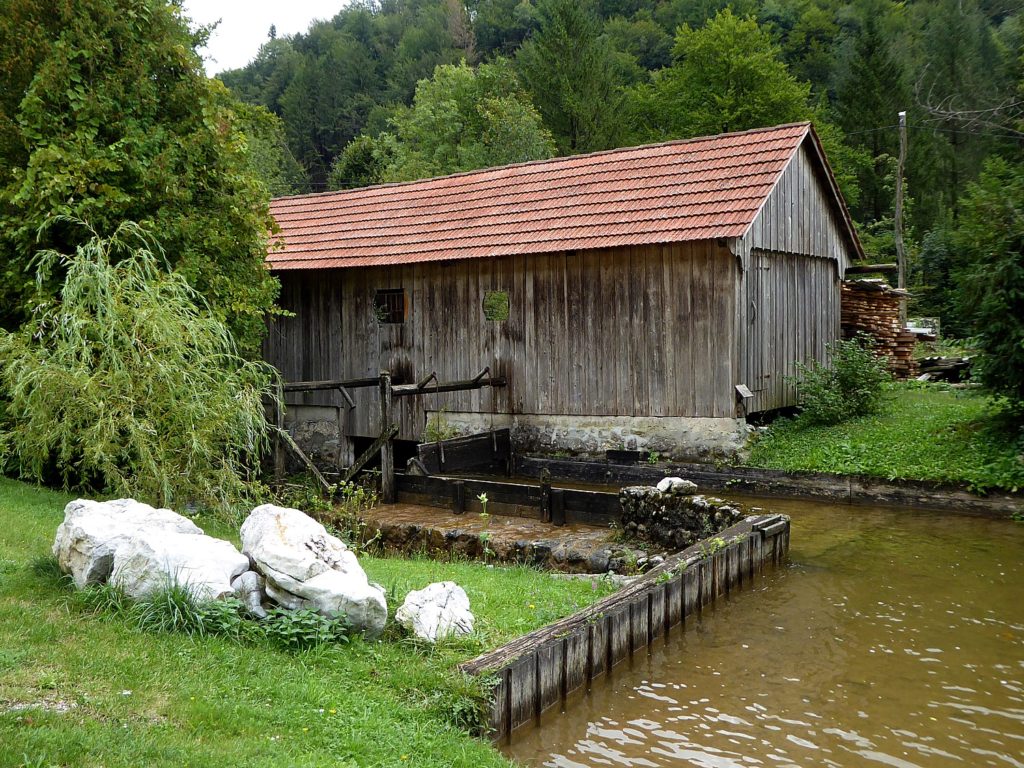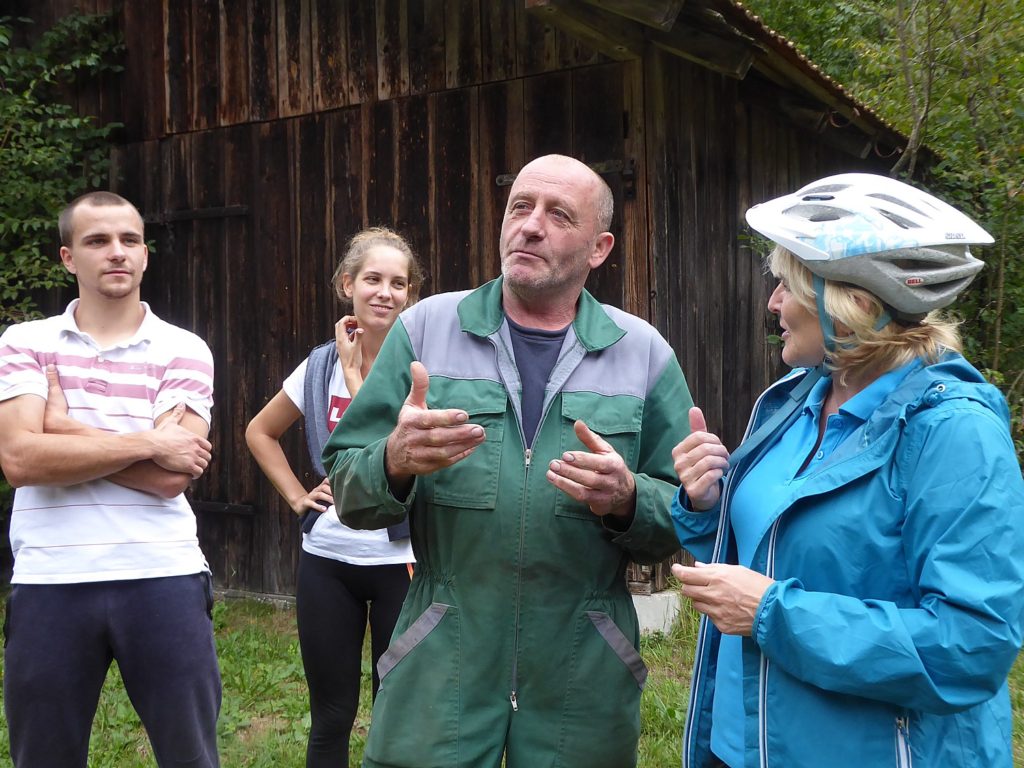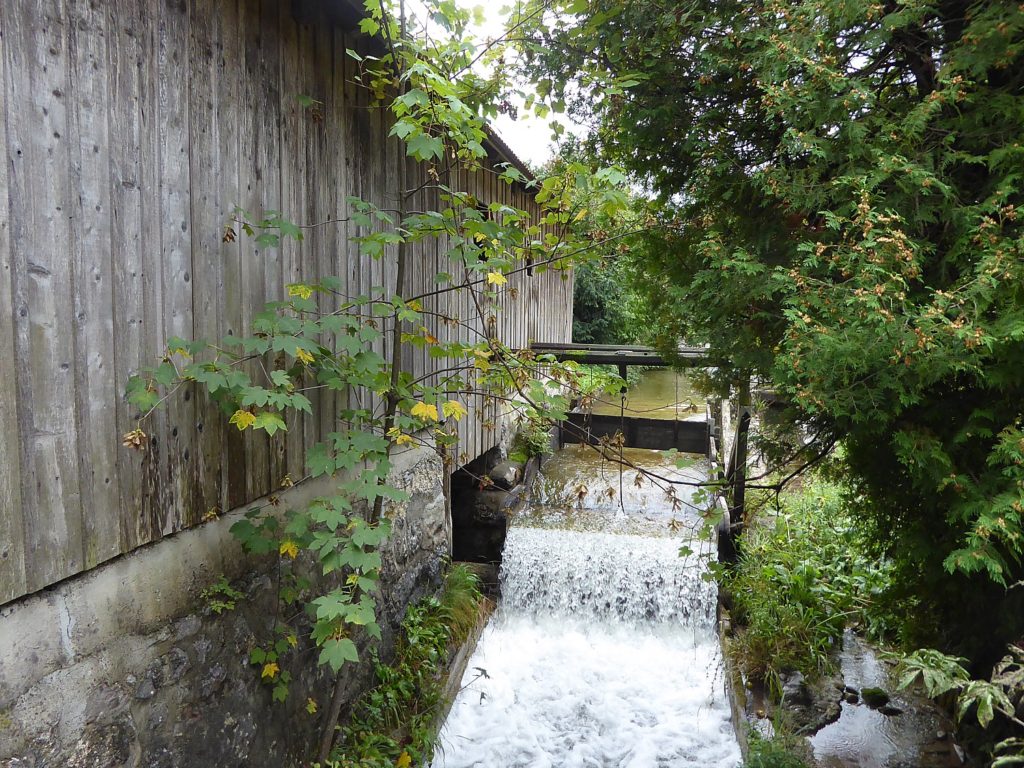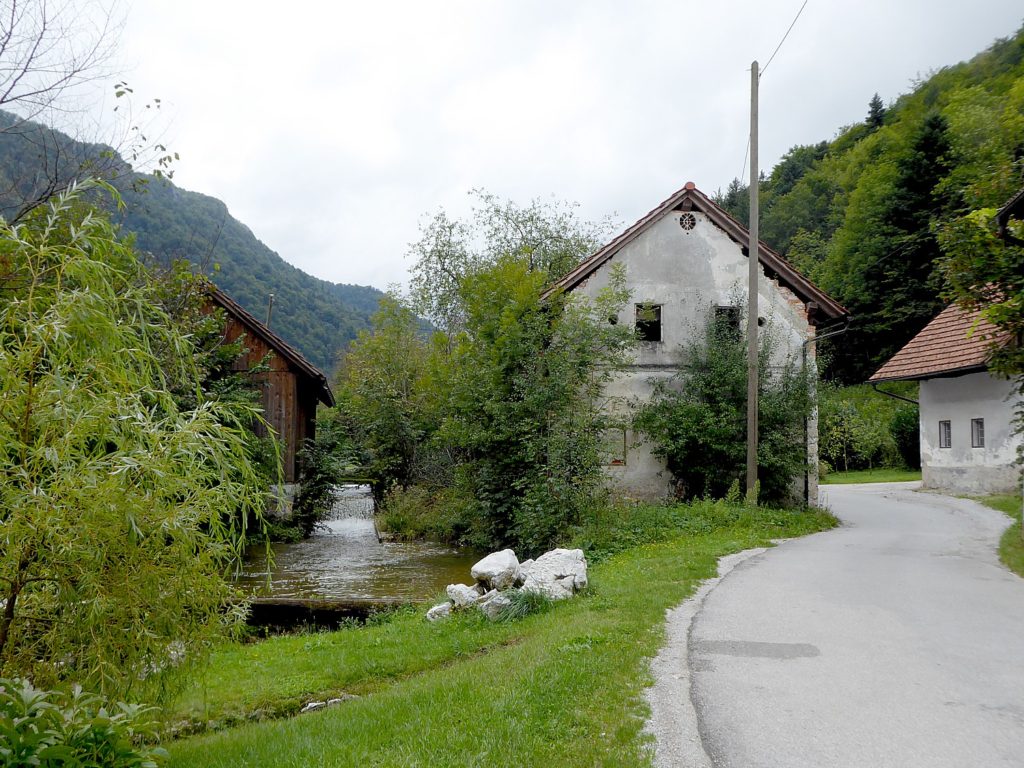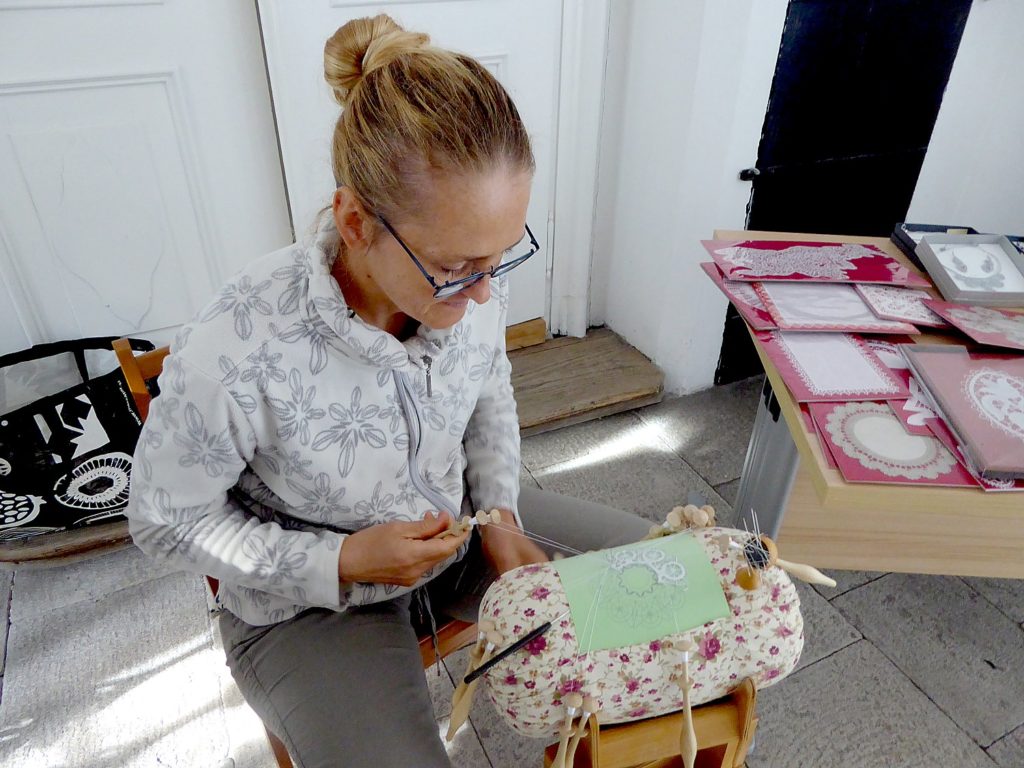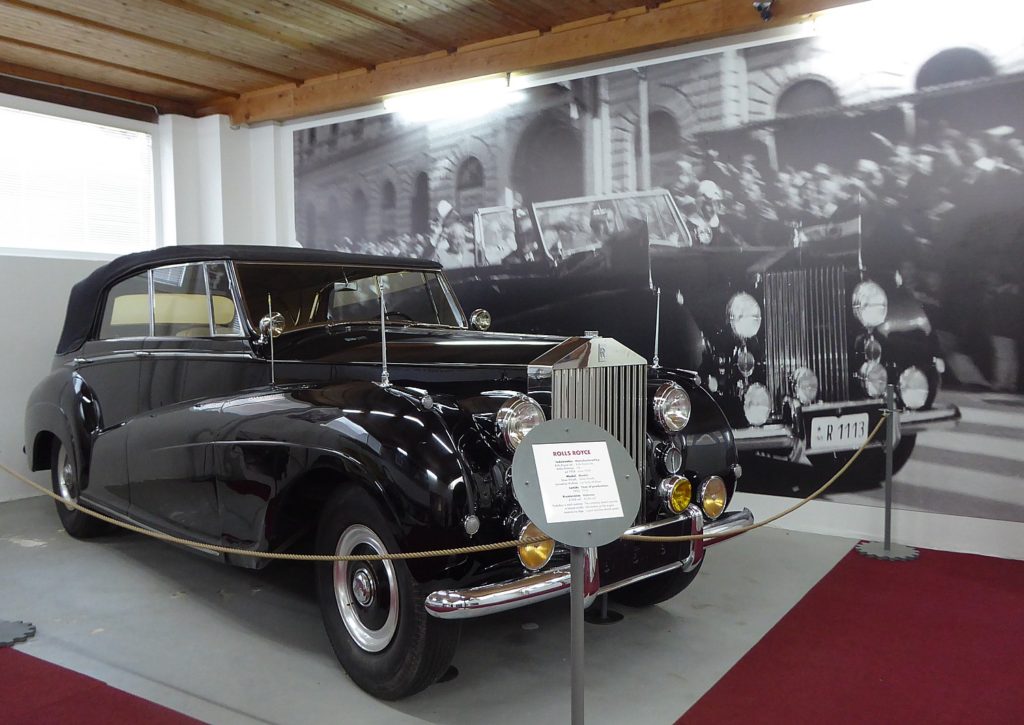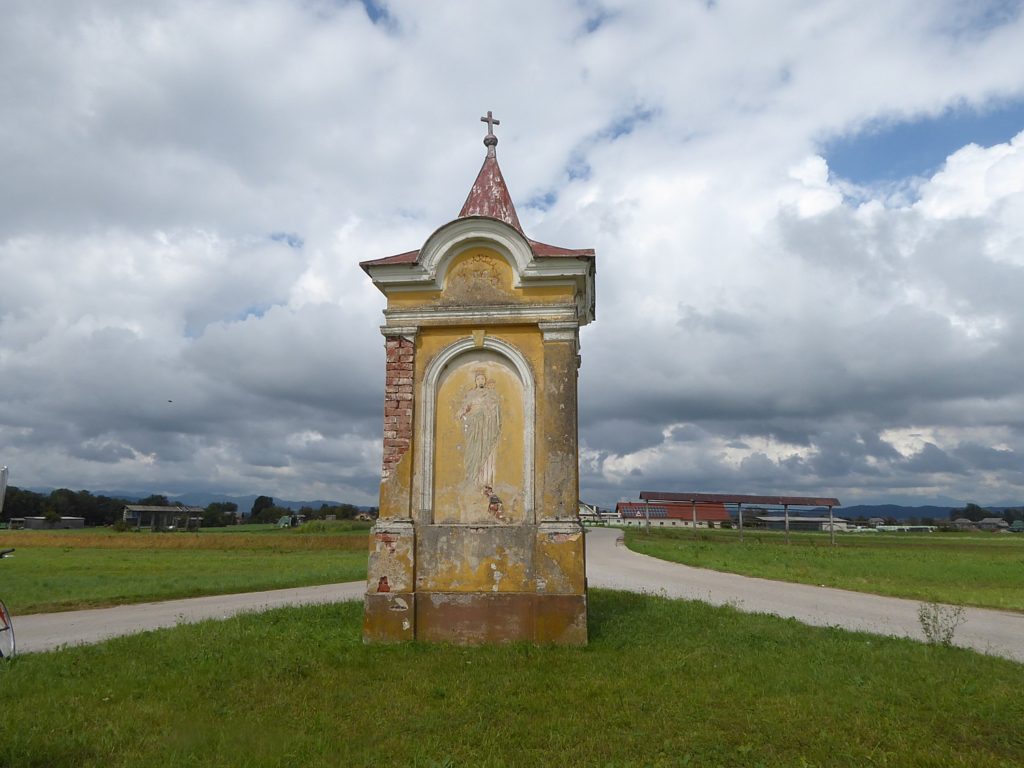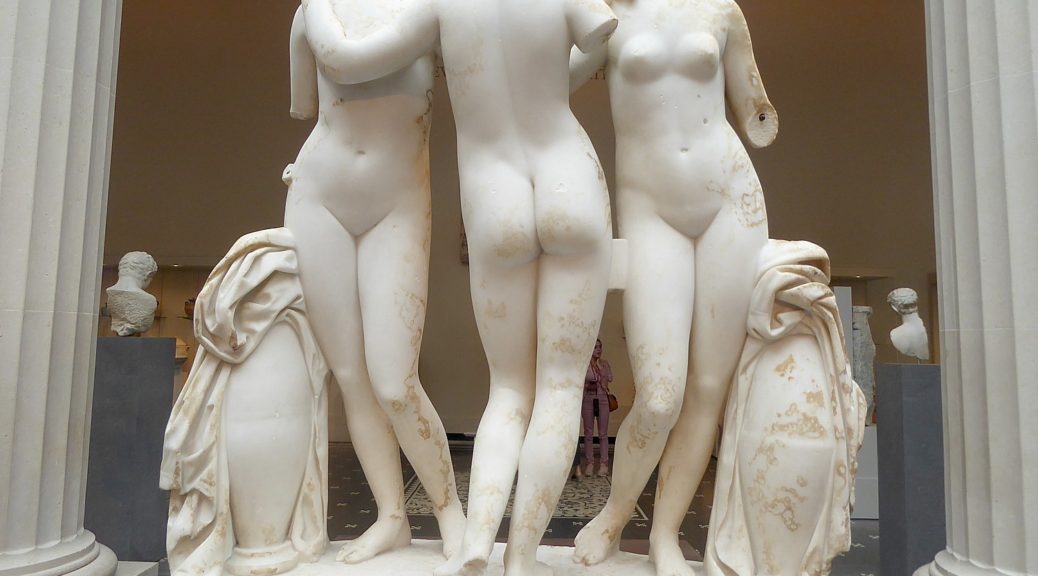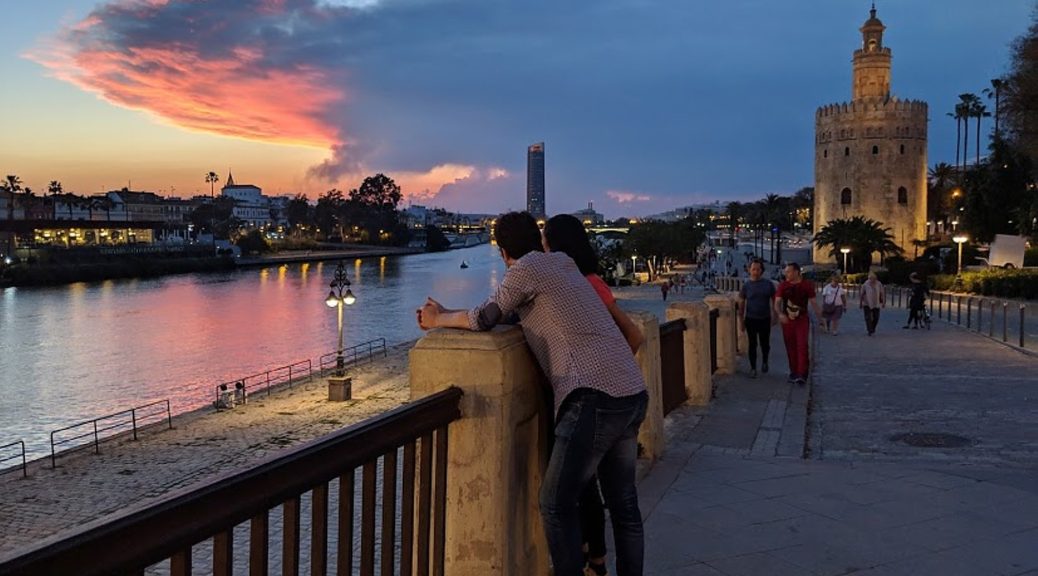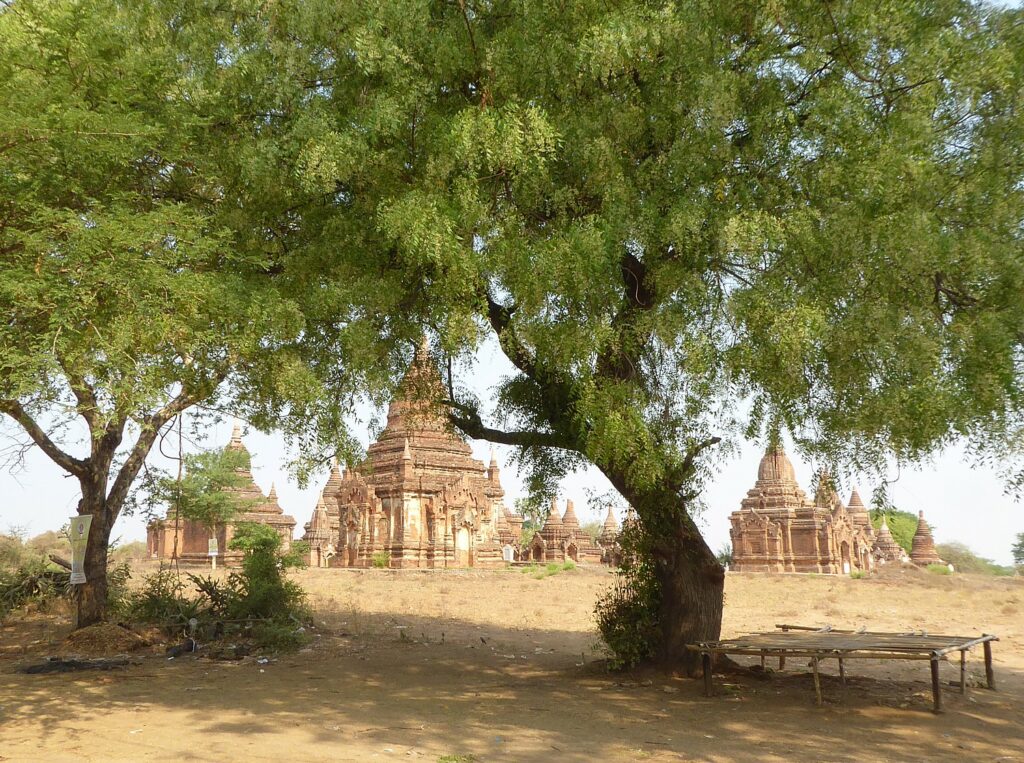
by Karen Rubin, Travel Features Syndicate, goingplacesfarandnear.com
Having set out from Yangon, Myanmar on our Par 5 Challenge on the Global Scavenger Hunt, a 23-day around-the-world mystery tour in which we solve scavenges to amass points in order to win the title, “World’s Best Travelers,” we arrive at Bagan airport.
Moments after arriving at the Bagan airport in Myanmar (and paying the mandatory ticket to the archaeological zone, 15,000 Kyat, or $12), we see why Bagan was only this July was named a UNESCO World Heritage Site: known as the city of Temples, Bagan has more than 2,000 Buddhist temples and pagodas within 16 square miles, its ancient ruins rival Angkor Wat in Cambodia, though in Cambodia, the prevailing colors seem grey and green, while here, they are the red, orange and beige of sandstone. Temples here are as common as skyscrapers in Manhattan, dotting the plain.
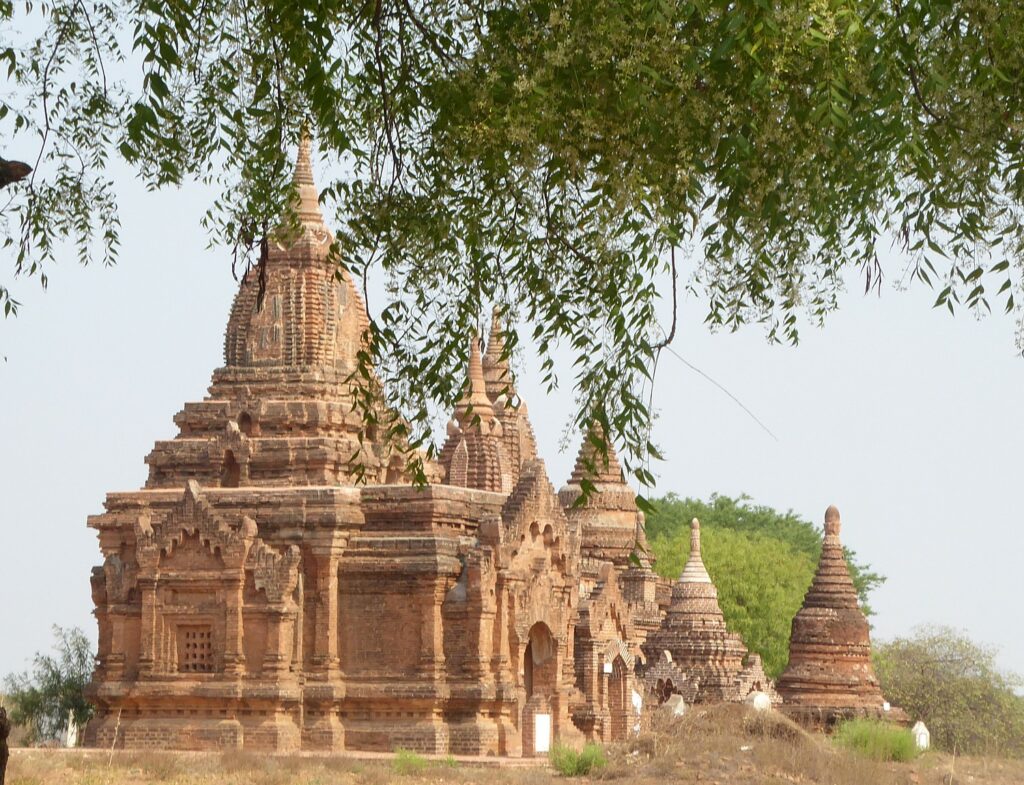
The profusion of temples is astonishing. The stunning architecture and the fact that they are centuries old is mind-boggling. On top of that, you realize they have survived earthquakes as recent as 2016 when nearly 200 temples were damaged by a 6.8 magnitude quake.
Considering that Myanmar was shut off from the world for 60 years, only reopening since 2011, Bagan is still relatively unknown and draws fewer tourists than so many of the world’s great archeological sites that are endangered by their very popularity. In Bagan, you have the feeling of discovery and authenticity. Here, local worshippers vastly outnumber Western visitors and you can be immersed in the rituals.
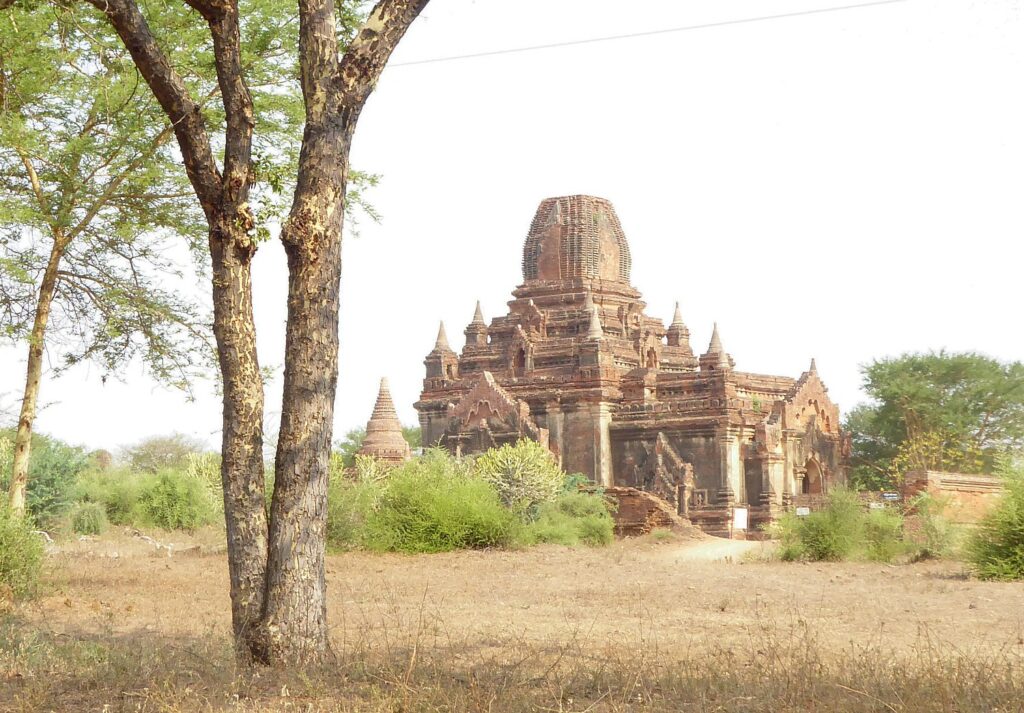
There are so many temples, some are just out in overgrowth that makes you think of fairy tales with the castle buried by a forest. Some of the most breathtakingly beautiful architecture comes immediately as we set out. We stop the taxi to explore.
Luen, the taxi driver who takess us from the airport, is a delightful man who speaks English very well, and immediately expresses appreciation for us coming to visit his country. On our way to the hotel, he stops where we ask to take pictures. We decide to hire him to take us around and make an appointment for him to come back at a certain time. (Had we been competing for points and to win the crown, we wouldn’t be allowed to hire a taxi for a whole day or use the driver as a guide).
The hotel, Aye Yar River View Resort in Old Bagan, inside the city walls, which I booked on hotels.com, is absolutely lovely – walking distance to several of the places I want to visit (such as the Archaeological Museum) and some of the temples, with an absolutely lovely pool (so welcome in the heat that exceeds 100 degrees), and open-air restaurant.
But instead of racing out to start on the scavenges as other teams have done (some racing from the airport to Mount Popa, an hour’s drive away), I find myself losing a frustrating couple of hours trying to switch my travel arrangements from Mandalay to Inle Lake. Making the reservation on the overnight bus (first class!) to Inle Lake turns out to be easy on the JJ Bus website, www.jjexpress.net); booking the hotel which I select from the list Bill Chalmers, the Global Scavenger Hunt organizer and ringmaster, has provided, on hotels.com is a cinch, but the flight to get back to Yangon on Saturday in time for the 6 pm deadline in is the real problem. Because of the national holiday, I can’t get through to the airline itself, not even the hotel manager who does her best, in order to change my booking on Golden Airlines from Mandalay. I can’t even book a new flight. But finally, I make the booking through an on-line agency.
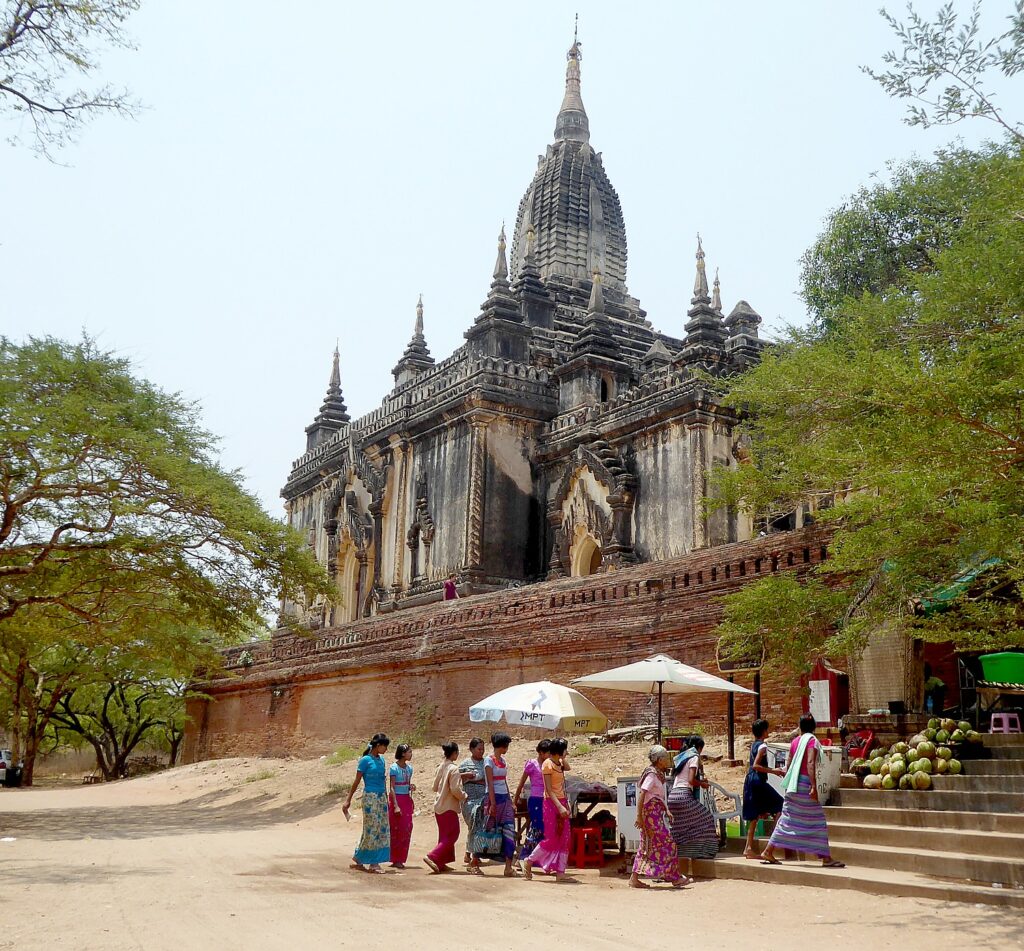
While the others are having lunch, I only have to stroll out the front gate of the hotel to come upon temples and archaeological sites. I wander over to the Shwe-gu-gyi Hpaya (temple), which the sign (in English) notes was built by King Alaungsithu in 1141. The temple is built on a high platform, topped by a sikhara, or curvilinear square-based dome and has a projected porch, or vestibule.. A stone inscription describes the merit of King Bayinnaung in 1551.
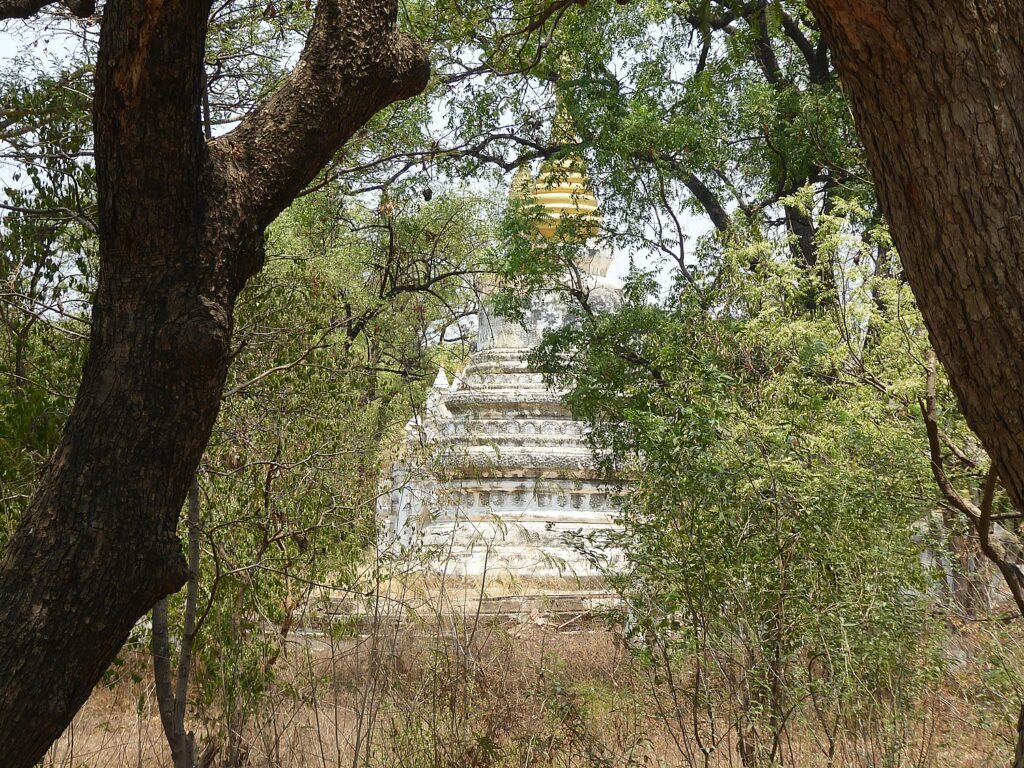
Also in this immediate vicinity, walking distance from the hotel are: Mahabodhia Pagoda (1215 AD); Shwe Hti Saung Pagoda (11th C), Saw Hlawhan Pagoda (598 AD), and the Lacquerware Museum.
I take note of a tourism school and a sign that says, “Warmly Welcome & Take Care of Tourists.”
Finally, we set out with our taxi driver, San Luen, to visit some of the notable temples (there are 2,000 in Bagan) – we only have a day. It’s 108 degrees (116 with heat index). We set out initially following some of the scavenges which steer us to prime places and experiences.
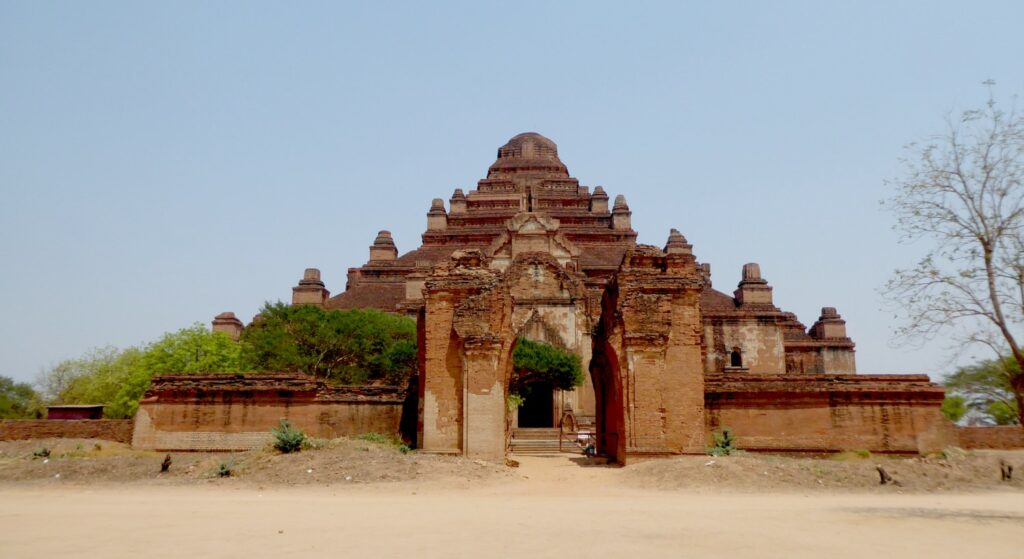
Our first stop is Dhammayangyi Temple, one of the most massive structures in Bagan and one of the most popular for visitors. It was built by King Narathu (1167-70), who was also known as Kalagya Min, the ‘king killed by Indians’. Luen drives us to a side entrance so we will have a shorter distance to walk over the extremely hot ground in bare feet (not even socks are allowed in Bagan). Here in this holy city, strict rules mean we can’t even wear slippers or socks into the temples, but have to walk over intensely hot sand and stone, baking in the 108 degree heat.

Luen calls it “the Temple of the Evil King. I later learn that Narathu ascended the Bagan throne by murdering his father, the king, and built this temple as penance. “It is said that Narathu oversaw the construction himself and that masons were executed if a needle could be pushed between bricks they had laid. But he never completed the construction because he was assassinated before the completion.” Apparently he was assassinated in this very temple in revenge by the father of an Indian princess who Narathu had executed because he was displeased by her performance of Hindu rituals.
I guess thanks to Narathu, the interlocking, mortarless brickwork at Dhammayangyi, is said to rank as the finest in Bagan.
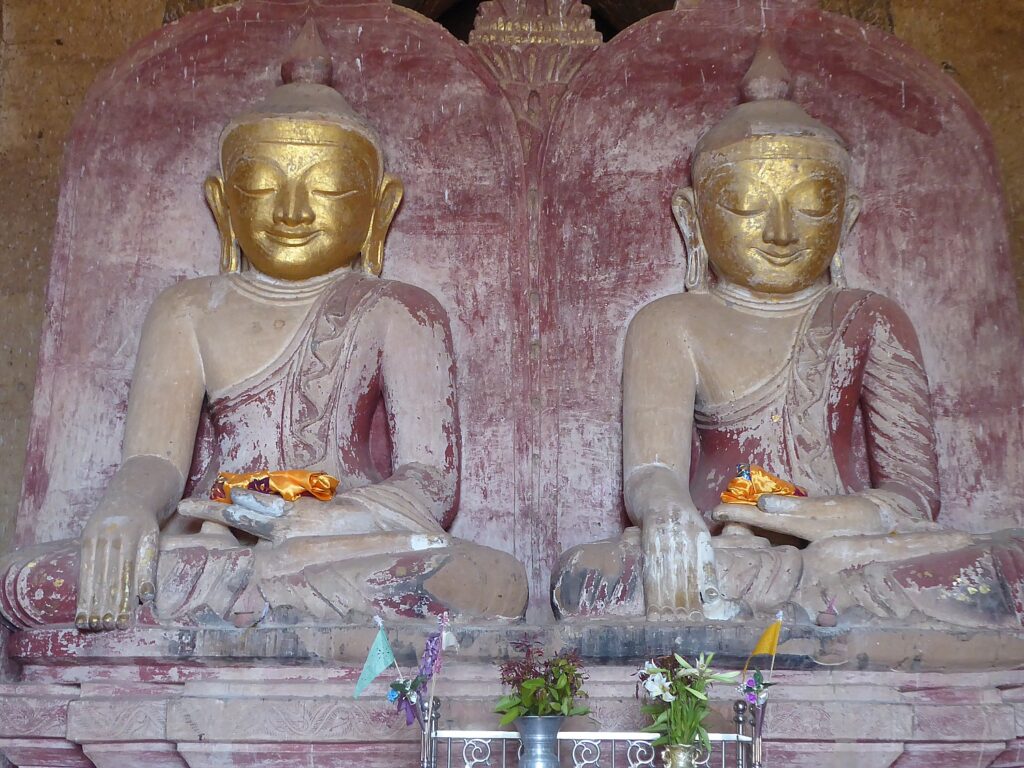
We wander about what feels like a labyrinth of narrow hallways to discover the art inside. The interior floor plan has two ambulatories. Almost all the innermost passage, though, was filled with brick rubble centuries ago. Three of the four Buddha sanctums also were filled with bricks. What we see in the remaining western shrine features two original side-by-side images of Gautama and Maitreya, the historical and future Buddhas – they are magnificent.
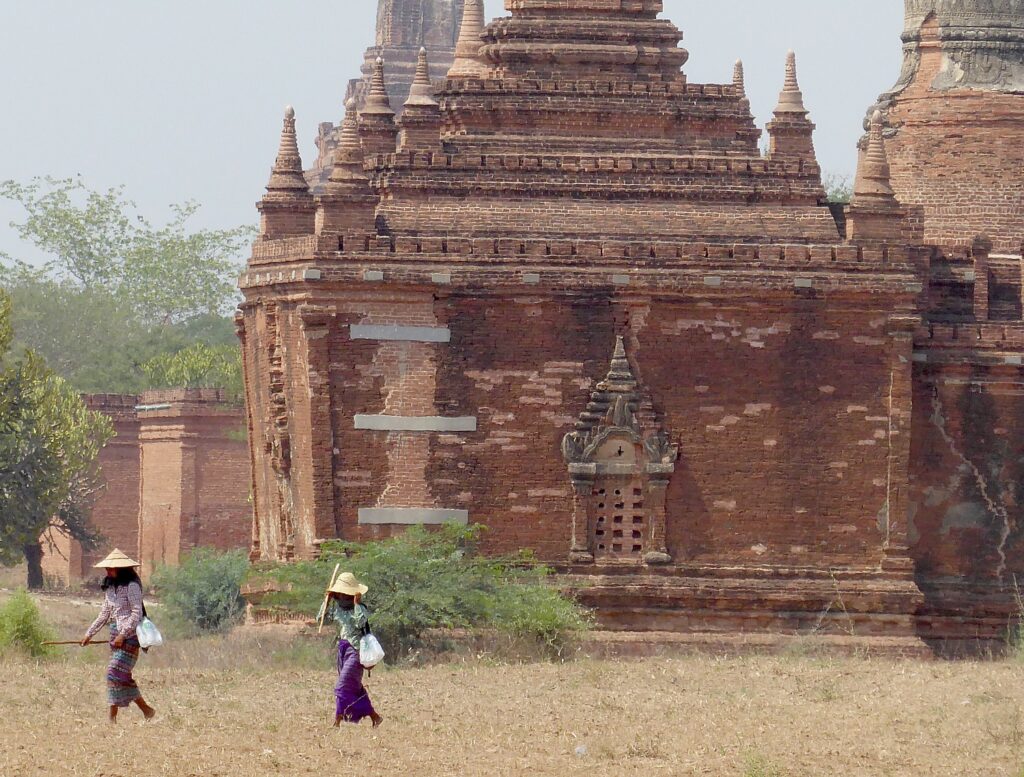

Coming out of the temple, we come upon some of the most wonderful pastoral scenes of women leading a herd of goats, temples in the background.

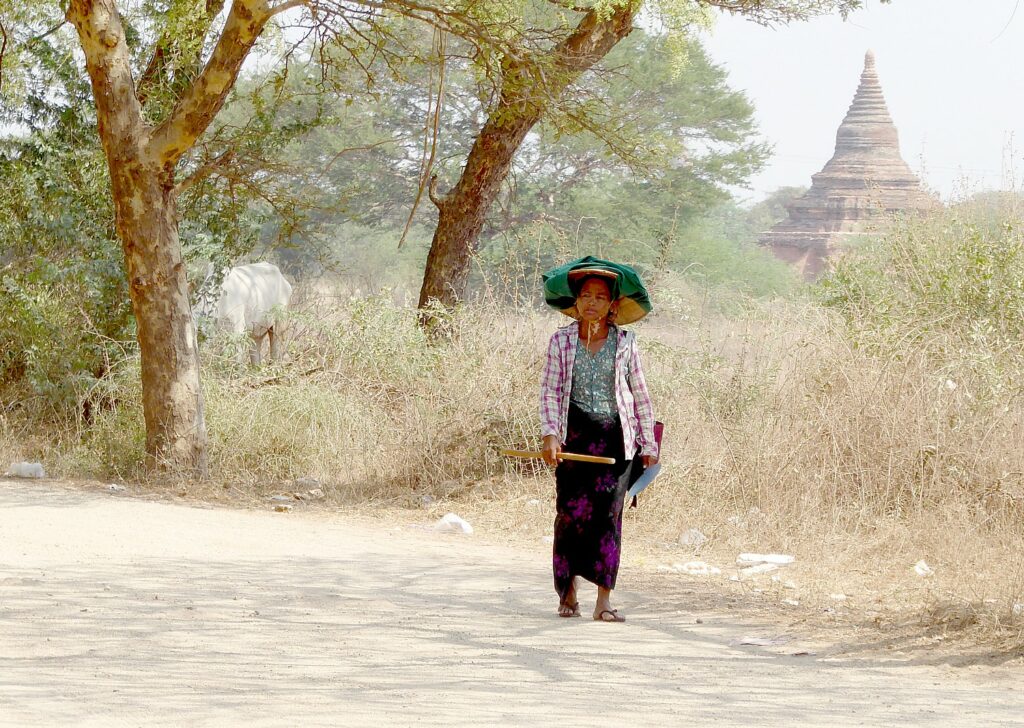
A short distance away is another temple, Sulamani Phaya, “The Ruby of Bagan”, which dates from 1183 AD. Considered the most frequently visited temple in Bagan, the Sulamani was built by King Narapatisihu, who found a small ruby on the ground on the Bagan Plains and built a temple in its place. A description notes, “The word Sulamani means ‘small ruby’ and is a fitting name for this sand-orange and elegant ‘crowning jewel’.The temple is surrounded by a high wall; its layers of terraces and spires give the structure a mystical fairytale appearance. Inside, intricately carved stucco embellishments adorn the doors and windows.”
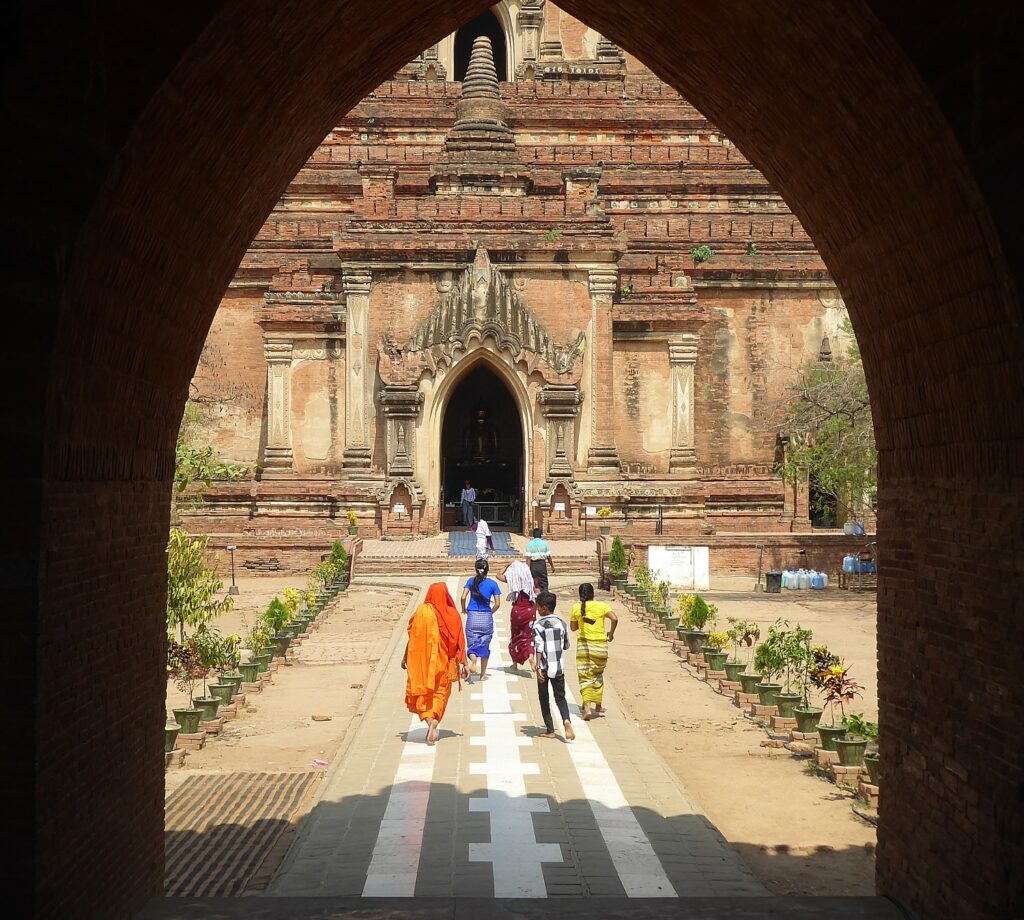
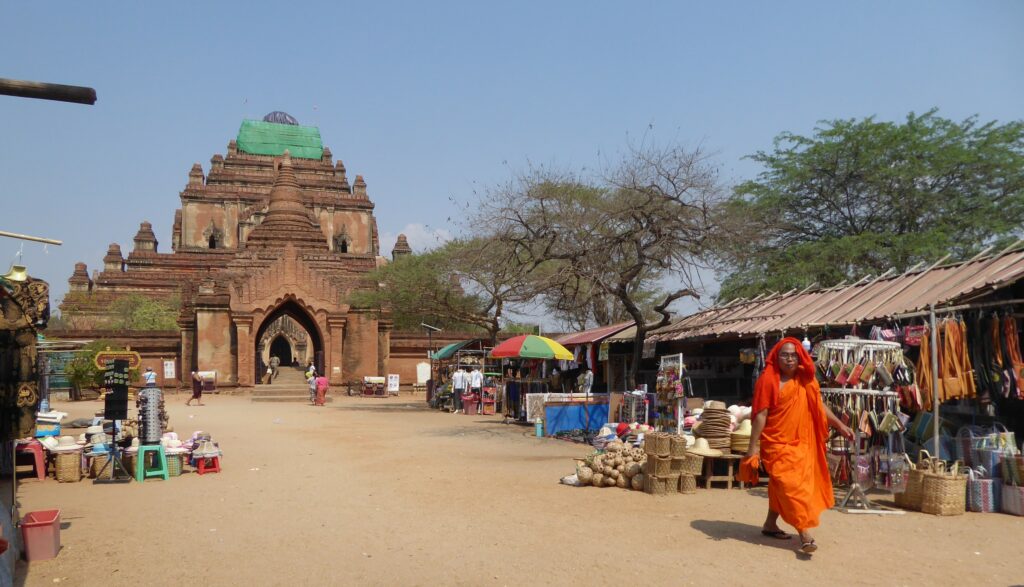
We drive passed the Ananda Temple, known as the “Westminster Abbey of Burma” for its elegant and symmetrical design, intending to return to visit. The golden spire on top can be seen from miles across the Bagan Plain and is lit up at night by spotlights, creating an impressive beacon in the sky. The temple is known for its four gold-leaf Buddha statues, each standing an impressive 30 feet tall. Built in 1090 AD, Ananda Temple is one of the largest and best-preserved temples in Bagan and is still very important to local people. The temple was damaged in the earthquake of 1975, but has been fully restored and is well maintained. In 1990, on the occasion of the 900th anniversary of its construction, the temple spires were gilded.
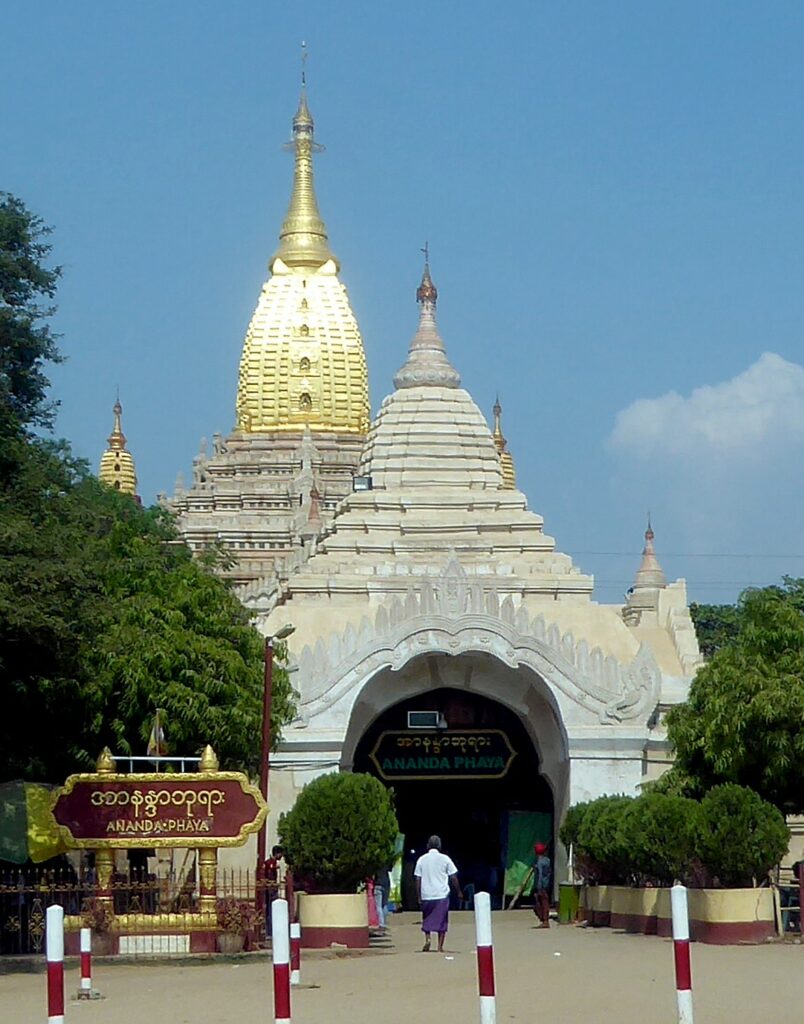
Also recommended:
Shwesandaw Pagoda is considered one of the most impressive temples in Bagan. Standing 328 feet high, it is visible from a great distance. You can climb to the top for a wonderful view of the plain. It also is an excellent place for interacting with locals as they come to worship. One of the first to be built with what has become a classical golden bell shape, Shwesandaw became the model for Myanmar’s pagodas. The pagoda has survived invasions and natural disasters but has undergone renovations.
Thatbyinnyu Temple is distinctive because it is one of the earliest two-story Buddhist temples and, unlike many other temples in Myanmar, is not symmetrical. At over 120 feet tall, Thatbyinnyu towers above nearby monuments. The area around it is picturesque and offers a panoramic view of Bagan.
Gubyaukgyi Temple is known for having the oldest original paintings in Bagan. According to notes, “The interior walls and ceilings of the temple are covered with ancient murals that tell stories from the previous lives of Buddha. The murals have been well-preserved because the temple is lit with natural lighting from large perforated stone walls. Each mural is paired with a caption written in old Mon. These captions are the earliest examples of Old Mon in Myanmar making it an important site for the study of the ancient language. No photography is allowed inside the temple, in order to preserve the murals for future generations.”
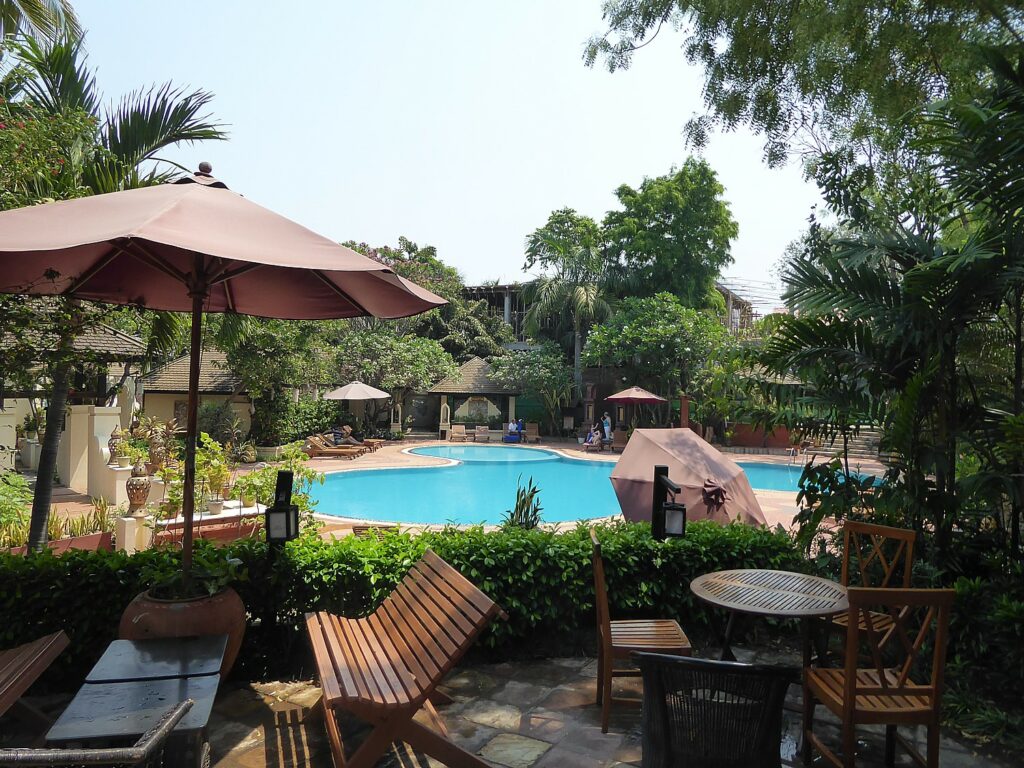
The heat (114 degrees with the heat index) has gotten to Margo who wants to go back to the hotel. After a swim in the gorgeous pool at the hotel, I set out again with Luen at 4 pm to take me to a nearby village known for crafting the lovely lacquerware. I wander around – seeing the crude living conditions (they don’t have running water but they have electricity), and am invited in to watch people as they craft. At the entrance to the village, there is a large retail shop and workshop of master artisans.
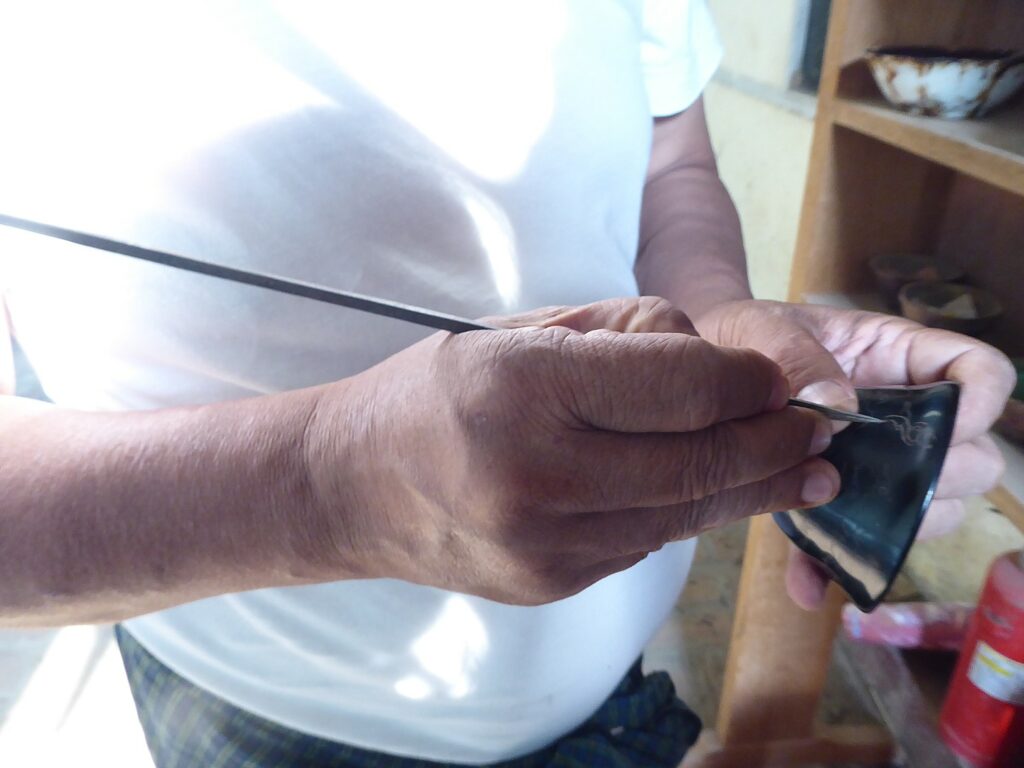
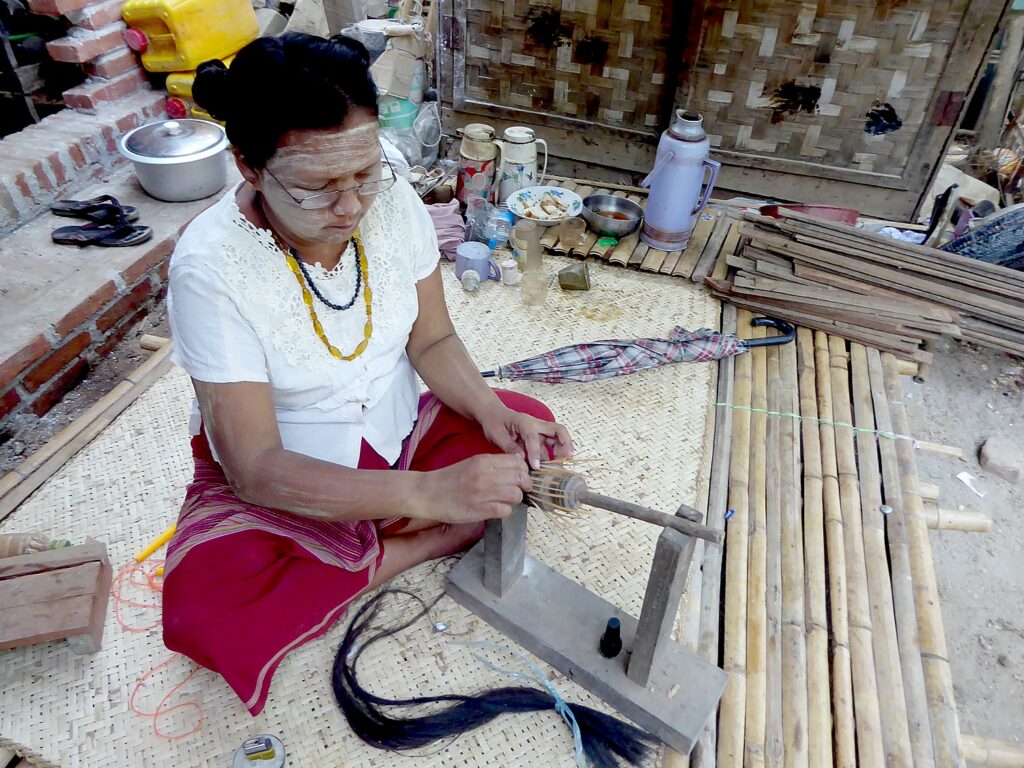

I’m on my way back from the village, about 5 pm, when I see a message on my phone from the online booking agent that the airline booking from Inle to Yangon did not go through – I basically would be stranded. The booking app gives me a California 24/7 help number to call.
That interferes with my plan to see the sun set and watch the golden light take over the dramatic landscape.
The setting of the temples on the Bagan Plain make for expansive views – one of the reasons you should look for opportunities to get to a height, preferably at sunrise, or late afternoon toward sunset, when the light and the colors are most dramatic.
For this reason, one of the popular ways to see Bagan is taking a hot-air balloon ride is an incomparable experience to see the thousands of temples scattered across the Plains of Bagan, Balloon tours normally begin at 6:30 am, just a few minutes after sunrise. They offer a bird’s-eye view of the monuments in the misty orange morning light. The picturesque spectacle of the temples at sunrise from red balloons above, has become iconic for travelers in Myanmar. Hot-air balloon flights in Bagan normally cost around $330 per person and are seasonal (from October to March; book in advance).
Another is to drive about 1 ½ hours outside of Bagan to Mount Popa, an extinct volcano, climb to the top and see down at the whole plain laid out in front and visit the sacred Popa Taungkalat monastery at the top. Several of our group did that, literally racing by taxi from the airport so not to lose valuable time for our all-too-brief stop here on our Global Scavenger Hunt.
There are also river cruises, an archaeological museum, crafts like cotton weaving and lacquerware, oil processing, palm sugar production. Almost none of it am I able to take advantage of because I have abbreviated my time here and frankly, my experience in Bagan proves a lesson in the frustration of poor planning, but a learning experience, none the less.
Many of the scavenges bring us to these important sites, but also to experiences. Among the mandatory experiences in Bagan is to try toddy juice or Black Bamboo; finding the “Rosetta stone of Myanmar” in the Bagan Archaeological Museum, where you learn the interesting origin of Burmese distinctive alphabet of circles and curleycues; rent a horse cart for half a day to compete 3 scavenges.
Even though Bagan is surprisingly compact and it doesn’t take long to travel from one incredible sight to another, seeing Bagan properly would require planning and sufficient time. I don’t have either but I chalk up my visit to a preview for a future visit. You should spend at least two or three days here.
Back at the Aye Yar River View Resort, the manager again tries heroically and fruitlessly to reach the airline directly but says the office has already closed. (I highly recommend the Aye Yar River View Resort, located Near Bu Pagoda, Old Bagan, Nyaung-U, MM).
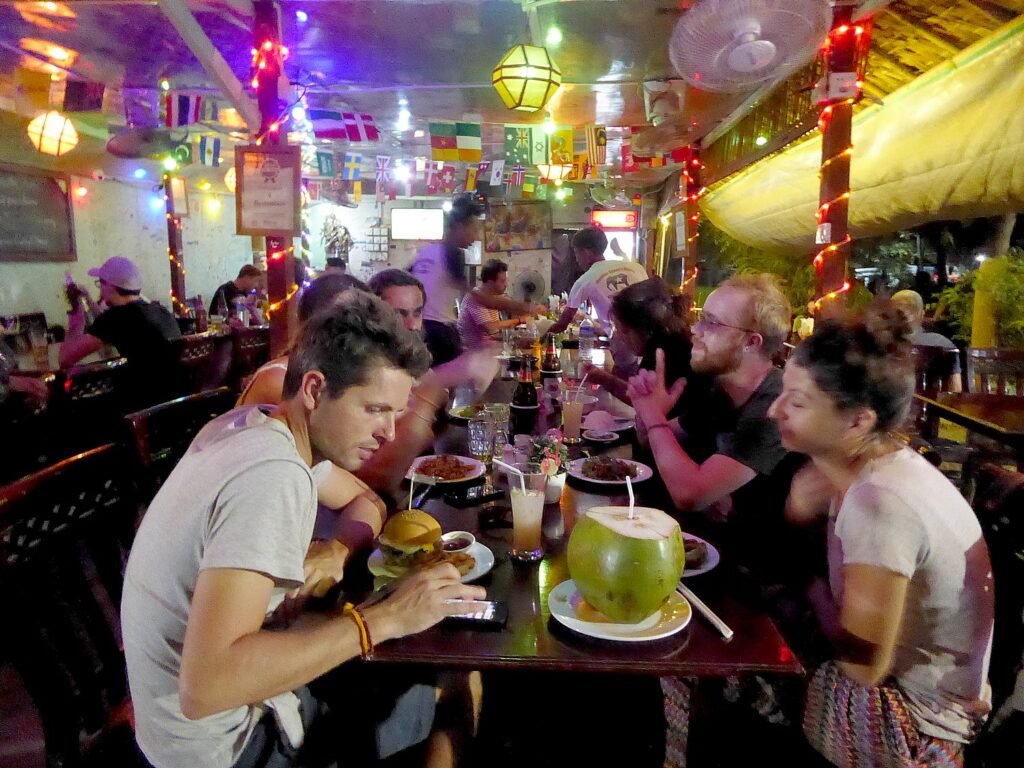
I meet up with Paula and Tom, the SLO Folks team from California who were last year’s Global Scavenger Hunt champions, who are also going to Inle Lake on the overnight bus and we go together to one of the two restaurants listed in the scavenger hunt (more points!). The first is closed; the second is a lot of fun. (Many of the scavenges involve food.)
Luen, the taxi driver, picks us up to go to the bus station.
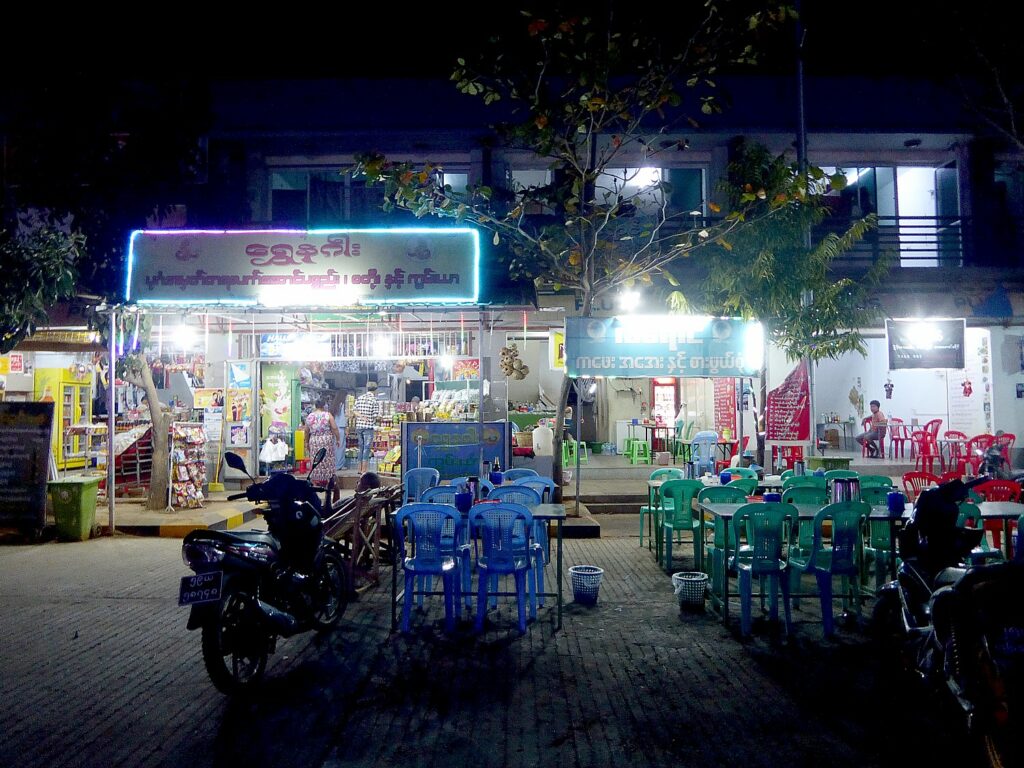
As I ride on the night-bus to Inle, at 10 pm, bouncing and rolling on the roads that quickly turn into mountain passes, I text my son in New York to call the airline in California. The texts go back and forth. “There’s no ticket, no seat.” “We got you a seat, yay!” “No seat, he made a mistake. Drat.” “A seat, yay!” (On the same flight as I originally booked! Yay!).
The adventure continues as I bounce along the overnight bus on twisting, winding roads through the hills and darkness to Inle Lake.
The Joyous Journey Express (JJExpress) bus is actually geared for foreign tourists – first class modern buses with comfortable reclining seats, providing passengers with a blanket, bottle of water and snack, even some variation of a TV monitor which I couldn’t figure out (but no onboard bathroom – the driver stops when necessary). In busy season, they even do a pick-up at your hotel. (www.jjexpress.net)
For planning information visit Myanmar Tourism Organization, www.myanmar.travel, [email protected].
The Global Scavenger Hunt is an annual travel program that has been operated for the past 15 years by Bill and Pamela Chalmers, GreatEscape Adventures, 310-281-7809, GlobalScavengerHunt.com.
________
© 2019 Travel Features Syndicate, a division of Workstyles, Inc. All rights reserved. Visit goingplacesfarandnear.com, www.huffingtonpost.com/author/karen-rubin, and travelwritersmagazine.com/TravelFeaturesSyndicate/. Blogging at goingplacesnearandfar.wordpress.com and moralcompasstravel.info. Send comments or questions to [email protected]. Tweet @TravelFeatures. ‘Like’ us at facebook.com/NewsPhotoFeatures
